"Our tutor is fantastic! We give her 5 stars! Great instructor, teenage daughter loves her! "
Expert tutors selected for their dedication and skill
Locations > California > East Bay

According to East Bay tutors one of the best universities in the country is located here, University of California, Berkeley. The University of California Berkeley has a very distinguished faculty and alumni, and is very proud to have discovered sixteen elements on the periodic table: americium, astatine, berkelium, californium, curium, dubnium, einsteinium, fermium, lawrencium, mendelevium, molybdenum, neptunium, nobelium, plutonium, seaborgium, and technetium.
When these elements were discovered, beginning in the 1950s, there was some dispute between research laboratories about which team found the elements first. In 1957 a research laboratory in Sweden maintained that they discovered element number 102, Nobelium. A different research group located in the Soviet Union (Russia) came forward and said that they had in fact discovered the very same element, but had managed to do it a whole year earlier in 1956. The Soviet Union team claimed that they simply had not yet published their results. An impartial team was created known as the Transfermium Working Group (TWG), whose job it was to go out and log who found what first took five years going between the various research groups who had laid claim to the discovery of elements at one time or another to decipher who deserved recognition for the discovery.
Each of these labs was using what is called a “cyclotron”. According to East Bay tutors this was invented by Ernest O. Lawrence, who founded the Lawrence Berkeley National Laboratory and the Lawrence Livermore National Laboratory. He was a nuclear scientist and himself won a Nobel Prize in Physics for the invention of the cyclotron, as it was integral in the research on isotope separation. He was a full professor at the University of California in the 1930s, and lawrencium; chemical element number 103, that was discovered at Berkeley in 1961 was named in his honor. The first cyclotron cost approximately $25 to manufacture and was small enough to be held in the palm of one hand. Lawrence created it using brass, sealing wax and wire. The purpose of its design was to obtain particles of an extremely high energy. His invention involved using two semi-circular electrodes; the protons would pass in a circular motion between these two electrodes connected to an alternating potential because they are held by the magnetic field. The protons turning round and round and picking up speed would eventually create a high-energy beam. Once the basic principle was figured out, Lawrence set about changing the scale of the cyclotron in order to make it even more powerful.
Your child isn’t cookie-cutter, and their learning plan shouldn’t be either. At Grade Potential, we bring personalized, in-home tutoring designed to fit your student’s unique needs and goals. Our tutors come to you, offering flexible scheduling and expert support that makes a measurable difference. As classrooms grow busier each year, we ensure your student gets the dedicated support they deserve.


<p>Spanish Mother Tongue. Intensive Spanish Grammar Studies to become a Translator I developed a system for tutoring Spanish after 8 years of experience as a.</p>
<p>I would be a good tutor for grade potential because I have worked with many different types of students in many different subjects. I have.</p>
<p>I’m patient and encouraging, a good listener with a calm nature and positive outlook. At each lesson, I’m interested in learning what my student would.</p>
<p>I spent a year tutoring foster children for Aspira. I spent an AmeriCorps service year (2006-2007) as a literacy tutor at Mary Buren Elementary School.</p>
<p>I really like trying to help people understand a subject better, especially if it is one that I feel very confident it. I’ve spent years.</p>
<p>I am a motivated student and teach and take pride in my own work and work with others. I have good communication skills and can.</p>
<p>I am versatile, well versed, and resourceful when it comes to helping student over the hurdles of expository writing. I also enjoy my subject matter.</p>
<p>I trained to be a teacher at Cal Poly in San Luis Obispo. I am currently a Literacy Support Tutor for grades 1-6. I have.</p>
<p>I’ve been teaching children of all ages and adults how to swim for the past 5 years and I’ve really enjoyed it. It has allowed.</p>
<p>I love children, and I especially love teaching them. I enjoy showing kids how to be disciplined and focused in their work, and I try.</p>
<p>I have a passion for teaching which has been my professional activity for over 30 years. Recently retired from Cal Poly, I want to continue.</p>
<p>I really enjoy tutoring students of all ages, in a variety of subjects. Because of my teaching experience, I know how to explain difficult concepts.</p>
<p>I can help guide a student through any piece of writing they have from a graduate thesis to a personal statement for college admissions. My.</p>
<p>I am very dependable, organized, and on time. I have a passion for education and feel every student should have the availability for help in.</p>
<p>I have been an avid reader throughout my life, & would very much like to help others with their reading skills. I believe that my.</p>
<p>I have been told by the students I have tutored that I would make a great teacher and that I should be a tutor. I.</p>
<p>I’m patient, fun, and great with kids! I’ve had a lot of informal tutoring experience, and I love sharing my passion for words with others.</p>
<p>I always arrive on time. I know the matterial for pre-algerbra, algerbra and geometry. I love helping students achieve their goals and I mostly love.</p>
<p>I have extensive experience as an academic counselor. In this capacity I have assessed students strengths and weaknesses and aided students and families create academic.</p>
<p>I would be an excellent tutor because I am friendly, patient, knowledgeable, and my goal with this program is to see you succeed, and do.</p>
<p>I love helping kids “get it” when they’re struggling with a math concept. I have been a volunteer math tutor at Harloe Elementary for two.</p>
<p>My greatest joy is being there when a student reaches a moment he/she understands a concept previously cloudy to them. Often it is the source.</p>
<p>I have worked with children from age 2-12. I have a teaching credential and feel I am able to assist children in meeting their educational.</p>
<p>In September I begin graduate studies in American Literature. Upon receiving a Masters in English, I intend to teach literature on the college level and.</p>
<p>I am interested in becoming a middle school biology teacher. I love the sciences, specifically biology. When I was in middle school (6-8th grade) I.</p>
<p>My name is Tanya Don, and I currently go to Cal Poly San Luis Obispo. I am a Kinesiology major and I am working towards.</p>
<p>I have earned my tutoring certification through the College Reading & Learning Association. I have always been driven to succeed academically and it is a.</p>
<p>I am a good tutor for grade potential because my passion is helping people communicate effectively, and I like working with people. Challenges keep me.</p>
<p>As a lead naturalist at an outdoor science school, I teach 4-6 grade science standards on a daily basis throughout the school year. I have.</p>
<p>I LOVE helping with whatever I can and always enjoy working with students. I have an upbeat and an “everything should be fun” perspective. I.</p>
<p>I’m very responsible and reliable. I work hard to make sure my students succeed in whatever goals they set for themselves. I love helping students.</p>
<p>I am very patient, and I love to help others. I really believe that being able to teach the material to someone is a sign.</p>
<p>I believe that I am the best teacher of Russian you can find. I am a native speaker who has Credentials in the field from.</p>
<p>I would be a good tutor for Grade Potential because I absolutely *love* to teach. I also have a knack for conveying information to others.</p>
<p>My passion for kids has been life long. I have always enjoyed mentoring and teaching and I have been in the business since 1983. It.</p>
<p>I have extensive experience in writing, reading, psychology, and history. I am going to enroll in the teaching program at Cal Poly after I graduate.</p>
<p>I particularly enjoy working with young children who have special learning needs, language/ cultural barriers, or other factors that affect their ability to succeed. I.</p>
<p>I am an energetic, compassionate person with a strong desire to teach one-on-one where the impact is direct. Through tutoring, I feel I can learn.</p>
<p>Students benefit from my calm and encouraging manner. My confidence in their ability to learn and my willingness to patiently move forward brings them success.</p>
<p>I am a very dedicated tutor, I love tutoring and the feeling I get back when I am able to help someone understand the material.</p>
<p>It is important to ensure that all students’ individual learning needs be met. Keeping this in mind, I make it a priority to focus on.</p>
<p>I enjoy helping children reach their goals. I focus on positive reinforcement when working with children and provide encouragement and present patience while assisting the.</p>
<p>I strive to be an engaging, fair, and open-minded tutor who works with the prior knowledge, challenges, and goals students have in order to construct.</p>
<p>I taught elementary school for over 30 years with most of my experience in the primary grades. I am skilled at motivating and engaging children.</p>
<p>I have enough experience as a tutor to understand the different personalities and learning speeds of students. This allows me to help the students understand.</p>
<p>Terry Sheppard is an educator, writer, producer / director, of broadcast, corporate, and educational television programming. As an executive in marketing communications, Sheppard’s successes have.</p>
<p>I would be a good tutor because I have over twenty years of experience working with students from pre-school through high school. I have taught.</p>
<p>My passion is helping people learn new skills, whether it is in education or sports. Currently I am tutoring some friends’ children (8th grade and.</p>
<p>I make a good tutor because I am patient, respectful and intuitive. I also have a passion for learning, and I understand the value of.</p>
<p>I am friendly and willing to work hard to find a good learning style for each student. Tutored a 13 year old, 7th grader, who.</p>
<p>I feel very confident about my abilities to fulfill this position because I am able to remain calm under pressure. My work and life experiences.</p>
<p>While studying Aerospace Engineering at Cal Poly, I’ve completed Calculus, and took more advanced mathematics afterwards. I’ve utilized Calculus 141 course matter throughout the numerous.</p>
<p>I enjoy teaching/tutoring and have often been told that I am good at it. I am a firefighter/paramedic and I see students that are now.</p>
<p>Hello potential tutoring clients. I have a long list of experience as a public educator, from K-12 through University level instruction. While employed as a.</p>
<p>I believe that I would be a good tutor because I try to understand the problems and conflicts that the student has by going at.</p>
<p>I have been tutoring for many years now and enjoy teaching at all levels. I am the eldest of 7 cousins and 2 siblings and.</p>
<p>I love helping others learn because I love learning and yet I know the frustrations of struggling in classes. I’ve personally learned how to overcome.</p>
<p>My years with the U.S. diplomatic service gave me a wealth of real-world experience in the nature and types of writing required for success in.</p>
<p>I feel that I would be a good tutor for Grade Potential because I love working with kids and I love seeing them grow academically.</p>
<p>I have a passion for mathematics and i love working with other people. My greatest assets as a tutor are my positive attitude and my.</p>
<p>I enjoy working with individual students and assisting them in learning. I also have helped students in learning better ways and methods of of studying.</p>
<p>I love Psychology! I am patient and I make a real attempt to see things from my student’s perspective. I strive to give examples of.</p>
<p>I love working with and meeting new kids, and getting the chance to help them reach their full potential is one of the greatest feelings.</p>
<p>I would be a good tutor because I am very strong at reading comprehension and writing essays on various topics. I have much experience in.</p>
<p>I feel like one of my greatest strengths is in seeing where people are coming from in their thought process and perspective. This helps me.</p>
<p>As I stated in my tutoring experience, I have already had experience teaching my peers. I can adapt to individual learning styles and remain patient.</p>
<p>I am very enthusiast and confident in the subjects I teach and I believe this energy creates a reassuring atmosphere for the student. It helps.</p>
<p>I have a good deal of experience with tutoring and I also have some experience with programming, which helps make me capable of tutoring computer.</p>
<p>I have a broad range of education and experience, and am a people person. Although I have enjoyed classroom settings, I prefer teaching/tutoring in small.</p>
<p>I have always had a passion for education and a drive to see students succeed. I hope to someday become a math teacher, focusing in.</p>
<p>I believe with my previous tutor experience, as well as my current position of teaching my own children in my privately registered school with the.</p>
<p>I am very patient, and I’m good at looking at and explaining problems in different ways. I have a lot of experience tutoring, and most.</p>
<p>As a scientist and sociologist, I love to investigate how our natural and human worlds intersect. This has led me to study and become well-versed.</p>
<p>i like one on one teaching. i personally am an enthusiastic learner and researcher and hope that my joy of learning rubs off on my.</p>
<p>I am: A nice person Willing to help Very patient Friendly Honest Knowledgeable Dedicated As an older brother, I have tutored my younger sister in.</p>
<p>I love working with people towards a goal. I think it is a very rewarding experience to watch an individual succeed in an area they.</p>
<p>I sincerely care about my students success and their understanding of the information and would never leave a student without them feeling confident with the.</p>
<p>I am recently retired. I have a flexible schedule. I have many years of interest and involvement in teaching reading for the challenged student. I.</p>
<p>I am a certified English teacher. I love literature, writing, and teaching. I work well with adolescents, and truly care about helping them succeed. I.</p>
<p>I would be a good tutor for Grade Potential because I have a well-rounded past education and am a very quick learner. I have a.</p>
<p>I am a very caring, patient, and understanding person, which will allow my student to feel comfortable with me. I am always eager to help.</p>
<p>At this point in time, my focus is on becoming a high school math teacher. I spend a lot of time reviewing high school mathematics.</p>
<p>I believe all students have the capacity to learn and it is my goal to teach/tutor in a manner that best reaches each individual learner.</p>
<p>I have experience teaching and working with children and young adults and I enjoy meeting new people. I like to be creative with my lesson.</p>
<p>I am reliable and very organized. I feel I can work with students to make them be more confident with their subject matter so they.</p>
<p>I’d like to consider myself a patient person. I played on a sports team for the last five years that didn’t have a coach, so.</p>
<p>I can make learning fun and easy, not boring. I am friendly and can make anyone laugh. I am respectful at people’s homes and almost.</p>
<p>I enjoy working with others and am extremely comfortable in an academic setting. I am passionate about the subjects I tutor, especially literature, writing, and.</p>
<p>I have experience working with children and I also am a firm believer that students can benefit from one on one instruction. Through my experience,.</p>
<p>I have worked in elemntary classrooms my enitre life, helping my mom with her class (she is an elemntary school teacher). I’m studying at Cal.</p>
<p>I enjoy helping students academically and seeing steady improvement. I love the feeling when I’ve helped someone and they finally understand a concept they’ve been.</p>
<p>I would make a great tutor because I have a passion for learning and helping students excel. I became a teacher and continued my education.</p>
<p>I would be a good tutor for Grade Potential because I have a firm belief that all students can learn, maybe not all at the.</p>
<p>I absolutely love to teach! I consider myself to be exceptionally adept at explaining complicated and abstract concepts in an easy to grasp manner using.</p>
<p>I love getting people to the next level in their development. Seeing my students progress and mature into their full potential is what I do.</p>
<p>*I have ten years of teaching experience. *I have been trained in the teaching of writing at the Writing Institute at Teachers College at Columbia.</p>
<p>I have a high interest in helping other individuals, particularly youth to achieve their highest potential. I have experiece as both a mentor and a.</p>
<p>I’ve always done well with school – receiving awards in high school for being the top student in math, science, English and Latin. With age.</p>
<p>I enjoy helping students feel confident about their work. One of the most rewarding experiences is to effectively help others learn with the least amount.</p>
<p>Love to teach people and Love computers! I have had people tell me that my help and there computer has changed there lives! I have.</p>
<p>As a child, I struggled in school. When I was in 2nd grade, I was diagnosed with having a learning disability so I was placed.</p>
<p>I would be a good tutor for grade potential because I have the experience and the personality that makes a good educator. I always put.</p>
<p>The best part of teaching is being in the classroom. I enjoy working with students of all abilities. During my teaching career, we were able.</p>
<p>I have 27 years teaching experience from four different states. I have taught from 1st through 10th grade both single subject and self-contained (all subjects).</p>
<p>I have tutored many students between the ages of 7 and 45. I am very patient and understanding, and will work with the student to.</p>
<p>Because I have experience, and the desire to continue learning, and sharing learning techniques with young ambisious students. I have tutored in small groups and.</p>
<p>With solid experience and proven expertise transferring knowledge, and 117 units on my transcript, I would be an excellent tutor for most classes. Want a.</p>
<p>I have many experience working with children, I was in a program that teaches k-5 children foreign languages through out my high school (I was.</p>
<p>I feel that I am knowledgeable on a variety of subjects. I took many AP classes in high school and scored well on AP exams,.</p>
<p>I have tutored math at the elementary school level (K-6) at Love Social Services in Fairbanks, AK once a week for approximately a year. I.</p>
<p>I enjoy working with children and helping them find the love of learning. I have had a variety of work experiences that provide me with.</p>
<p>As a liberal studies major, education is my passion. I love to help others succeed in their academic endeavors and I enjoy assisting others to.</p>
<p>Because I have taught a variety of grade levels and experience levels: -As a graduate student at California State University Fullerton (2003-2007) I taught undergraduate.</p>
<p>I’m currently in college, meaning my whole life revolves around education currently, so I would love to bring my enthusiasm and knowledge to someone else.</p>
<p>I not only have extensive experience working with children, but also have worked and volunteered as a tutor for both children and peers. I believe.</p>
<p>I believe I am exactly what you are looking for as a tutor for young children and teens. Not only do I possess two college.</p>
<p>Teaching is my passion. To figure out a way a student can understand an existing problem is really exciting. To help a student to realize.</p>
<p>First and foremost, I communicate very well (mainly verbally, but also potentially if you’ve read my writing), and I’ve been told that by classmates, teachers,.</p>
<p>Besides expertise in the various subject areas and experience with various populations of students, I am very patient and enjoy trying to find the type.</p>
<p>I have always had a passion for math and science, and have recently found a love for engineering. In addition, I feel that I am.</p>
<p>I enjoy helping children learn one-on-one. I am currently credentialed to teach elementary in California public schools. I also know that the public school classroom.</p>
<p>My tutoring in the past lends me an experience that sets me apart from other tutors. I have great communication skills and I always find.</p>
<p>I have experience working with children of all ages both as a classroom teacher and, prior to that, as a parent volunteer leading Jr. Great.</p>
<p>I have a lot of experience in the automotive trade and would be able to tutor a high school or junior college student that is.</p>
<p>I am dedicated to improving student’s academic performance and I will find creative and individualized methods for teaching each student. I believe in teaching students.</p>
<p>After finishing my first year of college at Brigham Young University my love of math and the sciences has grown exponentially. I loved learning new.</p>
<p>I have a passion for teaching. I am going to credential to be an elementary school teacher in the Fall and I can’t wait to.</p>
<p>I would be a good tutor because teaching has always been my passion and what I’m pursuing in school today. I am very personable, patient,.</p>
<p>With the recent budget cuts, I am concerned about what is happening to our schools, especially in the Paso Robles area where I happen to.</p>
<p>I chose a career in education because I am able to see potential in others, many times before they see it themselves. Since I too.</p>
<p>As a retired teacher with a bit of time on my hands I have found that I have missed working one-on-one with children. I would.</p>
<p>I care about tutoring because it has done wonders for me – a good grade is so often a question of teaching. Most people can.</p>
<p>I have 20 plus years of experiences as a teacher/tutor especially in the area of computer science. My strength is in mathematics and I love.</p>
<p>I will personally see to it that my student learns and improves in his or her subject. I will bring the material and the knowledge.</p>
<p>I aspire to be a teacher one day, and hopefully to be one at many levels. I truly enjoy the academic atmosphere, whether it be.</p>
<p>I am widely educated, with broad subject matter knowledge. I am patient (ask anyone). I am focused when I am working, and efficient at cutting.</p>
<p>Interested in seeing students succeed in their education. Dedicated to help students be successful and feel I could motivate them to continue on to higher.</p>
<p>I consider myself as someone who is passionate about learning. I also know how frustrating it can be to struggle for hours on a difficult.</p>
<p>I love working with students both as a classroom instructor and especially one-on-one as a tutor. The sympathetic joy that I feel when successfully helping.</p>
<p>I would be a fantastic tutor because I love working with kids and helping. I enjoy passing on knowledge I have to benefit others, and.</p>
<p>I’m an enthusiastic teacher. I love explaining things and seeing the look people give when everything clicks into place. I have a lot of trouble.</p>
<p>I know the subject well, have decades of experience tutoring, specialize in empowering women and minorities about their math and science abilities (NO YOU ARE.</p>
<p>Hi my name is Chris Morales and I am excited and willing to help out other students. My strong subject is math but I can.</p>
<p>I am a great tutor at Grade Potential, because i know the material I am qualified to teach thoroughly. I have an extensive amount of.</p>
<p>I am a certified tutor, and have worked with many students from various age groups. I am also patient and can cater to many different.</p>
<p>I have three years teaching experience at the college level. I am most familiar with British literature. I have taught in the Writing Department at.</p>
<p>I have experience working with students with a wide range of learning styles, abilities and possible behavior issues. I have been successful in working with.</p>
<p>I have worked in education for the past ten years. During High school I volunteered as a peer tutor through all four years. This was.</p>
<p>I have been a teacher for three years now and have worked with all grade levels K-6. I know the curriculum for these grades and.</p>
<p>I love learning and knowledge. I currently am employed as a communication specialist where ia work with a variety of students. I have been in.</p>
<p>Personal Statement I have earned my B.A. in Economics, and my M.S. in Mathematics and Education. I am energetic and upbeat! I encourage kids/people at.</p>
<p>I’ve been a high school teacher since 1996, both in public and private high schools. I tutored a bit (though not paid) while in high.</p>
<p>My goal is to inspire students to embrace education by showing them that learning can be fun, interesting and rewarding. I am organized, punctual and.</p>
<p>Mathematics has always come easy to me, and throughout my entire education I have only received one B in a math class. I just recently.</p>
<p>I have worked for the LAUSD as a teachers assistant at an elementary school the past 7 years and have gained a great deal of.</p>
<p>I really enjoy working with people and helping them excel in their academic studies. Oftentimes, it can be frustrating learning new subjects and I want.</p>
<p>I have been an educator for most of my life. I have taught preschool, kindergarten and third grade for Ventura Elementary Schools. I have also.</p>
<p>I am a good tutor for anybody, because I will do my best and prepare for the student to succeed. Nothing makes me more happy.</p>
<p>I have done programming in schools for English language instruction, grades 7-15, in 6 foreign countries; as well as drama workshops in schools and professional.</p>
<p>I will be an outstanding asset to Grade Potential because I am self-motivated and enthusiastic, have an exceptional work ethic and encourage my students to.</p>
<p>I honestly just love working with students and watching them improve. Tutoring privately gives you the ability to watch the student make huge leaps in.</p>
<p>I love being able to help others with a subject that I know well. I naturally do it in the classroom when there is group.</p>
<p>I enjoy working with children and teenagers. I love being a mentor and role model to students of all ages as well. I have over.</p>
<p>These are some of the reasons why I am a good tutor for Grade Potential: I have a profound knowledge and understanding of my subject.</p>
<p>As a firm believer in the power of education, I feel that it is my responsibility to help educate those desiring to improve their skills.</p>
<p>I believe I will be an excellent tutor because I truly desire to see people learn and succeed. Not only do I love learning, but.</p>
<p>I know I’m a great tutor because I’m truly passionate about the things I do. It really feels good inside to help someone succeed. It.</p>
<p>I am a fully credentialed teacher who is bilingual in Spanish. I taught for 8 years in a full-bilingual classroom and now teach in an.</p>
<p>I went to french school for seven years, so I am completely bilingual in french. I also lived in Cuba for three years, so I.</p>
<p>I have 4 years of teaching experience in the Los Angeles Unified School District as a Spanish/ESL teacher. I taught at Mt. Vernon Middle School.</p>
<p>I am in the process of applying to grad schools, as I would like to earn a Multiple-Subject Teaching Credential and a Master’s degree in.</p>
<p>I am a friendly, and motivated individual with a passion for learning and teaching! Past tutoring in remedial algebra and pre algebra, in addition middle.</p>
<p>I really like helping others and I feel very passionate about these subjects. I am a biology major, but thinking about switching to biochemistry so.</p>
<p>I am a leader in every aspect of my life and I believe I have what it takes to be a tutor for Grade Potential.</p>
<p>I am an extremely patient person and have the ability to relate to students well. I also am able to change my methods of teaching.</p>
<p>Teaching is something that gives me great satisfaction. It brings me great pleasure when i help someone succeed and excel. I often find myself being.</p>
<p>I am personally interested in History and English, so I find that I enjoy teaching those subjects. With that said, I enjoy engaging in thought.</p>
<p>I have a passion to teach and encourage students to reach their full potential in school. I enjoy helping a person with a math problem.</p>
<p>I truly enjoy teaching. I have lots of different experience. I am a very patient person. I am comfortable with all kinds of people and.</p>
<p>Next year I will be attending graduate school to get my teaching credential and my Masters in education. I love working with students and hope.</p>
<p>Having done this teaching thing for a few years, I have a knack for being able to reduce complex concepts to understandable ideas. Not only.</p>
<p>I would be a good tutor for Grade Potential because although I have not yet completed my college degree, I have senior standing due to.</p>
<p>English Teacher, Au Coeur De L’amitie Euro Marocaine Association September 2010-December 2010 Taught Basic English to underprivileged children (ages 5-14) in Essaouria, Morocco; twice a.</p>
<p>I am an experienced teacher and tutor with more than 17 years experience. I care about learning and helping people to learn smarter, faster, and.</p>
<p>I would be a great tutor for Grade Potential because I have had a fierce passion for learning and teaching the Japanese language for over.</p>
<p>I would be an excellent tutor because I have experience working with children who are stuggling in certain school subject areas. I am also very.</p>
<p>I have vast experience in teaching and working with individual student needs and levels. I am very experienced in helping students feel successful, even when.</p>
<p>I have teaching students, have done it for a long time and not grown tired of it. Students frequently attest that I am passionate about.</p>
<p>I have a flexible schedule and have years of experience working with students of all age groups, maturity levels and need. I am a reliable.</p>
<p>I love the art of teaching and find my skills with helping students to learn are best suited for one-on-one sessions. I have enjoyed several.</p>
<p>I love working with people and enjoy teaching others new things. I am also friendly, prompt, organized and a strong student. I am good at.</p>
<p>I’m very academic, and I like to share my joy and excitement for learning and understanding 🙂 I’m very knowledgeable in many subject areas and.</p>
<p>I am bilingual in Spanish, and can communicate clearly in both English and Spanish. I currently work as an ELD teacher at an elementary school.</p>
<p>I would be a great tutor for Grade Potential because teaching is what I love to do. It is so rewarding for me to make.</p>
<p>I would be a good tutor for Grade Potential because I am a college student myself, and am very familiar with the mindset that is.</p>
<p>I really enjoy working with students and have a passion for education. I really understand the worth of a great tutor. I really struggled with.</p>
<p>I am an excellent tutor because I love tutoring and working one on one with individuals who want to achieve a goal. Tutoring is fulfilling.</p>
<p>I would be a good tutor for Grade Potential because I am extrememly patient, I am quite knowledgeable about my subjects, and I can tutor.</p>
<p>Because I am very versatile in my studies, and I am an excellent teacher. I have tutored before, and my students’ grades always improve at.</p>
<p>I am the published author of two books with an excellent knowledge of languages and literature, which I would like to share with learners. I.</p>
<p>I love reading and I love the English language. I have the skills to help others improve their reading skills. I want part time work,.</p>
<p>Although I believe my greatest strength is being able to communicate and make understandable difficult ideas, I believe I am adept at motivating students and.</p>
<p>My past experience has taught me a lot about the learning process and the necessary skills for retaining student interest, explaining difficult concepts and practicing.</p>
<p>I love helping anyone learn something new — especially kids/adolescents. I have a ton of patience. I have been tutoring on and off since I.</p>
<p>I have greatly enjoyed teaching almost my whole life, In high-school i acted as a tutor for my younger siblings and devoted 2 years to.</p>
<p>I would be a great tutor for Grade Potential because of my work expereince and personality. I have experience tutoring college students. I also have.</p>
<p>I have had the privaledge of working with young people for over 15 years. I fully understand that our young people are the future of.</p>
<p>I have 25 years teaching experience, both at the high school level (developmental to Advanced Placement) and at Community College. For the past 20 years,.</p>
<p>I have experience tutoring, am pursuing a career in education, and enjoy working with students one-on-one. I am also considering doing SAT Math tutoring for.</p>
<p>I believe every student should have the opportunity to learn and some students may have bigger obstacles to overcome to understand the content. I understand.</p>
<p>I find most classes which I have taken at the college level legitimately interesting and succeeded in them. I currently have a highly flexible schedule.</p>
<p>I would be a good tutor for Grade Potential, because I have had some experience working with kids. I work well in group settings and.</p>
<p>I’m friendly and easy to get along with. I have always done fairly well in the past with helping my fellow students in my classes.</p>
<p>I am very punctual, ambitious and friendly. I have reasonably good availability due to a flexible work schedule and reliable transportation. I adapt easily to.</p>
<p>I’m friendly and easy to get along with. I’m punctual. I relate to young teens easily, while still maintaining a professional relationship with them. A.</p>
<p>I have many years of teaching and tutoring experience and it’s my passion. I love what I do and it’s never work. Helping someone to.</p>
<p>I enjoy teaching and tutoring, it is a powerful ability to have in life. The idea of empowering others with your knowledge is extremely rewarding.</p>
<p>I feel that I would be good because I have a background in customer service and tutoring. I feel I would be good working with.</p>
<p>I have a great deal of experience, I truly enjoy working with children and watching them grow and acheive and I have a variety of.</p>
<p>In the interest of time, I will simply say that I’m confident in my ability to meet or exceed the expectations that were expressed during.</p>
<p>I am a punctual person who respects other people’s schedules. I am the owner of my own law firm, so my schedule is how I.</p>
<p>I would be a great tutor for Grade Potential because I am very knowledgeable in my areas of focus. I have great communications skills and.</p>
<p>I would be a good tutor, because I try to approach our learning process in a fun and creative way. I try to keep my.</p>
<p>I would be an excellent tutor because I have true passion for the sciences in which I have involved myself, and I always enjoy getting.</p>
<p>I myself experienced problems when taking courses during high school, especially in topics such as Math and Physics. I realized later on, after a talk.</p>
<p>I am a music theory freak, I feel as if there is still more to understand, even with as much as we understand today, and.</p>
<p>I’ve always been kind of the “go-to” guy if someone has a math problem, and what I’ve found is that everyone who wanted help processed.</p>
<p>I would be a great tutor for Grade Potential because I genuinely love helping people make achievements educationally because I think it motivates and encourages.</p>
<p>I started tutoring because my goal at the time was to become a professor in mathematics and although that is no longer my plan, I.</p>
<p>I believe I would be a great tutor because I am good with kids and have plenty experience helping kids out with homework and questions.</p>
<p>I would be a good tutor because I am patient and strategic in my approach. I am articulate with my explanation and have had many.</p>
<p>I have experience tutoring and working with diverse groups of people, from the very young to the elderly to the developmentally disabled. I am extremely.</p>
<p>Yes. I am very good with students and I have been told I am a good teacher. I have patience and I enjoy helping students.</p>
<p>I believe I would be an excellent tutor because I work constructively to create scenarios and situations to help people “relate” to the material they.</p>
<p>I feel that I have had a great deal of experience working with students from the ages of 5-18. I have worked in general education.</p>
<p>Besides tutoring experience, I have had experience babysitting and leading a small group in my church’s Jr. High ministry. Participating in these activities has allowed.</p>
<p>I grew up in teaching family. My mom is a Special Education teacher and my sister was briefly a teacher at a low income school.</p>
<p>I am confident that I can be a veritable encyclopedia when it comes to English Literature, Composition and Creative Writing because I absolutely adore the.</p>
<p>I am highly experienced in tutoring. I worked all of last year as a private tutor with all ages from children to adults. I am.</p>
<p>In addition to my extensive professional experience and qualifications, my personal goal is to help people to succeed – both academically and in all areas.</p>
<p>I have had more than two years of experience tutoring children in kindergarten, elementary school, and middle school. Throughout this time I have developed ways.</p>
<p>I’ve always enjoyed tutoring and helping students learn. As I went through school myself I was often asked to assist other students who had trouble.</p>
<p>Worked with AmeriCorps for one year tutoring Cesar Chavez, Franklin Elementary Schools and Goleta Valley high School. I tutored the 3rd, 4th, 7th and 8th.</p>
<p>Im would be a very reliable tutor. I take my job seriously when it comes to students. If they need help its all about them,.</p>
<p>I am not only extremely knowledgeable with regard to the Spanish language, as well as English, but I am patient, understanding, and friendly. My first.</p>
<p>I feel like I would be a good tutor for your company because I absolutely love working with students of all ages, and I love.</p>
<p>I have had a long education voyage, I found out in college that I had a learning disability and it changed the perspective of my.</p>
<p>I am friendly and outgoing, I am known to put people at ease. I have wanted to be a High School English teacher for many.</p>
<p>I work well with children, I am a reliable person, and I have a healthy personality. I take working with kids seriously as they are.</p>
<p>I would be a good tutor because I would be able not only to teach French but also to make it fun by introducing the.</p>
<p>Firstly, I am very knowledgeable in the subject area I would like to tutor–namely, Spanish, French, and/or Italian. Language is something I am very interested.</p>
<p>My name is Michael Oberto and I am 22. I was born in Fresno, California and graduated from the University of California, Santa Barbara last.</p>
<p>Besides being extremely knowledgeable in the fields aforementioned, I have a strong ethic of making these sometimes difficult works not only approachable but enjoyable. At.</p>
<p>I am interested in teaching, and have been a substitute teacher in Hawaii and California since 2004. I am very responsible, and have good references.</p>
<p>I am a 4.0 GPA student at UCSB with a variety of work experience, including private tutoring, assisting special education children, and even military social.</p>
<p>I work very well with young people. I am creative, patient and outgoing. I am good at helping people find their potential and giving study.</p>
<p>I greatly enjoy working with students and appreciate being in a position to help them have a better understanding of math. I love to see.</p>
<p>Science education is my passion, and I believe every student deserves a strong science education to prepare them for the innovations and face-paced technological world.</p>
<p>I am reliable and responsible. I would like to become a teacher so I am passionate about helping students. I also feel I am very.</p>
<p>Based on my own experience with tutors as a child, I believe the most important quality is the ability to figure out the way in.</p>
<p>I would be a great tutor for Grade Potential because I have had past experience tutoring others, and I really enjoy working with children. I.</p>
<p>As a progressed in my year of tutoring in high school, I started to learn ‘little’ things that helped me become a more effective teacher.</p>
<p>I am energetic and patient, both qualities I feel make me an ideal candidate for tutoring through Grade Potential. I have always had a deep.</p>
<p>Ever since I was young I loved teaching my peers. Whether they were older than or younger than me didn’t matter; if I was helping.</p>
<p>I would make a good tutor because I have a knack for explaining abstract ideas in a way that people can better understand them. In.</p>
<p>In addition to being very familiar with K-12 material, I have taken extra classes to further understand and explain the material. I am very patient,.</p>
<p>I beleive that I would make a great tutor, because I have a passion for teaching. I am currently working on getting my teaching credential.</p>
<p>I am very good with people and have had a total of seven years of work experience dealing directly with the general public and, as.</p>
<p>I have made a career out of working with youth and serving as a mentor. During the summers of my college career, I worked with.</p>
<p>I have fantastic communication skills and find it very easy to interact with all sorts of people, regardless of age. I was asked to TA.</p>
<p>I believe in the fundamental importance of education. A good education is one of the most critical components contributing to a child’s development. The ability.</p>
<p>I feel that I would make a great tutor, not only because I have ample experience with kids but because I specifically have experience with.</p>
<p>I’m very enthusiastic about learning languages and I love to help people who want to learn as well. I’m very organized and focused on my.</p>
<p>I have a passion for learning which is why I went back to school. I would love to be able to help younger students gain.</p>
<p>I believe I will make a good tutor because I know what it takes to accomplish educational goals and how hard it can be if.</p>
<p>I believe I would be a good tutor for Grade Potential because I enjoy teaching people subjects that I am passionate about (in this case.</p>
<p>I believe that I would be a great asset to your team because I have so much experience in working with children while leading and.</p>
<p>I believe I will make a great tutor through this program because I genuinely enjoy watching others succeed. I have no intention of flaunting my.</p>
<p>I have always valued the importance of an education and have put my pursuit for a degree as my top priority. Along the journey, I.</p>
<p>I feel that I would be a great addition to Grade Potential because I have a love of learning that I am excited to share.</p>
<p>First, I am capable of seeing things from multiple viewpoints. This is vital for all forms of teaching, as the goal is to explain things.</p>
<p>As a trained Ph.D. candidate in English with years of experience teaching college-level courses and doing doctoral-level research, I know my materials very well and.</p>
<p>I believe that I would be a great tutor with Grade Potential because I love working with kids! I am very understanding and patient, and.</p>
<p>I believe that learning how to find information is just as important as knowing it, and guiding students through the process helps them retain that.</p>
<p>I believe that I have a proven track record in one-on-one tutoring, and have been able to assist a variety of students with a variety.</p>
<p>I am a Mechanical engineer major who is constantly working with math in all of my classes. That’s why my proficiency in math is very.</p>
<p>I believe I would be a good tutor for Grade Potential for several reasons. First, my beliefs about learning and education benefit students. I firmly.</p>
<p>I have experience as a classroom teacher to include mulitple grades. I also have experience as a tutor. I have experience with special needs students.</p>
<p>I received a B.A. in Business and Economics and a minor in Health and Exercise Science. I grew up teaching my three younger siblings for.</p>
<p>I would be a good tutor for Grade Potential because I basically love to teach. My favorite thing about tutoring is when I see that.</p>
<p>I would be a great tutor for this company because I work well and relate with young adolescents. I have worked with teenagers as a.</p>
<p>Creativity is the key to help get and keep the students motivated. If they are have trouble grasping a concept I will try to related.</p>
<p>I would be a good tutor for Grade Potential because of all the experience I have had; it has helped me to learn many different.</p>
<p>I would be a great tutor for Grade Potential because I am not the tutor that is wanting to just get paid. I enjoy helping.</p>
<p>I have outstanding communication skills, and have the ability to be empathetic with any age group. My experience includes one-on-one as well as large classroom.</p>
<p>I have great communication skills, I am a straight A student, I have experience with children and tutoring, and I have taken many classes in.</p>
<p>From January to August 2011, I taught English at a Chilean public school in Antofagasta, Chile. Upon arrival in Chile, I did not fully know.</p>
<p>Not only am I confident in my abilities, but I truly enjoy the subject matter at any level. I love seeing the “ah-ha!” moment when.</p>
<p>I enjoy working with students and miss being a teacher. I may not always know the answer but I know how to find answers and.</p>
<p>Tutoring is something I enjoy. why? Because it is something I am good at. I’m an effective communicator. I know the material proficiently. Others give.</p>
<p>The desire to teach runs in my family. My grandmother and mother were both teachers, and my older sister has her masters degree in child.</p>
<p>First, I enjoy tutoring and helping others to learn things to their own satisfaction. There is nothing like seeing someone’s sense of pride and accomplishment.</p>
<p>I would be a great tutor, because not only am I smart, I’m also really friendly. I enjoy helping people. If you come to me.</p>
<p>Now I am retired. I worked in the publishing field for more than twenty years. Part of that time was spent as an advertising account.</p>
<p>In October of last year I arrived in the very small village of Vatomandry in the country of Madagascar, where I literally jumped head first.</p>
<p>First of all, I really do “know my stuff” in the subjects that I’ve outlined above. I’ve always excelled in those types of classes and,.</p>
<p>I Feel like I would be a good tutor for Grade Potential because of my experience as a tutor and my educational background. I have.</p>
<p>Academically, I know my stuff. As a recent graduate of Highschool, I graduated in the top 3% of my class of over 900 students with.</p>
<p>I would be a great tutor for Grade Potential because I’m a very versatile teacher. I have experience guiding and tutoring students in large classroom,.</p>
<p>As a driven, outgoing college graduate with extensive experience in communication and childcare and a familiarity with various teaching strategies, I believe that I would.</p>
<p>My personal past of attending some of the finest schools in California has lead me to believe that through my own experiences, I may help.</p>
<p>I am just finishing up eight years of Military Service in which I never had a single disciplinary counseling. Because of my military experience I.</p>
<p>I have several years of experience tutoring, I’ve taken a tutoring skills class while I was at Santa Barbara City College, and went through two.</p>
<p>I believe that I will be a valuable member of your team because I have a passion for helping children and young adults. I feel.</p>
<p>I am a very enthusiastic and determined individual. I strongly believe that the fate of our future lies with today’s youth. For this reason, I.</p>
<p>As a tutor, I feel that one of the most important things about “helping someone with their homework” is not to simply provide the answers,.</p>
<p>I feel qualified to be a tutor because I received multiple awards and recognition from Ventura college and bank of america. I have a great.</p>
<p>I believe I would be a great tutor for Grade Potential because I absolutely love working with kids. I feel that I can confidently teach.</p>
<p>Having been tutored fora number of years, I am well versed in different approaches to learning as well as teaching young students in a way.</p>
<p>I love helping others, and I really enjoyed tutoring in high school. I make a point to attend every single class I am enrolled in,.</p>
<p>I believe my past experience as a tutor has prepared me for a position at Grade Potential. Throughout my experience, I learned how to work.</p>
<p>I feel that in the areas of math and science I am extremely proficient and I understand many different approaches to learning almost any concept.</p>
<p>I think that I would be a great tutor because I am a people-friendly person. I love helping people and I am striving to become.</p>
<p>I would be a great tutor for several different reasons. In my limited experience tutoring in the past, with my younger sister and family friend,.</p>
<p>I believe that I would be an effective tutor with Grade Potential, both for my academic record as well as for my personality. As evidenced.</p>
<p>First and foremost, I have a lot of fun while tutoring. I enjoy the students’ reactions when they are able to solve a problem on.</p>
<p>Though it may seem corny, I consider myself a lifelong student. My desire to read everything I can get my hands on, observe everything going.</p>
<p>I think that the one-on-one attention that tutoring provides is incredibly important to a student’s learning experience. I take the position seriously and would do.</p>
<p>-Having been raised by my mother, a high school Spanish teacher for 30+ years, I have come to develop an understanding of the importance of.</p>
<p>I taught classes with students ranging from 20 to 400 throughout my doctorate career. I’m very clear and patient and love to see students excel.</p>
<p>I believe I will be a great tutor for Grade Potential because I have a passion for teaching. I enjoy fostering a love for learning.</p>
<p>I have a love for teaching and students. I want students to reach their highest academic potential. I have had training in various teaching strategies.</p>
<p>I have a very clear speaking voice. I am friendly and kind. I am punctual and respectful of people, especially my bosses and I always.</p>
<p>The reasons i would be a great tutor go on and on. First off and i think most importantly, i work VERY well with kids.</p>
<p>I am enthralled by learning and education. I am patient, knowledgeable, and articulate. I feel that I would be an effective teacher, so long as.</p>
<p>I take great interest in helping students to achieve their best. I assure you that I am very patient and care about the better needs.</p>
<p>I am very reliable, patient and have to ability to explain different scenarios in alternate ways to help the student better understand the problem or.</p>
<p>I feel like I would be a good tutor for Grade Potential because I am a very easy person to get along with and have.</p>
<p>I not only feel confident in the subjects I listed above, but I am very comfortable around young adults and children. I am a friendly.</p>
<p>I believe that I would be a great tutor for Grade Potential. I enjoy helping others in any way I can especially since Chemistry and.</p>
<p>I have had a great amount of past experience! In chronological order: I tutored for a third grade class at Kellogg School in 2004, mainly.</p>
<p>I would make a good tutor because I am excited about learning and excited about helping others learn. Throughout my academic career I always took.</p>
<p>Like I presented before in the prior statement, tailoring the lesson to the individual, allows the student to relax, understand the material at his/her pace,.</p>
<p>As I mentioned above, my countless hours in the Writing Center at Scripps–both as a tutor and a tutee–have given me the tools to communicate.</p>
<p>I have found over the years that I thoroughly enjoy helping people learn/understand new things. My main reason for obtaining a minor in chemistry was.</p>
<p>Teaching is my passion. I was deeply saddened when my District began distrubuting pink slips as I was completing my credential. I would have been.</p>
<p>I am a fluent Spanish speaker, with good French skills. My studies of advanced film theory at UCSB have given me experience writing complex papers.</p>
<p>Many times in math classes throughout high school and college, I become the unofficial tutor for those sitting around me. I have always understood mathematic.</p>
<p>I think I would be an excellent addition to Grade Potential because I am punctual, reliable, and passionate about helping others. I have an excellent.</p>
<p>I am planning on receiving my degree in teaching elementary school children, and would love to gain some experience in this field. I am passionate.</p>
<p>I would be a good tutor for Grade Potential not just because I have the experience and feel that I am qualified to tutor as.</p>
<p>I think I would be a good tutor because I have experience teaching students already. A big focus and belief of mine is education instead.</p>
<p>I pride myself in being a punctual, professional, and charismatic teacher. I have always been complimented for my professional approach to helping students learn. I.</p>
<p>My commitments to education and promoting the well-being of other individuals make me a good tutor for Grade Potential. Having provided academic tutoring to primary.</p>
<p>I think I would make a great tutor because I enjoy teaching others and working with students. I am very patient with others when explaining.</p>
<p>I believe that I could be a great tutor for Grade Potential because I am a very motivated, eager, honest and most importantly a very.</p>
<p>My belief in my ability to be a great tutor stems from my past experiences in teaching. I can bring a wealth of experience to.</p>
<p>I am extremely patient and understanding. I also love explaining material/knowledge to others and in easy to understand terms (as much as possible/whenever possible). I.</p>
<p>Professional Educator with 15 years experience teaching middle school Able to deliver content creatively using a variety of teaching methods – demonstrations, dramatic performances, games,.</p>
<p>Let me first start by saying I love kids, and I love learning. Combining those two just seems natural (I enjoy helping grown ups learn,.</p>
<p>As a lifetime learner, I enjoy being able to share my knowledge with others in order to help them excel — whether it is on.</p>
<p>I possess extensive tutoring experience, having worked as a youth mentor and tutor for a variety of afterschool programs in underserved areas of Los Angeles.</p>
<p>I feel like I make a great tutor because I know how to make material fun and easy to understand. Growing up i have had.</p>
<p>As far as the materiel that I am helping them with, I find it is not only important, but can be very easy to get.</p>
<p>I believe I have the acquired skills to help tutor these students and future makers of today because I not only like to have these.</p>
<p>I have had experience tutoring jr. high school and college level students. In 2006, I helped to tutor three college entry level U.S. History courses.</p>
<p>I would make a great history tutor for Grade Potential because of my knowledge, experience, and love of history. I would love to be able.</p>
<p>I am very hard working and have a genuine passion for teaching, mainly because I feel it to be a mutually beneficial experience. The student.</p>
<p>Education is very important in my family. I grew up in a family of seven and the third child. With younger siblings and always helping.</p>
<p>I would be a great tutor because I fully believe a good solid foundation in education is the key to future success in anyone’s life.</p>
<p>I am a very patient person when it comes to working with children. I have a nephew with autism and I enjoy working with him.</p>
<p>I value education very highly; my own desire to learn lends itself well to helping others succeed in their scholastic pursuits. Now especially it is.</p>
<p>I think the best quality of a tutor that I have is empathy. I can develop a strong connection with someone and get them past.</p>
<p>As both a Latin American Studies major and someone who has spoken Spanish for the majority of my life, I feel that I am especially.</p>
<p>I am a very patient person and love working with children. I have volunteered in classrooms before from preschool up until high school. I am.</p>
<p>I believe that I would be an excellent asset to your team, as I have worked hard in becoming an elementary school teacher. I have.</p>
<p>I like working with kids, and I find tutoring to be very rewarding. I know how difficult math and science can be, and how teachers.</p>
<p>Through out my educational experience, I was always a responsible and organized student. I am able to comprehend and explain material in a new and.</p>
<p>I think I would be a good fit because I’m a passionate and dedicated teacher. Being a good teacher or tutor is more than just.</p>
<p>I began my teaching career in the fall of 2005. The following school year I was asked to help with a new after-school math tutoring.</p>
<p>I worked as a tutor before and met all deadlines for completing detailed paperwork, lesson plans, student summaries, and love helping the local community. I.</p>
<p>As a playwright, I’ve had extensive work as a dramaturge. A dramaturge is someone who does both analytical work for a director as well as.</p>
<p>I would be a great tutor for Grade Potential because I have the motivation, enthusiasm, and will to work with students to watch them achieve.</p>
<p>I think I would be a good tutor because I am very reliable, knowledgeable, and enthusiastic. I work hard and have experience explaining difficult subjects.</p>
<p>I have passed both the CBEST and Multiple Subject CSET. I am currently finishing the ACT program at CSUN. In this accelorated program, I was.</p>
<p>Ever since I was young man I have had a great passion for teaching and coaching. It has always been a life goal of mine.</p>
<p>My previous tutoring experiences combined with my educational background will contribute to my success as a tutor with Grade Potential. I am committed to helping.</p>
<p>I think I would be a great candidate for this job because I know first hand how valueable tutoring can be to someone. When I.</p>
<p>Tutoring fellow students while in university provided me the opportunity to not only test my own knowledge of subjects but also my ability to explain.</p>
<p>I would be a great tutor for Grade Potential because I am very patient with those whom I work. I understand the difficulties and frustrations.</p>
<p>I believe that I would be a great tutor with Grade Potential because not only am I knowledgeable in the subjects but I am very.</p>
<p>I would be a great tutor because I understand that learning takes place in a comfortable setting where the learning of subjects is done with.</p>
<p>I’d be a great tutor because not only do I have the experience in dealing with kids of varying ages, different backgrounds but I also.</p>
<p>My Philosophy of Education As a teacher, I plan to build a classroom centered on imagination, curiosity, creativity, and cooperation with one another. I want.</p>
<p>I enjoy working with children/adults in a positive environment helping them to build their self-esteem with education by being giving them the opportunity to achieve.</p>
<p>I have a strong background in special education and have always had a passion for helping children succeed. I had challenges as a student and.</p>
<p>I feel that I am responsible and patient, two very valuable attributes in tutoring. I can gauge at what level the student is fully understanding.</p>
<p>I have a very wide background in terms of education, especially math and science. I have been student teaching since August, in a 6th grade.</p>
<p>I was tutored in the french language privately for 6 years once a week starting in 8th grade. I think I was able to learn.</p>
<p>I understand that reliability and dependability are crucial to a student’s learning and progress. The tutor/teacher sets an example. If the teacher is not present.</p>
<p>I feel I would be a great tutor because I am dedicated to my students, and patient. I am punctual, detail oriented, and strive for.</p>
<p>I have tutored for many years. I started tutoring grades k-6 in middle school through our school program called “lend a hand”. I also tutored.</p>
<p>I enjoy working with students one-on-one because I believe this allows me not only tutor but also mentor. On-one-one tutoring also allows for the student.</p>
<p>I like to help students to engage in the subject matter through figures, drawings and demonstrations with real-life examples. Taking physics as an example, when.</p>
<p>I have worked with children for years in mentoring programs, youth ministry, tutoring, coaching, but in the US and abroad. I am around 40 years.</p>
<p>I work well with students. I believe mutual respect leads to an open and comfortable relationship. This makes it possible for students take risks in.</p>
<p>I have had many experiences working with elementary-high school age students. I have lead small groups for high school and jr. high girls, taught classes.</p>
<p>I’m an outgoing person. I’ve always been good at connecting with people, especially in an educational context. I love to help people understand things. I.</p>
<p>I strongly believe in teaching effectively to students and being a positive mentor. As a teacher and tutor I especially want students to know that.</p>
<p>For about three years, I was a one-on-one Instructional Aide for students with severe and mild autism. In this setting, I was able to assess.</p>
<p>I am one of the most reliable, optimistic, friendly, hard-working teachers you will meet! I love people, and my passion is seeing kids learn, grow.</p>
<p>In college I took on many positions on campus including Director of Scholarship for my Sorority. On a regular basis I was in charge of.</p>
<p>I am on the path in becoming a credentialed K-6th grade teacher, so I am very determined in assiting students achieve their educational goals. I.</p>
<p>I know I would be a great tutor because I love kids. I believe that helping a child understand something and watching them build self.</p>
<p>Passing on knowledge to the younger generation is my absolute passion, which is why my ultimate goal is to become a university professor. I seek.</p>
<p>Throughout my studies at UCSB, have gained proficiency in many areas of science as I have taken one year of biology, one year of physics.</p>
<p>I know that I would be a great tutor for Grade Potential. I love teaching students and I find that I am always the “study.</p>
<p>I pride myself on my ability to connect with my students. I am a firm believer in using the Socratic method of teaching to both.</p>
<p>First and foremost, the ability to build a relationship that is more than student to tutor is something I’m extremely good at. I’m personable and.</p>
<p>I’m a desirable candidate for Grade Potential because I have excellent content knowledge of the subject areas I teach, have over eight years tutoring experience,.</p>
<p>I’m good at explaining how to do things and I have a great general knowledge base for pretty much every subject I can think of.</p>
<p>I feel like I would be a great tutor for Grade Potential, because I can think with my left brain and right brain. In other.</p>
<p>As a supplemental instructor you have to be innovative in you methods. You have to captivate large groups while still providing the essential material and.</p>
<p>I believe I would be a good tutor for Grade Potential because I have worked as a tutor for introductory undergraduate chemistry students. I have.</p>
<p>1. I am and educator and am looking at continuing to work with students throughout the summer 2. My daughter will be attending summer camps.</p>
<p>I bring an extensive knowledge and experience as both a tutor and teacher at three of the major universities in town: U.C.S.B, S.B.C.C., and Brooks.</p>
<p>I think I would be a great addition to your organization, because I am confident in my subject matter, I love students and I know.</p>
<p>I would be a great tutor for Grade Potential because I have just completed my Student Teaching and my college courses in education. I am.</p>
<p>I enjoy people and I have good interpersonal skills. I can communicate effectively and I like to help others. In my previous classes I have.</p>
<p>Let my students tell you: 1) To Whom It May Concern: It is a privilege that I write a recommendation for Jason Goetz. Not too.</p>
<p>I tutored for two years for America Reads / America Counts while I studied in New York. My first year I tutored Fifth graders in.</p>
<p>I have tutored for the past 4 years, privately. I’ve tutored a child in all of the following K-6 Math, Science, Reading/Composition, Spelling, and for.</p>
<p>The makings of a great tutor is about being able to comprehend the information and then synthesize it and convey it in such a way.</p>
<p>I am a passionate teacher! I absolutely love to teach. My students needs are my number one priority. It isn’t about what I know, it’s.</p>
<p>I would be a Great tutor with Grade Potential because anything I do that I WANT to do I do well at. and this job.</p>
<p>Because of my background and experience with the subject. I am not only a native Spanish speaker, but I also have the necessary education and.</p>
<p>First, I am highly knowledge in science subjects – my PhD degree in Chemistry is a proof of my professional knowedge. However, I do think.</p>
<p>I would be a good tutor for Grade Potential because I really love working with students and helping them reach their full potential. I think.</p>
<p>With master degree in education and a teaching credential i am professionally trained in selecting appropriate and effective teaching techniques to meet course objectives, requirements.</p>
<p>The reasons why I believe I could be a good tutor stem mostly from two occurrences: first, which is listed above, was my interactions with.</p>
<p>When I tell people that I am Majoring in Math and Physics is a favorite subject, I usually get a scoff or “You must be.</p>
<p>I am extremely patient and understand a child may not get it the first time it can take up to 4 different types of education.</p>
<p>I have an open and flexible schedule throughout the whole week and can start immediately. I am an optimistic and laid back person, who enjoys.</p>
<p>I feel I would be a good tutor within this program due to multiple reasons. Aside from obvious confidence in the subjects that I have.</p>
<p>My background is very broad and deep in “Life in These United States” to coin a phrase from Reader’s Digest and I feel a certain.</p>
<p>One good point about me is that I do not require a lot of coaching from you on how to be a tutor. I have.</p>
<p>I feel that I have some tactics for learning that might be able to help other students, and I would love to pass those tactics.</p>
<p>I believe I would be an exceptional tutor for math because it has always been a passion and a motivation for me. Naturally I am.</p>
<p>I have always been a reliable and responsible worker. Throughout my life I have had the responsibility at paid jobs, as well as volunteer positions,.</p>
<p>I have a long history of job-related punctuality and reliability (an absolute must in the restaurant business), so I don’t foresee any problems there. I.</p>
<p>I believe that I would be a good tutor at Grade Potential because I have successfully tutored children in the past and I have loved.</p>
<p>In addition to lots of teaching experience and a solid foundation in mathematics, during my doctoral studies, I focused on the teaching and learning of.</p>
<p>I think I would be a great fit for Grade Potential because I love to help others understand things that come easy to me and.</p>
<p>I think that I would be a good tutor for Grade Potential because I am a very bright, hard-working, dedicated student who loves to tutor.</p>
<p>My previous experience as a teacher, tutor and high school administrator have prepared me for work in this field. I believe in drawing out from.</p>
<p>I have a great relationship with my students and can connect with students. I work to make the subject matter applicable to the students’ real.</p>
<p>I am someone who has worked with children, education, and lead classes for many years despite my young age. I have been leading sports programs.</p>
<p>I am a great communicator and have worked with many families throughout my career. I am a mother myself and understand the difficulties that face.</p>
<p>I have been lucky enough in my life to have had many opportunities to demonstrate leadership. The first job I ever had in High School.</p>
<p>I was trained as an AVID tutor in high school and also was assigned as a tutor for an algebra 1 class. I also have.</p>
<p>Cuesta College (Aug 2010 – July 2011) As a part-time student, I worked 20 hours a week on campus tutoring college students in mathematics, engineering,.</p>
<p>I plan on entering education, whether it be as a primary, secondary, or post-secondary educator. Currently, I want to begin tutoring students to improve my.</p>
<p>I have a bachelor’s degree from McGill University in Montreal, Canada. My major of Humanistic Studies and minor in Existential Philosophy means that I have.</p>
<p>I love being able to use my understanding of a subject matter to help guide other people to learn something that at first seems hard.</p>
<p>I am fun, creative, and full of energy. I am enthusiastic about learning and I can make that enthusiasm contagious! I know how to ask.</p>
<p>The minute I realized that Grade Potential emphasizes independent learning on the part of the student, I knew that I would love to work here.</p>
<p>Throughout my whole life I have always had this itch to teach. As a child I loved playing “classroom” with my friends and being the.</p>
<p>Besides knowing my subject area I am good at presenting knowledge in many different ways in order to adapt to different learning styles. I am.</p>
<p>I believe that all students can learn anything if the target information is presented to them in a way that is interesting and relevant .</p>
<p>I am confident in my ability to prepare. First to prepare myself for what I will be tutoring and getting to know my student. Second.</p>
<p>I am confident in my ability to understand and effectively convey the material in the academic courses and topics listed above. I have extensive education.</p>
<p>I am beginning my Doctoral Studies this Fall at Antioch University Santa Barbara in Clinical Psychology, and would like to work as a Tutor while.</p>
<p>I am California-credentialed in Elementary Subjects (K-6), Special Education, and French (Secondary) and have taught General Ed and Special Ed in most grades K-12. I.</p>
<p>There are many reasons as to why I would be a good tutor with Grade Potential. One of the reasons is that I am a.</p>
<p>In addition to my experiences tutoring and teaching, I have thoroughly enjoyed working with a broad range of learners. From my work with young men.</p>
<p>I believe that I would make a great tutor for kids because I have a very cheery disposition and would be able to make learning.</p>
<p>My desire to teach/tutor stems largely from my grander goals of one day becoming a high school teacher. I am motivated to pursue a career.</p>
<p>I spent 2 years as a resident staff member of Camp Stevens (a non-profit Episcopal affiliated facility that has 365 acres to accommodate an outdoor.</p>
<p>Currently Education coordinator for a museum , organizing classes, lectures tours of the facilities. Background in business, education, art and museum design. I am a.</p>
<p>I would be a good tutor for Grade Potential because I have always been a motivated student and dedicated learner, and I want to help.</p>
<p>My goal for my own education is not simply to scrape by with simply passing a specific class. My goal has always been the mastery.</p>
<p>In my time as a teacher of young children, I have mastered the art of patience. I understand that people learn in a variety of.</p>
<p>I am trilingual speaking, reading, and writing Spanish, German, and English fluently. I have been a substitute teacher of all grade levels for two years.</p>
<p>I would be a great asset to Grade Potential because i love what I do. I love the feeling that I helped a student understand.</p>
<p>I would be a good fit for Grade Potential because of my ability to be a very approachable person as well as my relaxed, but.</p>
<p>I would make a good tutor because I am very passionate about what I am currently studying in school. I love talking about kinesiology and.</p>
<p>I am a very bright and friendly person who loves to help individuals of all ages with pretty much everything and anything. I chose to.</p>
<p>Teaching is my passion. It gives me a great sense of satisfaction when the student understands the material and is able to apply it in.</p>
<p>I would make a good tutor for Grade Potential because I find joy in helping students understand concepts they struggle with. Having learned from past.</p>
<p>First and foremost, i have knowledge which got me admission in Indian Institute of Technology, Madras one of the prestigious institutes of Asia for undergraduate.</p>
<p>I have written books on interactive tutorial resources online for science and math. I have tutored on many levels: I tutored my own son throughout.</p>
<p>I know that I would be a great candidate for Grade potential because I have tutoring experience and I’m constantly expanding my knowledge. I am.</p>
<p>I believe that my experience with tutoring the subjects I listed will prove to be very useful since I know the common mistakes people make.</p>
<p>I feel I would be a great tutor for Grade Potential because of my teaching philosophy that is based on active student participation and stimulating.</p>
<p>I have been a teacher for 10+ years. I also have been managing a K-12 homeschool program for 6 years and am very familiar with.</p>
<p>I think I would make a great tutor because I am very patient. I always try to break down complex ideas and concepts into very.</p>
<p>I recently graduated from Cal Poly Pomona with a Masters of Science in Biology. During my time at Cal Poly I took a number of.</p>
<p>When I was a student, I was a great student, but ever since my first day tutoring I have been a passionate teacher. If one.</p>
<p>I have a lot of education and experience in my subject, but mostly, I enjoy teaching. I truly love working with students and look forward.</p>
<p>I find tutoring to be so rewarding, especially with math and you can see the very moment the light clicks on and the problem makes.</p>
<p>I would be a good tutor for Grade Potential because I am committed to helping children learn and to feel successful in school. I understand.</p>
<p>What drives me to apply with Grade Potential is my passion for helping and serving others. I am driven by my convictions, and my highest.</p>
<p>“I know my stuff.” I am creative, patient, and persistent in finding a way/example to have the student understand the point in question. I’ll do.</p>
<p>Whenever my father would try to tutor me, he would explain things in a complicated manner and if I didn’t understand what he was saying.</p>
<p>I will be an excellent tutor and an asset to your company. First, I am an excellent listener, therefore I can fulfill the needs of.</p>
<p>I would be a good tutor because I’m passionate about education and have years of experience tutoring. I am good at picking up on individual.</p>
<p>I have thrty-five years of experience teaching high school students. For twenty-five years I taught English and served as a school librarian. I devoted ten.</p>
<p>I have experience working with kids ages 4-18 which I believe qualifies me for a tutoring position in a subject I’m very knowledgable in. I.</p>
<p>I’m a patient, caring, and understanding individual who enjoys working with children. I like to explain subjects from different viewpoints until the child can connect.</p>
<p>I would be a good tutor for Grade Potential because I am patient, willing to learn, and know how to put my personal business aside.</p>
<p>I have extensive experience as both a tutor and a classroom elementary school teacher. In the past I worked as a tutor specializing in students.</p>
<p>Not only do I have experience working with kids as a nanny, but for several summers I was a camp counselor at a sleep away.</p>
<p>I have been a life-long reader and lover of knowledge and I feel that tutoring would be an excellent way to help children and young.</p>
<p>I am a professional. I’ve taught and tutored for over 20 years. I am completely confident in my field. If you look at my websites,.</p>
<p>I think I would be a good tutor because I have had previous experience tutoring with great results. I also am very good with working.</p>
<p>I have taught snowboarding to children and my kids ALWAYS got out of the learning zone and to the bunny slope. Every day. Plus they.</p>
<p>There are many reasons why I would be able to teach my students the material they need to learn. One reason is because the subjects.</p>
<p>In high school, I graduated as my class Valedictorian, which I hold as one of my proudest achievements. This is why I am very confident.</p>
<p>I have been taking supplemental workshops since freshman year last year, and one of the components of the class is teaching your fellow students (as.</p>
<p>I am currently looking for some part-time work and I think tutoring would be a good fit for me. I love teaching kids new things.</p>
<p>Well this is a tricky question; I can’t imagine I’ll be able to say much of substance that others won’t say, but to give a.</p>
<p>I would be a good tutor for Grade Potential because I truly love working with kids. I love how excited they become when they finally.</p>
<p>In all of my years of school, I have always been enrolled in the advanced classes of my subjects. I took advanced placement and honors.</p>
<p>I would be a good tutor because I enjoy helping others and I want to become a teacher in the future. I know that I.</p>
<p>I feel that I would be a good tutor for Grade Potential because I do have experience with tutoring all levels of students. I am.</p>
<p>I think I would be a good tutor because I really love learning, and I love kids. I have worked 10+ years with kids in.</p>
<p>I’ve worked as an art teacher for young children after volunteering for a year to teach kids one on one basic art skills. I made.</p>
<p>I believe I have always had a knack for putting things in simple, easy-to-understand terms for people. I communicate well and always choose common terminology.</p>
<p>I would be a great tutor because I am very patient and I am willing to sit with a student for as long as it.</p>
<p>I find a great sense of purpose and satisfaction in helping others to more clearly communicate and organize their thoughts. I have always enjoyed writing.</p>
<p>Teaching students is one of my most favorite and rewarding experiences, because I take great pride and joy in perpetuating knowledge and inspiring learning. As.</p>
<p>As a teacher I have developed my skills to assess, adapt, and meet the needs of the individual student. I am excellent at finding the.</p>
<p>I have two different degrees which allowed me to cover a broad variety of subjects. I have worked in professional environments and know how to.</p>
<p>I would be a good tutor for Grade Potential because I am very knowledgeable about biology and am an excellent communicator. I am great at.</p>
<p>I am an extremely reliable employee. I take pride in doing my job well and require no supervision to do it. I have a strong.</p>
<p>I have been a teacher in a variety of different settings since the fall of 2004. My favorite moments, in each and every setting is.</p>
<p>I have a good rapport with students of all ages and an outgoing personality. I am patient with people and if they don’t “get” something.</p>
<p>The main reason I am a good tutor is that I care about my students. I want to see them succeed and feel good about.</p>
<p>I have a significant amount of experience dealing with children and helping them out with schoolwork. I love working with children, which makes me very.</p>
<p>During the years I was a full time classroom teacher, there was a gradual progression of emphasis on individualization of instruction. I became more and.</p>
<p>I love teaching, I have a wide variety of teaching experience- I have taught workshops on environmental policy, to rainwater design, to youth food justice.</p>
<p>Teaching is something that comes very naturally to me. I gravitated to the classroom when my children entered school and was always in some mode.</p>
<p>I have a really great ability to simplify problems that students have. I can explain them in such a way that solutions are easily understandable,.</p>
<p>With six years teaching experience, I have always loved tutoring. With the one-on-one format, it can be very rewarding to see the progress that the.</p>
<p>Although I have no past tutoring experience, I love teaching and am extremely outgoing and enthusiastic when it comes to helping people achieve their goals.</p>
<p>I think I would be an excellent tutor, not only because of my ample knowledge of Mathematics and general sciences, but also because I feel.</p>
<p>I am able to explain in a clear manner. I learn quickly and on-the-spot, so if I need refreshers before any scheduled tutoring, it wouldn’t.</p>
<p>I am a very social and caring person. I love to help and I thought it would be wonderful to help people not only understand.</p>
<p>I absolutely LOVE working with kids no matter the age, and I LOVE math and science. Tutoring is the offspring of both of those two.</p>
<p>I am a very outgoing person, and can get along with nearly everyone. I have been told I have an uncanny ability to think/create alternate.</p>
<p>I love helping people learn. One of the kids I tutored in the past had a learning disability, and I loved finding ways to make.</p>
<p>Besides my confidence in my knowledge of the subjects of math and english, I present a very professional and likable demeanor. I am polite, respectful,.</p>
<p>I can say that I’m a fantastic chemistry tutor. I’m not only knowlagable in chemistry, but I have a very strong skills in teaching and.</p>
<p>There are several reasons why i would be a good tutor with you: First, my experience working with students as a tutor. I have perfected.</p>
<p>I believe my experiences throughout elementary school and high school up until the present day as a college student has lent me the crucial skills.</p>
<p>I have been working with children and adults of all backgrounds and ability levels for over 12 years as a professional in the US and.</p>
<p>I am extremely outgoing and confident. I understand building a connection through engagement and gaining trust through being fair and consistent, and I really enjoy.</p>
<p>Teaching has always been my passion. I love seeing a child’s eyes light up when they finally understand something, and knowing that I was the.</p>
<p>I would make a great tutor because I have a proven track record of teaching experience. A majority of my students enjoyed my teaching style.</p>
<p>I feel very confident in my understanding of the material for the courses I have listed and in my ability to communicate my understanding to.</p>
<p>I think that I would be great tutor for Grade Potential because I have experience working with children of all ages. I have tutored college,.</p>
<p>I feel I would be an excellent tutor as a member of Grade Potential based on my training, academic background, current studies and experience teaching.</p>
<p>Personally, I believe that I excel in many aspects besides scholastic activities and that being a balanced person makes it easier to relate to a.</p>
<p>I would like to be a tutor for Grade Potential because it is a great opportunity to build not only my organization and educational skills.</p>
<p>I have always liked working with kids. It is the main reason why I decided to pursue a career in teaching. I’m currently in the.</p>
<p>I am an avid and passionate learner, and I think that goes hand in hand with teaching. I have my own learning style, and I.</p>
<p>I have written three books and worked for seventeen years as an assistant to writers in Hollywood (typing and proofreading scripts). I am an adult,.</p>
<p>I am a historically diligent and hard worker. I am only satisfied when I know that I’ve done a great job and the people around.</p>
<p>I would be a good tutor because I am very receptive to the different ways students learn. I know different approaches work with different students.</p>
<p>What makes me a good tutor is not mastery of the subject. In fact, what makes any tutor worth their salt has less to do.</p>
<p>When I was a research assistant in Vietnam Academy of Science and Technology, Hanoi from 1998 – 2001, I taught 10th and 11th grade chemistry.</p>
<p>I enjoy seeing some one I am helping to do well and improve in their abilities. Instilling self-confidence and pride in a youth is an.</p>
<p>• A strength I possess, which I feel is frequently underestimated, is the ability to listen and form a strong foundation for interpersonal connection. As.</p>
<p>I enjoy helping students attain excellence …..especially at Math. Since I am pursuing a degree in secondary teaching, and have three years prior experience of.</p>
<p>I believe I would be a great part of your team for many reasons. One of the main reasons is that I love teaching, it.</p>
<p>I believe I would be a good tutor with your organization due to the fact that I have many years of professional experience working with.</p>
<p>I would be a good tutor because I realize that everyone has different learning styles. It is important to remember that even the best educators.</p>
<p>I was an AP student while in High School and I still value my education to this day. I have the ability to understand where.</p>
<p>I would be a good tutor for your company because I have a passion for education, and pride myself on finding ways to make the.</p>
<p>I’ve always been comfortable helping children and preteens figure out how to research and get their work done. I was a Girl Scout leader for.</p>
<p>I have always considered being a teacher professionally and tutoring seems like a great place to start. Throughout school I continually helped my friends would.</p>
<p>I’ve been learning Spanish for nine years and it is the core of my major. I recently studied abroad in Bilbao, Spain and have an.</p>
<p>I love teaching, but I especially love the one-on-one aspect of tutoring, when every part of the teaching can be focused on that specific student’s.</p>
<p>I have prior experience that has raised student’s grades. I have taught many of the subjects I am proficient in to my 5 younger brothers,.</p>
<p>Many students and even teachers can be excellent learners and even retainers of knowledge but to reteach it in new and exciting ways and from.</p>
<p>I have learned multiple teaching tools that has helped me tutor students. In the past I have taken Kumon where I learned the importance of.</p>
<p>I am a dedicated person who is very good at relaying information that I have learned. If I come across a topic or subject that.</p>
<p>I am deeply passionate about education and furthering a love of learning. I believe that everyone learns in a variety of different ways and I.</p>
<p>I am a strong educator that is very knowledgeable as well as reliable. I chose this profession because I wanted to make a difference in.</p>
<p>I feel I would be a good match for Grade Potential because I work well with children, I offer new ways of looking at subjects.</p>
<p>I believe I would be a good tutor because I have the experience needed for the job. Along with that in my job tutoring with.</p>
<p>I have always been a very quick study and tend to hang on to bits of information way after most considered them pertinent. I was.</p>
<p>I am a very enthusiastic person by nature, especially when it comes to science, and Physics in particular. It is truly something I find completely.</p>
<p>My academic record proves that I “know my stuff,” but what my academic record won’t tell you is that I am extremely passionate about teaching.</p>
<p>I believe I would be a good tutor for Grade Potential because of my prior experience. I loved doing it and I think I have.</p>
<p>As a counselor with a background working with youth for several decades I feel I can add a positive element to the academic learning environment.</p>
<p>Accountancy is a very demanding major, we are required to understand the material. There is no such thing as memorization, we are required to know.</p>
<p>I have the availability after school and most weekends. I am great with students one on one and in small group settings. I tailor my.</p>
<p>I consider myself a very patient person, being the oldest in my family I have have gained an abundance of patience for my younger siblings.</p>
<p>I feel I would make an excellent tutor for Grade Potential, because not only am I extremely knowledgeable in my subjects, but I enjoy discussing.</p>
<p>I would be an amazing tutor for Grade Potential because I have a past record of success, I connect well with students of all ages,.</p>
<p>I would be a good tutor for any of these courses because I have previous tutoring experience, know how to help students apply concepts, can.</p>
<p>I have a long history when it comes to tutoring. I used to teach 6-16 year olds in Pony Club basic riding skills and horse.</p>
<p>I would be a great tutor because there is a small part of me that wants to teach. There is no amount of money that.</p>
<p>I am a very personable and enthusiastic person. I have an extensive knowledge of the subject areas in which I am able to tutor and.</p>
<p>I have tutored students in the elementary level, specifically for English/Language Arts, focusing on fluency, vocabulary, comprehension, phonics, and word decoding strategies. I have also.</p>
<p>I would be a good tutor because I am patient when explaining things to people and if someone doesn’t understand I am good at explaining.</p>
<p>I would be a good tutor for Grade Potential because I bring a set of skills that not every tutor has—I also was diagnosed with.</p>
<p>I have a solid basis of teaching experience, as listed in the above section, and have been able to develop and/or disregard different teaching techniques.</p>
<p>I know I will be a great tutor because I love kids and I love teaching kids. Most of my teaching has revolved around my.</p>
<p>I have always done well in school, but I have especially excelled at writing, math and geography. I am very interested in all of these.</p>
<p>I am flexible,both in my scheduling and in my approach to teaching. I realize that one way doesn’t work for everyone. I am patient. I.</p>
<p>I would be a good tutor because aside from the necessary knowledge required, I am patient. I always made sure in my previous tutoring experience.</p>
<p>I have a myriad of experience working with kids in the classroom, on the volleyball court, and in a dance studio. I have developed patience.</p>
<p>The major I have chosen to pursue, Biomedical engineering, is one that requires commitment to both be accepted into and as well as to complete.</p>
<p>I have five younger siblings, and I grew up teaching them things. I learned through trial and error some of the best ways to pass.</p>
<p>I have either had most of these classes recently and feel very comfortable in the subject matter, or for the earlier math subjects, I can.</p>
<p>I love tutoring. I have only had a few chances to fit it into my schedule so my experience is limited, but I thoroughly enjoy.</p>
<p>I work well with both children and adults. I am also an organized and punctual student who enjoys teaching others. I have tutored fellow students.</p>
<p>The reason I am a great fit for Grade Potential is because I love to see students succeed. As someone who struggled in high school.</p>
<p>My greatest joy was having my students tell me how well they had done on a test. Obviously curriculum needs to be followed, but I’ve.</p>
<p>I have always considered myself to be passionate about learning and education. One of the things that I value most about my experience at Cal.</p>
<p>I believe I would be an asset for Grade Potential as a hard-working, determined tutor. I am a great communicator that effectively presents my ideas.</p>
<p>I would be a good tutor because I believe in working smarter not harder. Most students are smart but just need to be shown a.</p>
<p>I was employed by LAUSD for summer 2010 to tutor Highschool Biology. I have also volunteered approximately 100 hours at Elwood Elementary in Santa Barbara.</p>
<p>I feel that Grade Potential is an excellent way to let me begin my teaching experience once more. I have always loved teaching and have.</p>
<p>I think I would be an excellent tutor for many reasons. Mainly, I really value education. I never want to stop learning in life, and.</p>
<p>I feel that I would be an excellent tutor for Grade Potential because teaching and tutoring comes naturally for me and it is truly something.</p>
<p>I would be a good tutor for Grade Potential because more than anything I love being a student and I know what it is that.</p>
<p>I am very adaptive to students’ learning styles and pace. I believe I would be a great tutor because I have a rich sense of.</p>
<p>I see tutoring as an invaluable tool to our communities education system, thus creating the foundation for a successful tomorrow. My passion for education stems.</p>
<p>I am a person who can be counted on to follow through on my commitments, and am well-organized to facilitate this goal. I am very.</p>
<p>I plan on going into the education field after graduating from UCSB. I love working with kids of all ages and helping them learn and.</p>
<p>I love to be able to foster growth in others. My ultimate goal is to be a psychology professor at an undergraduate institution, where I.</p>
<p>Besides tutoring both privately and through the AHACV, I also have babysitting experience which has made me more comfortable with children and vice versa. I.</p>
<p>My strongest attribute as a tutor, aside from knowledge of a subject, is patience and the ability to recognize when a student is just not.</p>
<p>To Whom it May Concern, Apart from my many accomplishments already listed, I am personally committed to the development of students because of my beliefs.</p>
<p>As I am a native Japanese speaking teacher, it makes me easier to teach my language. I have been tutoring some students at Oxnard College,.</p>
<p>I also was a trained writing center tutor as an undergraduate at Marquette University and was the coordinator of the Graduate Writing Center at Penn.</p>
<p>While living in Orange county in the early 2000’s, I worked through Professional Tutors of America and tutored a 5th grade student in Math. While.</p>
<p>I have two past tutoring experiences, both with non-traditional students. I learned from both of those experiences that each student learns differently and that when.</p>
<p>I would be a good tutor for Grade Potential because I believe that each student is different and his or her needs should be evaluated.</p>
<p>Honestly I feel that I’d make a good tutor for Grade Potential simply because I’ve be told by many students that I am really good.</p>
<p>I would be an excellent tutor for Grade Potential because I love empowering students to believe that they have the ability to do the best.</p>
<p>I feel that I am very good teaching and working with students, especially in a one on one setting. I am very patient and get.</p>
<p>(1) Instructor of Professional Level Courses in Space Environment Effects, Contamination Control, Radiometry, Optical Engineering, and Lasers, & I have courses prepared for Introductory Psychology.</p>
<p>Teaching is not a job for me, it is my profession. I studied one year of translation and realized that words were not giving me.</p>
<p>Being a good teacher is not about being able to convey information to students, rather it is about teaching students how to properly comprehend information.</p>
<p>I really enjoy helping people understand the amazing aspects and possibilities math and science can bring to everyday life. My passion has always been to.</p>
<p>I would be a good tutor for Grade Potential because I am knowledgeable about the subjects that I listed and am able to relate the.</p>
<p>I have a passion for learning and using my knowledge to help others. I have had great success in many math courses throughout the years.</p>
<p>I believe that I would make a good tutor for grade potential because I love working with students! I have worked with students of all.</p>
<p>I absolutely love tutoring other students. Not only do I get to see the student succeed, but I can cement my knowledge in that subject.</p>
<p>I think that the most important thing to mention here is that I genuinely enjoy tutoring, and because of this, I think the rest follows.</p>
<p>I enjoy helping people grasp new concepts and master ones that may be difficult for them. I enjoy thinking of creative ways to explain things.</p>
<p>I would be a great tutor because I know how to work independently as a tutor, while using a company for billing. I have previous.</p>
<p>I would be a good tutor for Grade Potential because I am a great student myself, and am pursuing a degree in the teaching field.</p>
<p>I care. I am patient. I’ve been the kid who doesn’t “get it”. My son has been that kid, and still faces those moments. I.</p>
<p>I have taught for eight years and I love my job. The students are amazing each one of them bringing new ideas, concerns and different.</p>
<p>I would be a good math tutor because I am passionate about the subject. I am also very skilled when it comes to a wide.</p>
<p>While attending Whitworth University I was a tutor for the math department for 1 year. I worked for a couple hours on Tuesday and Thursday.</p>
<p>I would be a good tutor for Grade Potential because I am experienced, patient, and reliable. My teaching experience comes handy because through the years,.</p>
<p>I absolutely love working with kids, It has been my passion for as long as I can remember and I have been spending time in.</p>
<p>I think I would be a good tutor for Grade Potential due to my study skills that I have held from elementary school to even.</p>
<p>First and foremost I understand what it means to have to work a little harder to understand concepts. While in college I worked and went.</p>
<p>Not only I am dedicated to helping those learn who want to, I am well versed in school subjects. I have prior experience tutoring, I.</p>
<p>I’ve always made a wonderful tutor and teacher. I am patient, genuine, calm, enthusiastic, and naturally supportive. Before changing my Master program subject I was.</p>
<p>I am passionate about English and I have such a desire to share that passion with others who may struggle with this subject. While reading.</p>
<p>I think I would be a good tutor because I really do enjoy helping kids to learn. I’m sure that is something you hear frequently,.</p>
<p>I am a very intelligent young woman and although I “know my stuff” very well, I also understand that it is really about the tools.</p>
<p>Depending on the student, he or she may need different types of learning, i.e. visual, audio, tactile, etc. I am able to adapt as necessary.</p>
<p>To begin, I have attended a Teaching Credential program in which I was practiced in the art of teaching English to students with limited to.</p>
<p>I believe that I would be a good tutor for a few reasons. For one, I am very friendly and stay on top of scheduled.</p>
<p>I think that I would make a good tutor because I have been in the student’s shoes and I know what it is like to.</p>
<p>I am fairly confident with Math and Chemistry. I feel comfortable explaining concepts and have been enrolled in these types of classes for going on.</p>
<p>I have taught in a full-time capacity for 20 years. I enjoy working with students of all ages; Currently, I teach 8th grade level students.</p>
<p>My background and education is what makes me a good candidate to work as a tutor at Grade Potential. I have had lots of experience.</p>
<p>As the video described, in order to be a successful tutor one must have excellent subject background and understanding as well as interpersonal communication skills.</p>
<p>I have taken advanced English courses since middle school, and tested out of one of my required English courses in college. I utilize the tips.</p>
<p>I would be a good tutor because I am a good fit for tutoring. I have strong people skills and my communication abilities are excellent.</p>
<p>I am a very good listener and I love school. I think anyone has the potential to succeed with proper guidance and support. I am.</p>
<p>I think I’d be a wonderful tutor for Grade Potential because I love and understand educating. I am approachable, easy-going, and accommodating; I know there.</p>
<p>I believe that my previous experience working with and teaching children has prepared me to work effectively with many different types of children. I generally.</p>
<p>Through my experience working in education as a tutor, academic intervention counselor, English as a Second Language teacher, and university teaching assistant I have come.</p>
<p>I really do believe that learning how to study is the most important thing one can learn in their life. It is what sets me.</p>
<p>I would be a good tutor because of both my personal an educational past. In high school, I maintained at least a 4.0 gpa while.</p>
<p>I believe that my experience with all levels of learners makes me a great candidate for tutoring. I am interested in teaching K-12 and college.</p>
<p>I very much enjoy children and young people. I have a good sense of humor and I’m patient. I would like to know, however, the.</p>
<p>I am passionate about both language and learning, and I believe that for many people, tutoring can mean the difference between struggling and passing with.</p>
<p>As a third year Kinesiology student, who is also on the Cal Poly Track and Field team, I have had much experience in balancing my.</p>
<p>I am not the type of student who can easily breeze they’re way through a class and get an A without working for it. I.</p>
<p>I have a vast knowledge of different subjects, and can teach just about any subject. My goal is to always make learning fun no matter.</p>
<p>One of the most effective ways that I assist students is by developing and presenting comprehensible and stimulating lesson plans that facilitate all learning styles.</p>
<p>Currently I am involved in an after school program at Monte Vista Elementary School (in Santa Barbara) and I have a great relationship with every.</p>
<p>I have a passion for the subjects I teach. I have past experience as a tutor and I enjoy sharing my knowledge with others. I.</p>
<p>I am flexible in my schedule, love to teach in a 1:1 or small group setting, have been laid off from full-time classroom teaching and.</p>
<p>As a credentialed teacher I believe I have the knowledge and experience to understand the needs of students in K-6. During my 5 years of.</p>
<p>I have a lot of characteristics that would make me an excellent tutor. I have always loved school, and it’s never just been about the.</p>
<p>Throughout my previous job experience I acquired a skill set perfect for tutoring. As a musician, it was necessary for me to learn how to.</p>
<p>I would be a great tutor, not only because I love English and helping those who need extra instruction, but I also aspire to be.</p>
<p>Many of the students I previously tutored had difficulties in understanding what the teacher was actually saying or explaining. I am able to rephrase and.</p>
<p>I have worked as an instructional assistant in an autism day class, instructing the children in all academic areas. I have also spent over 3.</p>
<p>English Teacher (Idiomes Edist Academy) Barcelona, Spain. October 2012-March 2013 • Taught English learners in a classroom and private setting at all levels (beginner to.</p>
<p>I love working with people, especially children. I’ve raised 2 kids who are now life long learners, and have 8 years of experience in teaching.</p>
<p>I believe I would be a great tutor because I am passionate about learning as well as teaching. I make it my goal to continue.</p>
<p>I understand that students have different learning styles and if a student is seeking out a tutor it is likely because she/he needs concepts explained.</p>
<p>I think I would be a good tutor for Grade Potential because I am a responsible, reliable worker who always fulfills any commitments I make.</p>
<p>I have experience working with children from 4-adult, I’m down with mnemonic devices and other silly things that help people learn, I make learning fun.</p>
<p>I would be a great tutor because I love working with people and youth. For example, I volunteer coaching youth sports and I also volunteer.</p>
<p>I am extremely committed and reliable, and I am also very passionate about the subject areas I’ve listed above. I have my B.A. in Literature.</p>
<p>I am very patient with kids and I believe that I have a good understanding of how to explain difficult concepts to kids when they.</p>
<p>I’m a great tutor because I’m a very good student myself and really enjoy helping others learn. I always liked school; even in elementary school.</p>
<p>I have been working in Education for the past 12 years. I’ve worked as an after school educator, a summer school and day time teacher,.</p>
<p>I have a wide breadth of knowledge of many different subjects that helps me explain difficult concepts from different perspectives. I like to have fun.</p>
<p>Like I said above, I have spent a lot of time mentoring disadvantaged youth, mostly at group homes with females and males of age ranges.</p>
<p>Getting to this point in my life was not easy. I have worked very hard and feel that I could not have done it without.</p>
<p>I would be a good tutor because I am very patient when teaching or helping someone with. I have always been very good at math.</p>
<p>I am very good at understanding what people don’t understand about a given subject because I have probably had the same problem when I was.</p>
<p>I tutored for MERIT services in Aptos, CA. My subjects included ESL, assisting with college admission essays and college-level essays in various subjects, including history,.</p>
<p>My past tutoring experience consisted of working with special needs and severely disturbed children as an In Home Support Counselor. My responsibilities included supporting my.</p>
<p>I am a very patient person, and I also love to teach. Even when I was little I use to play teacher with my cousins.</p>
<p>I know I would be a good tutor for Grade Potential because I have had many years of experience working with students in both one-on-one.</p>
<p>I am a friendly and professional Cal Poly trained English teacher/tutor. I have experience tutoring English to students of all ages and writing with any.</p>
<p>In highschool, I had a really difficult time keeping my grades up sometimes and it wasn’t always because I didn’t understand the subject, I just.</p>
<p>Not only do I have a strong tutoring background, but I love teaching people and sharing the knowledge that I have with them to help.</p>
<p>The first reason I would make a great tutor is because I am very knowledgeable in the subjects I have listed above. A few of.</p>
<p>In my experience as a snowboard instructor, I have a lot of firsthand experience with what it takes to properly instruct students of all ages.</p>
<p>As stated in subjects that I am able to tutor, I have efficient ways of solving mathematic problems step-by-step that are simple to understand and.</p>
<p>I would make a good tutor for Grade Potential because, I am patient I do not get frustrated when a student is unwilling or not.</p>
<p>I really enjoy helping students personally to achieve their best. Having studied K-6 education at Cal Poly San Luis Obispo, I feel highly confident I.</p>
<p>I would make a fantastic tutor at Grade Potential because I loved school and learned to enjoy studying, but I also have a passion for.</p>
<p>I would be a good addition to your tutoring program because I have sufficient knowledge in several high school and college classes. I have not.</p>
<p>I am an excellent teacher, and have been supporting myself through my own teaching business for 13 years. I convey concepts in a very clear.</p>
<p>My high school tutoring experience was a very rewarding because I liked sharing my knowledge to help others and in the process I reinforced my.</p>
<p>I believe that I would be a great tutor at Grade Potential, I love math and would love the opportunity to teach others to understand.</p>
<p>I believe I will be a good tutor because of my interest in learning; I love to learn new things, and helping other people to.</p>
<p>I think that I am a good candidate for becoming a Grade Potential tutor for a variety of reasons. First, I feel very confident that.</p>
<p>I would be a good tutor for Grade Potential because I’m passionate about teaching. I love to teach and I love to serve others. Tutoring.</p>
<p>I love to meet new people and if I am tiutoring them. I am relable and respectful and I always have fun with my students.</p>
<p>I have had the opportunity to return to my High school and give lectures in their 3D Animation class. I have had this opportunity three.</p>
<p>I am a very dependable, ethical person. I actually originally studied in college to be a Spanish professor before changing my degree. I have been.</p>
<p>As a student, I am very punctual and organised. I strive to achieve as much as I can, I graduated high school at age 16.</p>
<p>I take great pride in working with youth and helping students achieve their potential. My high school experiences, including coaching various sports and assisting others.</p>
<p>I worked as a literacy tutor at America Reads, where I tutored underprivileged children from kindergarten to third grade in reading and writing. Additionally, I.</p>
<p>I love working with students because tutoring is how I built my foundation for my own knowledge. Sometimes, it is not professors that relay information.</p>
<p>I have worked in a variety of educational settings. When I attended Taft College, I was a math-lab tutor, which entailed working with lots of.</p>
<p>I am an experienced teacher. When I say experienced, I mean that I have taught grades 3-12 in combination classrooms. Each of these grade combinations.</p>
<p>Being a middle school counselor allows me to hone my skills with kids all the time. I believe I know how to bring out the.</p>
<p>I am a hard-working teacher who enjoys supporting students who are struggling in school and who have learning disabilities. For this reason, I am a.</p>
<p>I am a dedicated, professional with a passion for education. I am a positive and kind person seeking to better myself and my community trough.</p>
<p>I feel I would be a good choice for Grade Potential because I am passionate about education and helping each student do the best they.</p>
<p>I think I will be a good tutor for Grade Potential because I am very organized and responsible, and I am familiar with how tutoring.</p>
<p>I’ve wanted to be a teacher since as long as I could remember. I think my passion for learning as inspired me to want to.</p>
<p>I have always been a patient person, especially when it comes to teaching. I have not only coached and taught the people I work with.</p>
<p>I am personable, and passionate about knowledge. I am excited about learning, and I love teaching concepts to others. In my past tutoring experiences, I.</p>
<p>I would be a great tutor for Grade Potential because all of my personal strengths are a perfect match for this job. First and foremost,.</p>
<p>I think I would be a good tutor for Grade Potential because of my experience. I already know how to communicate the subject so that.</p>
<p>I am a very reliable and patience person. I use to work at Starbucks and my manager would constantly tell me that I had a.</p>
<p>I am a special education teacher and have been working with children with special needs for the past 10 years. Having this as my background.</p>
<p>I believe I would be a successful tutor because not only do I understand the material I would teach, I am out-going and easy to.</p>
<p>Helping others get through something that is challenging for them is something that provides fulfillment for me. My understanding of math and science is very.</p>
<p>For decades I have been a highly motivated, experienced, effective, and successful teacher and tutor at all levels from secondary through post-graduate. If I can.</p>
<p>I was in the classroom for 12 years, so I understand how important consistency and reliability are for a child. I think my experience in.</p>
<p>Throughout my life and my educational career I have always been an above average student. I have consistently put in the time and effort to.</p>
<p>I am patient and believe that students learn better when they are hands on and use a variety of their senses; hearing, seeing, touching (doing).</p>
<p>I am very knowledgable in English and History. I passed my AP exams with the score of a 4 on both English Literature and English.</p>
<p>I have a great track record with developing rapport with students; I am positive and encouraging, while at the same time able to challenge students.</p>
<p>I am a kind, warm and intelligent young woman. I am a teacher who is without work and would love to work with students and.</p>
<p>I think I would be a good choice for a tutor because I am an effective communicator who is enthusiastic and willing go the extra.</p>
<p>I have been working with children in many different areas for years. Most recently I received my Multiple Teaching Credential and because of that have.</p>
<p>I am an expert in my field due to my education and I possess over six years of teaching experience. I understand the different modalities.</p>
<p>I have a year of experience tutoring various subjects for a group of students. Individual tutoring, in my opinion, is almost the exact same. I.</p>
<p>I believe that I would be a great addition to Grade Potential because I am not only comfortable with the subjects I can tutor, but.</p>
<p>To begin with I am passionate about kids and seeing them succeed; I am an experienced educator bringing 37 years of hands on teaching experience.</p>
<p>When I first took up tutoring it was merely a method of making money. I knew I liked chemistry and I figured I would like.</p>
<p>I’ve always loved school myself, and I value the importance of learning. My Mom was a teacher my whole life and during the summers she.</p>
<p>I have years of experience as a tutor and a classroom teacher. I have taught many grades. I have taken many classes, workshops, and trainings.</p>
<p>I think that I would be a great tutor for Grade potential because I am very patient and good at understanding how my students learn.</p>
<p>I would be a great tutor for the following reasons: 1) I am highly experienced in working with kids. I have coached swimming, taught group.</p>
<p>I believe that I am a good tutor because I work well with students of all ages and have the ability to explain the content.</p>
<p>I think that I would be a good tutor because I have experience talking to people and i’m comfortable with any kind of person. I’ve.</p>

<p>It really helps when tutoring if you know what subjects were the hardest to understand. Teachers and Professors a lot of the time have learned.</p>
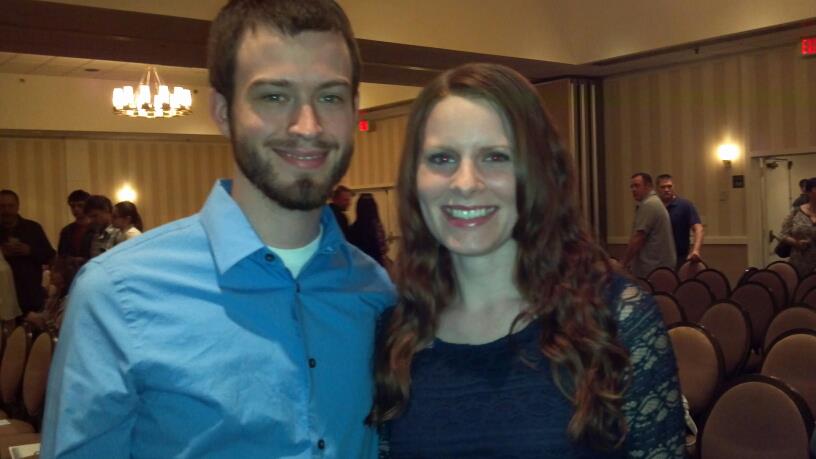
<p>I am very passionate about seeing my students succeed. Whether they are looking to merely pass a course, or score in the 95th percentile on.</p>

<p>I am an honest person that has develop long lasting relationships with clients because I am straight forward. I believe that all students can reach.</p>

<p>I have prior tutoring experience, for the past two years I have been working as a teacher, I hold both a teaching credential and M.Ed.</p>

<p>Given my experience in teaching at various levels in both the US and in Norway, I am confident in dealing with many kinds of students.</p>
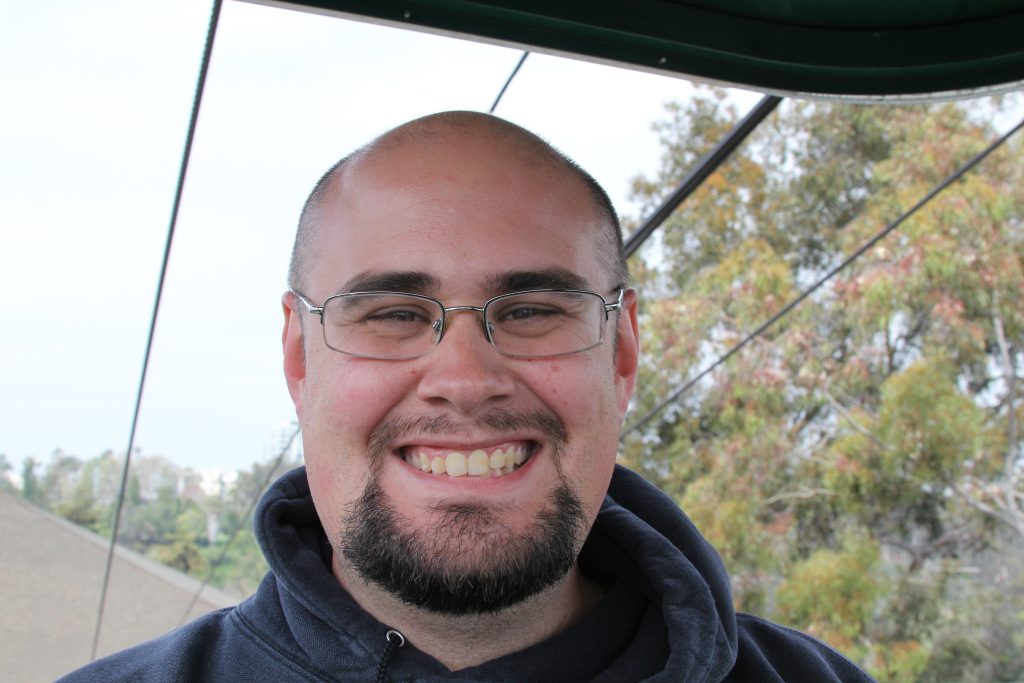
<p>I think I would make a good tutor because I am very flexible and can find ways to help kids meet their goals when they.</p>
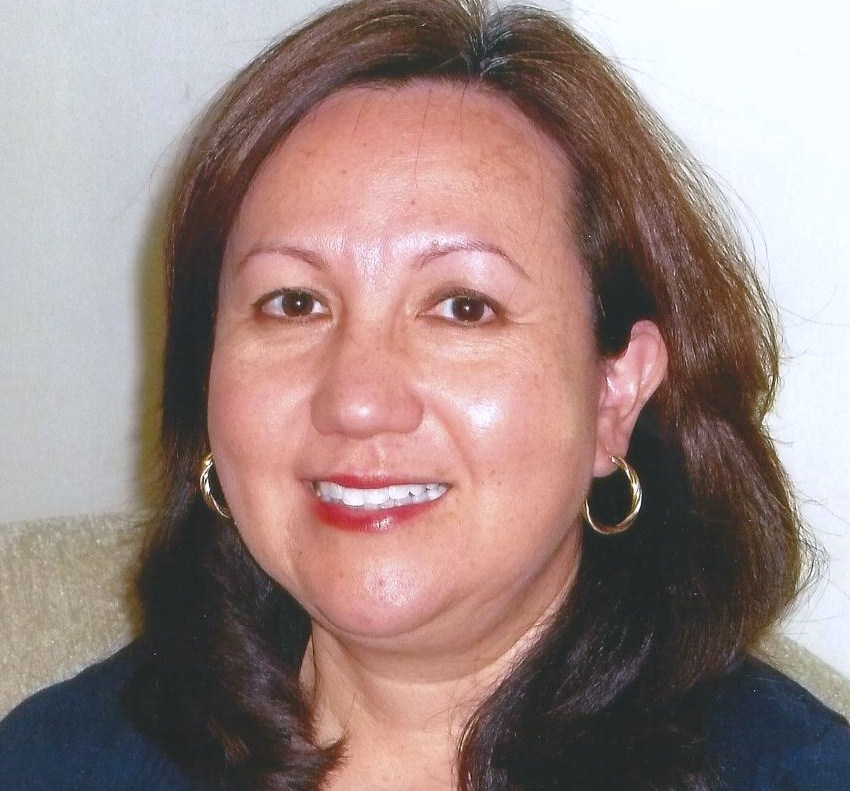
<p>I am knowledgeable in teaching reading and writing and I have proven results in helping my students improve their grades. I have worked as a.</p>

<p>I know I would be a perfect tutor for Grade Potential for my love in Education. Students are truly the seeds of our generation, and.</p>

<p>I love working with people. Ever since I was growing up, I knew that I wanted to be a tutor or teacher of some sort.</p>
<p>There are several reasons why I would be a good tutor. First of all, I am a bilingual credentialed teacher. I am fluent in both.</p>
<p>I am a good tutor because I am good at coming up with ways for other people to remember the things that I am helping.</p>

<p>I have taken many math courses at Cal Poly as an engineering major and always excelled at English throughout high school. As an ROTC Cadet,.</p>

<p>I am a very reliable person who was able to get high grades all four years in high school, play a sport (baseball) for all.</p>

<p>Both in high school and in college, I have been lucky to have teachers that have inspired me to be passionate about both learning and.</p>
<p>I have a multiple subject teaching credential. So I would feel very comfortable tutoring any subject that is under 6th grade. I also feel that.</p>
<p>I love to learn and to get others passionate about learning. I think I make being a nerd look cool (because being a nerd IS.</p>
<p>I am attentive to detail, am intelligent, and am punctual. I can break things down into an easy to understand manner and I have so.</p>

<p>As a 2007 graduate of California State University, Northridge, I have student teaching experience on the second and third grade levels, in both suburban and.</p>

<p>As an Animal Science student, I feel as though the classes I take have little to no tutors who can help students along the way.</p>
<p>I would love to be a tutor for grade potential because I love teaching, communicating, and working with students. Education has always been a passion.</p>
<p>I am passionate about teaching and tutoring because I love to see students having that “aha!” moment. I love to see people succeed at their.</p>
<p>I believe I would be a good tutor for your company, as I not only am passionate about teaching and devoting my free time to.</p>

<p>Tutoring would be an absolutely perfect fit for me. Not only am I intelligent, graduating from one of the most demanding schools in the country.</p>

<p>I have experience privately tutoring students in college english classes and helping students with english as a second language. I have tutored successfully for poli-sci.</p>

<p>I know I can tutor because I’ve done it for the past 3 years here at UCSB. I love to help my classmates because tutoring.</p>

<p>I’m qualified and very experienced. Very reliable, and communicate well with clients and on behalf of the company. I’m patient, enthusiastic, engaging, passionate, goal oriented.</p>
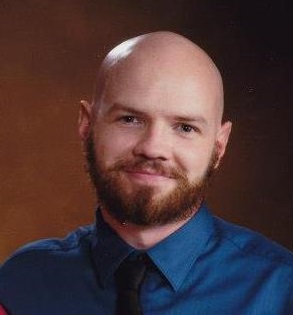
<p>I have tutoring experience. I love figuring out problems and explaining them to people. Seeing their brain click when they get it is pretty neat.</p>

<p>My experience as a peer tutor and a private tutor has been invaluable to me in preparing me to guide students step-by-step through material so.</p>

<p>Although I have been involved with kids even since I can remember, I began my tutoring experience as a volunteer for VOALA (Volunteers of America.</p>

<p>I am a very motivated instructor. I like a challenge. Over the years I have developed a unique style that I think helps students want.</p>

<p>I am dedicated and just solely want to help kids learn better. I am responsible, reliable and an over-achiever. I have a positive energy that.</p>
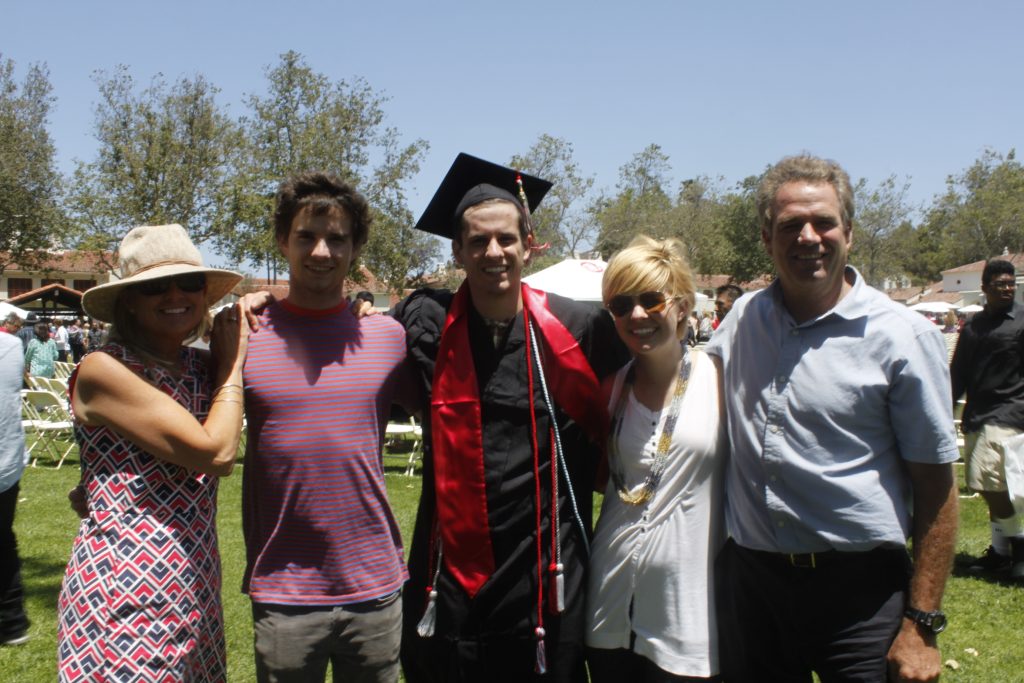
<p>My love for learning has been present throughout my entire life. This love for learning has become a love for teaching. There is much excitement.</p>

<p>I feel I would be a great fit for Grade Potential because I thoroughly enjoy helping others understand and become successful in their school work.</p>

<p>I absolutely loved tutoring math at Allan Hancock College. I received great reviews from all of my students and was asked to return the following.</p>
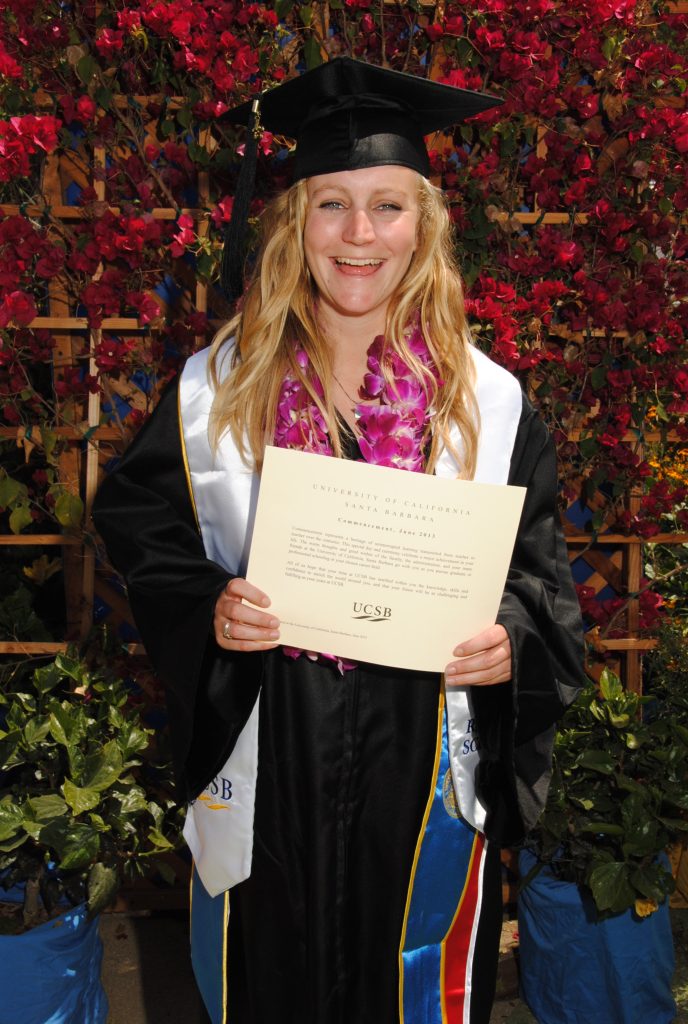
<p>I have always had a passion for school and learning, and I love to immerse myself in new materials. I believe I would make a.</p>

<p>I would be a good tutor because I try to simplify the topic I am teaching so that the student can understand. Many times, the.</p>

<p>I want to be a teacher in after I graduate, and I have a passion for teaching and caring for others. I am patient, responsible,.</p>
<p>I’ve tutored before and enjoy helping students learn. I find I can explain the majority of problems in several different ways to make sure students.</p>

<p>I am a committed educator dedicated to helping my students develop into lifelong learners. I see the potential in all students and I want to.</p>
<p>I am extremely enthusiastic about working with learners to help them meet their educational goals. As a teacher I understand that all students learn differently.</p>

<p>I think that I would be a good tutor because of what I have accomplished academically and because I have a passion for learning. Over.</p>

<p>I would be a good tutor as I am an educator, I understand multiple different approaches to explaining subject material. I also am able to.</p>

<p>As far as “knowing my stuff,” I received a grade of “A” in all of the classes I offered to tutor, with the exception of.</p>
<p>I would make a good tutor simply because I have a passion for sharing my knowledge. I have held managerial positions in several fortune five.</p>
<p>I am currently a manager of 5 employees and am responsible to my Executive Director and the Board of Directors. I have a wide range.</p>
<p>As a special education teacher, most of my teaching experience is with students one-on-one or in a small group. I collaborate with parents and students.</p>
<p>I have a good understanding of the process of teaching; Listen, ask questions, listen and then guide. Guiding consists of giving examples, breaking down the.</p>

<p>I would be a good tutor for this company because I just spent the last seven years on the front lines of education- in my.</p>

<p>I would be a good tutor for Grade Potential because I have the patient to help others to succeed in their classes. Whenever I see.</p>

<p>it’s been my job for several years and I’m completely confident about that. Math is my favorite subject so I know how to show the.</p>

<p>I’m not a know it all, but I do know my stuff when the rubber meets the road. I enjoy learning alongside my students. I.</p>
<p>I would enjoy tutoring in this environment as I want to relocate to San Luis Obispo, have patience with each individual student, and enjoy teaching.</p>
<p>I enjoy working with students of all ages – You should never stop learning or trying to learn! I am an excellent communicator and able.</p>

<p>I would be a great tutor for Grade Potential because I am a very outgoing and responsible person. I take all jobs seriously and treat.</p>

<p>I am committed to students. With over 25 years of experience, including work with GATE, ESL, Resource, ADHD, and training in Educational Therapy, this work.</p>
<p>I really love math. Math has always been my favorite subject since I was eight. I really enjoy helping people as well and may get.</p>
<p>I feel that I would be a good tutor because I am reliable, and have had experience working with troubled and low-leveled students before. I.</p>
<p>I have been told countless times how good I am at teaching others. I am very quick to pick up concepts in math and science.</p>

<p>To be a great tutor takes a combination of in-depth subject knowledge, ability to inspire passion, and highly developed communication skills. As mentioned in the.</p>
<p>In the past experience section, I said “I have been tutoring my friends for free/for fun ever since I can remember.” I understand this sounds.</p>

<p>As a teacher, I strive to cultivate a love of learning and a sense of community in each of my students, which in turn builds.</p>

<p>I believe I would be a good tutor for Grade Potential because I am passionate about working with someone who is struggling with a subject.</p>

<p>I was an excellent student all the way through high school, taking as many AP courses as I could. But I also understand what it.</p>

<p>I was a teacher for a full year working with Elementary grade students (Kindergarten through Sixth grade). I had to create lesson plans, assert classroom.</p>

<p>I have been working with students K-8 non-stop for the last 6 years. I love teaching and am currently trying to convert my Nevada License.</p>

<p>I know that I can be a good tutor for Grade Potential because of various reasons. Throughout college, there were many occasions when I had.</p>

<p>I love to try and make learning fun by incorporating mnemonics or easy steps to remembering material. I also believe in stressing the fundamentals behind.</p>

<p>I would be a great tutor for Grade Potential due to the fact that I am experienced in the subjects i have stated above and.</p>

<p>I think I would make a fantastic tutor for several reasons. First, I have a good deal of tutoring experience. Since I worked with four.</p>

<p>I love teaching, mostly because I can think about subjects (such as math) in ways that a lot of people don’t. If I explain something.</p>

<p>Teaching has been on my mind as a profession for as long as I can remember, Through high school I went a little AP crazy.</p>

<p>I would be a good fir for this job because I truly love learning and helping students to see learning as something fun, rather than.</p>

<p>There is no doubt in my mind that I would make a great tutor for Grade Potential. Not only do i possess experience with tutoring,.</p>

<p>My mother is a teacher, and she instilled in me the habits it takes to be a good student. I’ve always been a bright person,.</p>

<p>I have been a teacher for fifteen years. I have taught grades two through twelve. I taught general ed. elementary for three years, and for.</p>

<p>I am currently a full-time student at UCSB. I am a responsible young lady who is dedicated to education. Additionally, I am patient and love.</p>

<p>I am a fun, athletic, and down to earth tutor who encourages students to think on their own and to not be afraid to ask.</p>

<p>I would be an amazing tutor for Grade Potential because I’m dedicated to learning & education, not only for other students but also for myself.</p>

<p>At present I am a graduate student in the Ph.D. program at UCSB, in the department of East Asian Languages and Cultural Studies, just finishing.</p>

<p>I think I would be a good tutor because of my education and training in education. I have worked with a variety of children at.</p>

<p>I like kids. I like working with them to discover not only the information they’re being asked to learn, but also their own unique ways.</p>

<p>I have tutored a special needs boy who was 10 years old. He was a fifth grader but was at a third grade level in.</p>

<p>I would be a good tutor because I love helping other people. I enjoy working with others and I take pleasure in being able to.</p>

<p>During the Summer of 2012, I had to privilege to teach a Geometry/Algebra II course at an after school program. I taught these subjects to.</p>

<p>My teaching experience has prepared me by giving me a lot of experience in working with large groups as well as one on one with.</p>

<p>Yes, i know what I am talking about. Even now, I still tutor a lot of my close friends in college level courses. I am.</p>
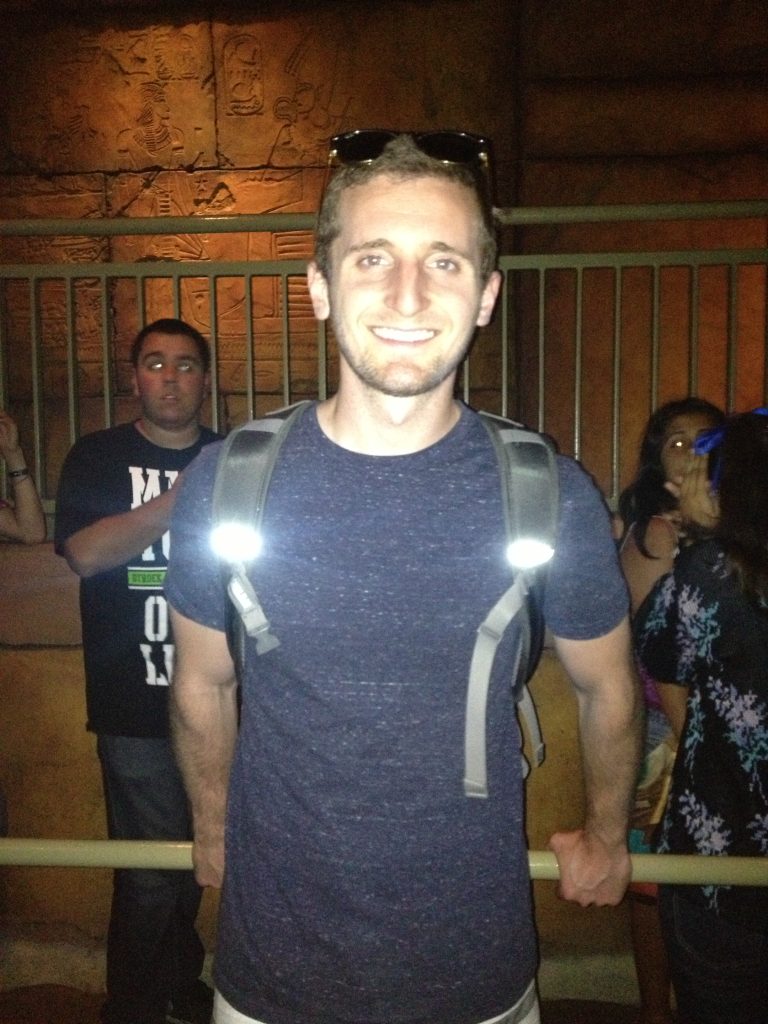
<p>I believe that I am a good fit for Grade Potential because of my background as a writing tutor, my drive as a student and.</p>

<p>I think I would be a good tutor for Grade Potential because I thrive in helping others. I have always believed that helping others succeed.</p>

<p>I think I would be a good tutor for Grade Potential because I am passionate about the subjects of math and science and enjoy helping.</p>
<p>I connect easily with kids and enjoy helping them learn and seeing them succeed. I also enjoy sharing my knowledge with others. In my sophomore.</p>
<p>Even though the Math Lab program was eliminated over a year ago, I still have students approach me, thanking me for helping them to successfully.</p>
<p>Parents of the students I am tutoring have been very pleased with their children’s progress in reading and math proficiency. They are also happy with.</p>

<p>My performance in my classes can attest to my subject knowledge and success as a student. However, I feel that I will make a great.</p>
<p>I can easily type more than 50 words per minute. I feel highly qualified for this position because I have experience of working independently as.</p>

<p>I have experience with various types of tutoring and teaching. I graduated from Westmont College one year ago with academic and leadership honors. I’ve had.</p>

<p>Not only do I “know my stuff”, but I love it! I am enthusiastic about these subjects because of the wonder and awe they can.</p>
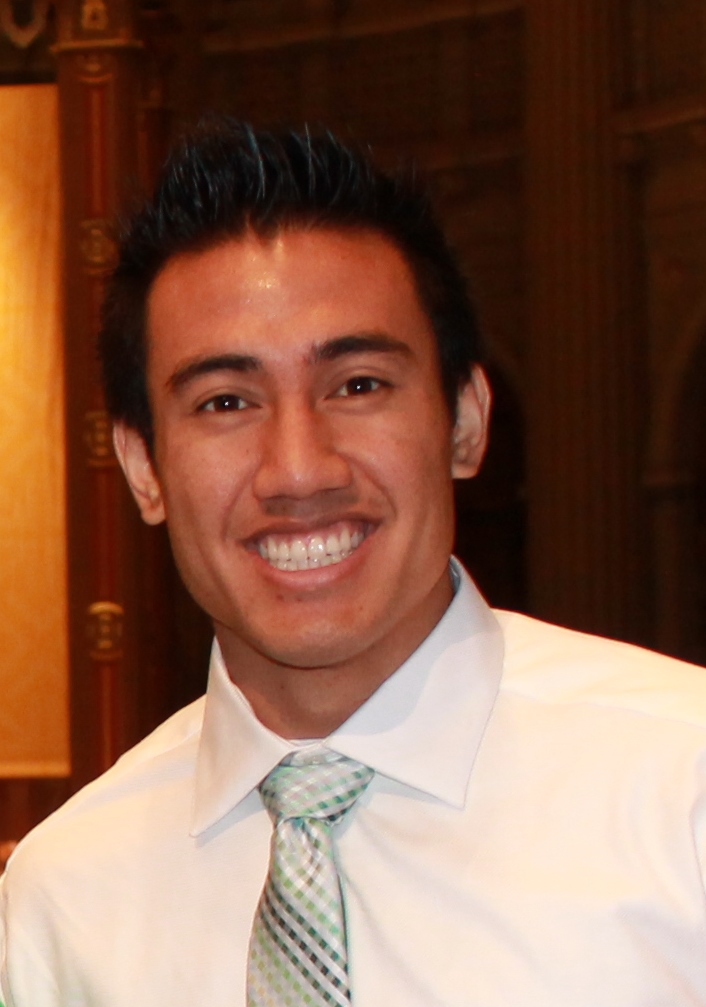
<p>I think that I would be a very capable tutor because many classmates have come to be for explanations of class material inside and outside.</p>

<p>I am a patient person. I am able to understand the concept by reading the book. Hence if I don’t understand their homework, I can.</p>

<p>While I have enjoyed many rewarding years in nonprofit management, several years ago I began to pay attention to the sense that something of deep.</p>

<p>I would be an excellent tutor for Grade Potential because I am a smart, reliable person. I have a vivacious and lively attitude that has.</p>
<p>Have worked with many people over the years (as a technical writer/editor and documentation manager); am focused, detail oriented, patient, and a quick learner of.</p>

<p>As a student I was always extremely hardworking and conscientious. I’ve learned that there’s not just one way to learn something. Students benefit from various.</p>
<p>I love teaching and tutoring. Helping people understand new things brings me such joy. Tutoring is such a passion of mine. I would love to.</p>
<p>As a graduate student I was able to work on a really amazing research project, but what I fell in love with was teaching. Sharing.</p>

<p>I find chemistry to be very interesting and I love being able to help others understand it better. Patience is a very important quality to.</p>

<p>I would be an excellent tutor for Grade Potential because I am kind, courteous, laid back, and educated. I know that I will be able.</p>

<p>I am the second oldest in a family of 7 children and have always helped out my younger brothers and sisters with their school questions.</p>

<p>I’ve been an efficient learner my whole life. That being said, I’ve felt inspired to create as much knowledge upon others as I was as.</p>
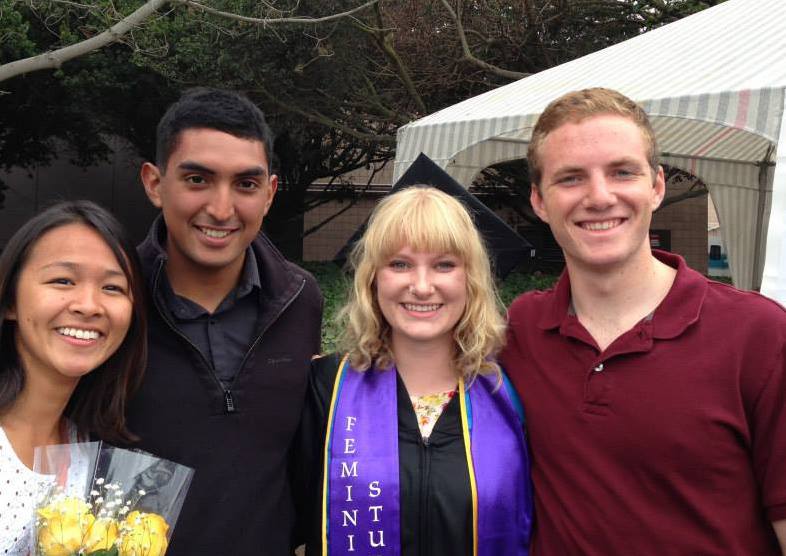
<p>I have performed well when studying economics and math myself and I have also performed well in classes that apply these subjects. As a current.</p>

<p>I have been tutoring for 6 years. Courses I have been a private tutor for: Geometry, Algebra 1, Algebra 2, Advanced Algebra 2, Trigonometry, Honors.</p>

<p>I care deeply about education, and about fostering student growth and confidence. Each of my students is someone special; each has the ability not only.</p>

<p>I am a very patient person. I have the ability to relate to all different types of students with various learning styles. I also have.</p>

<p>After tutoring SAT for two years with high school students and a college friend in English for about a year as well as taking a.</p>

<p>I have always enjoyed tutoring and helping students learn. I have a passion for teaching and always am looking to find ways to get more.</p>

<p>I am always patient with students, and I treat them (and their questions) with respect, knowing that this is the best way to create a.</p>

<p>My strengths are in leadership, communication, clarification of more complex things. Because of my own past struggles in learning, I feel I have always had.</p>

<p>My students have told me I am friendly, patient and non-judgmental. I love young people and genuinely enjoy working with them to help them fulfill.</p>

<p>I believe that I would be a good tutor for Grade Potential because I am highly motivated, dedicated, reliable and I love working with students.</p>
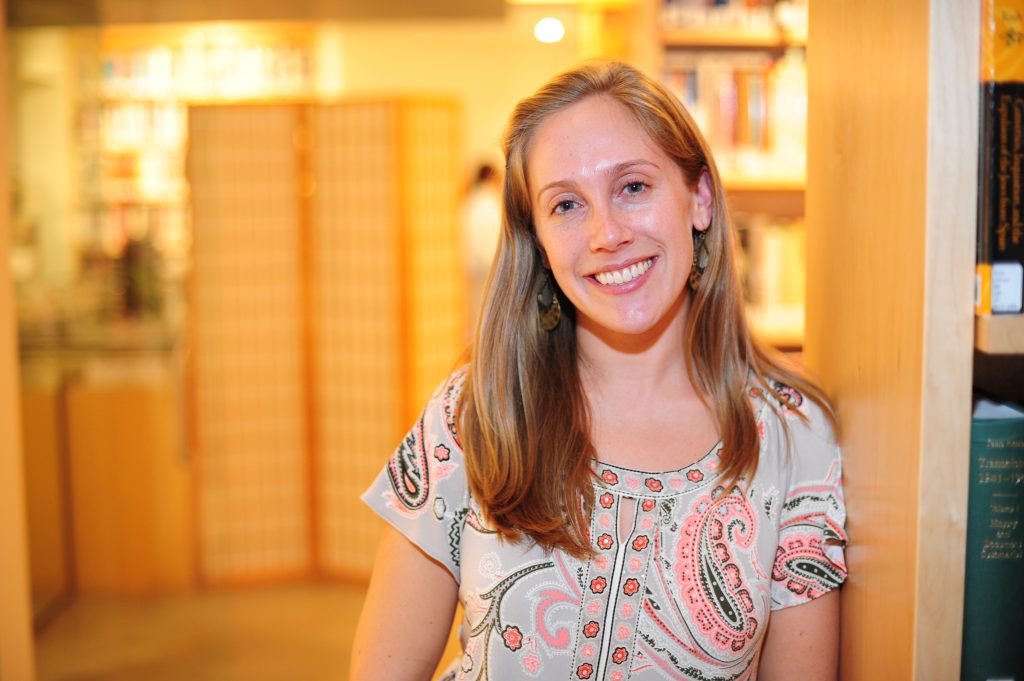
<p>As a tutor, a teacher, and a graduate student, I enjoy being in the classroom and being at the front of the classroom. This enthusiasm.</p>
<p>Aside from experience, I have always had the innate desire to help people understand. In school I was always the one that people looked to.</p>

<p>As a credentialed teacher, I have the experience to deliver instruction in a way that will help the student learn. I can look at the.</p>

<p>When I graduate from Cal Poly I aspire to teach High School Calculus. That being said I have found that tutoring not only prepares me.</p>

<p>I would be a good tutor for Grade Potential because, as a college student, I am very focused on education and understand its importance at.</p>

<p>I am experienced in helping a wide variety of learners to understand both Math and English Composition. I am efficient in finding different ways of.</p>

<p>Mathematics has not only been my strongest subject growing up in school, but also my favorite. I have always excelled in the subject, and have.</p>

<p>I think I would be a good tutor because I love to help teach people, I find it very rewarding. I fell in love with.</p>

<p>One of my qualities is being punctual. So I would be reliable in terms of keeping my appointments and fulfilling my commitments. Giving up is.</p>
<p>I am very passionate about what I say I am going to do. Integrity is something I value in someone and in myself more than.</p>

<p>As a part of my spanish major I took courses in linguistics, writing/composition, and even how to teach spanish as a second language- with an.</p>
<p>I am a good candidate for a tutoring position with Grade Potential because I am responsible, experienced and I genuinely care about the success of.</p>

<p>Grade Potential provides a fantastic opportunity for students to gain 100 percent of the tutor’s attention as opposed to the 20-30 kids sharing direction in.</p>
<p>I think I would make a great tutor for Grade Potential for a multitude of reasons aside from “knowing my stuff”. First off, having worked.</p>

<p>I am very interested in helping others who are struggling with communication to learn and succeed at their efforts, because the ability to communicate effectively.</p>

<p>I believe I am a good tutor because I have a good grasp on how and why mathematics works. In addition to being able to.</p>

<p>I would be an excellent fit for Grade Potential because I am reliable, experienced, educated, and I am a natural teacher. I find that I.</p>
<p>I have been an academic decathlete and an AP and International Baccalaureate student all through high school. I have learned many study skills throughout academic.</p>
<p>I would make a good tutor for Grade Potential because I understand that every student learns differently and am very good at explaining difficult concepts.</p>
<p>I am inspiring, patient, and creative with linear work normally presented in general education homework. I believe learnin should be fun and engaging.Catherine Talavera 1295.</p>

<p>I know for a fact I would be able to communicate to the student because I have always naturally been a person who makes sure.</p>
<p>I have a large amount of experience tutoring a range of classes. I have had the time and experience necessary to learn a lot of.</p>
<p>I would be a great tutor for Grade Potential because I’m patient, focused, and I care about the success of other students. Aside from knowing.</p>

<p>Every class that I have listed above is a class that I have taken and not only received a strong grade in, but also have.</p>
<p>I think I am a great fit for Grade Potential because I have classroom experience with struggling learners and have learned a few tricks to.</p>
<p>My tutoring experience has taught me that in order to be a good tutor or teacher, knowing the subject is just a fraction of the.</p>

<p>I am a excellent student therefor I pick up things quickly. which I can then pass on to students whom struggle a bit more in.</p>

<p>I am a very patient individual, and coupled with my thorough understanding of various mathematic disciplines I can be a great asset to a students.</p>

<p>I have found my prior positions in tutoring and mentoring to be a rewarding and enriching experience. I have experience working with children through tutoring,.</p>

<p>For me, teaching is where I would like to end up as a career goal. I have always loved helping students and presenting information in.</p>

<p>French is my mother tongue. I have spent an important part of my life in France. I speak it at home. The French language, history.</p>

<p>I am a very patient and passionate individual. I have worked with kids since and feel comfortable to handle the energy they exert. I like.</p>

<p>Literature and writing are central passions in my life, and I have a deep interest in sharing the joy and enrichment of reading with others.</p>

<p>Tutored an individual for his first two years of high school over the 2011-2012 and 2012-2013 school years. Main focus was math (basic algebra and.</p>

<p>I really like working with students and seeing them grow as young adults. I enjoy when students stop fearing math and see them embrace it.</p>
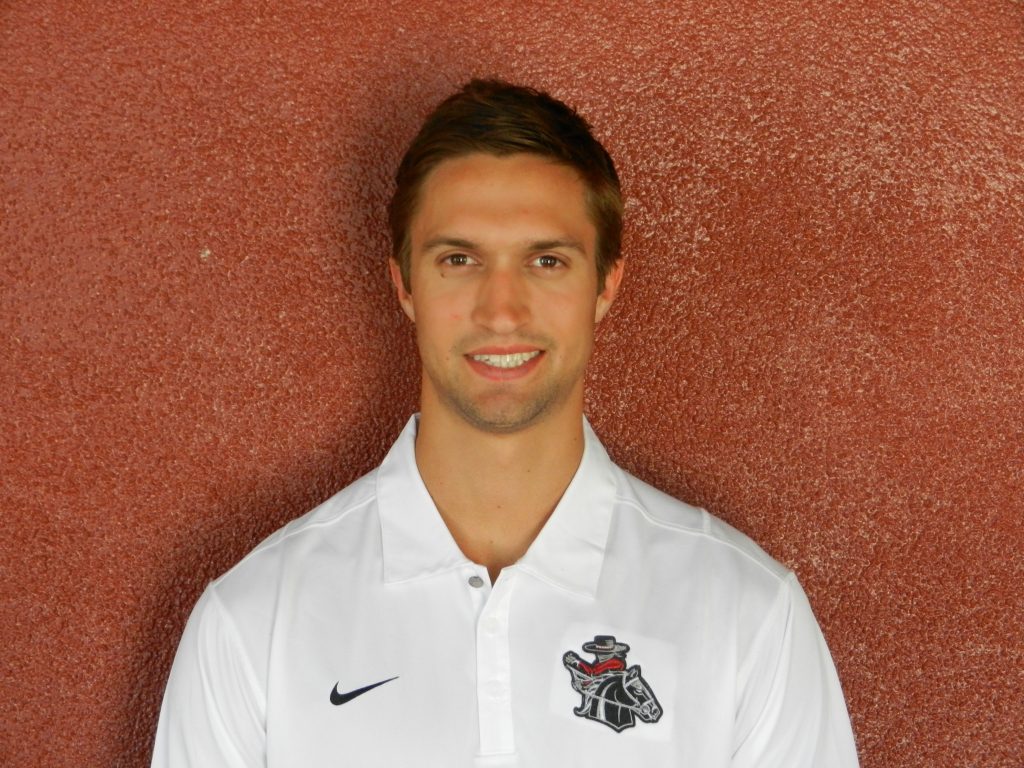
<p>First, I think I would be a good tutor because my other job is coaching. I believe I am good at communicating ideas in a.</p>

<p>I am very much a person of integrity and a good communicator. I can be relied on to keep my commitments or, in the odd.</p>

<p>I am very personable and educated. I have a lot of patience and I like making learning fun. I have tutored kids in elementary and.</p>
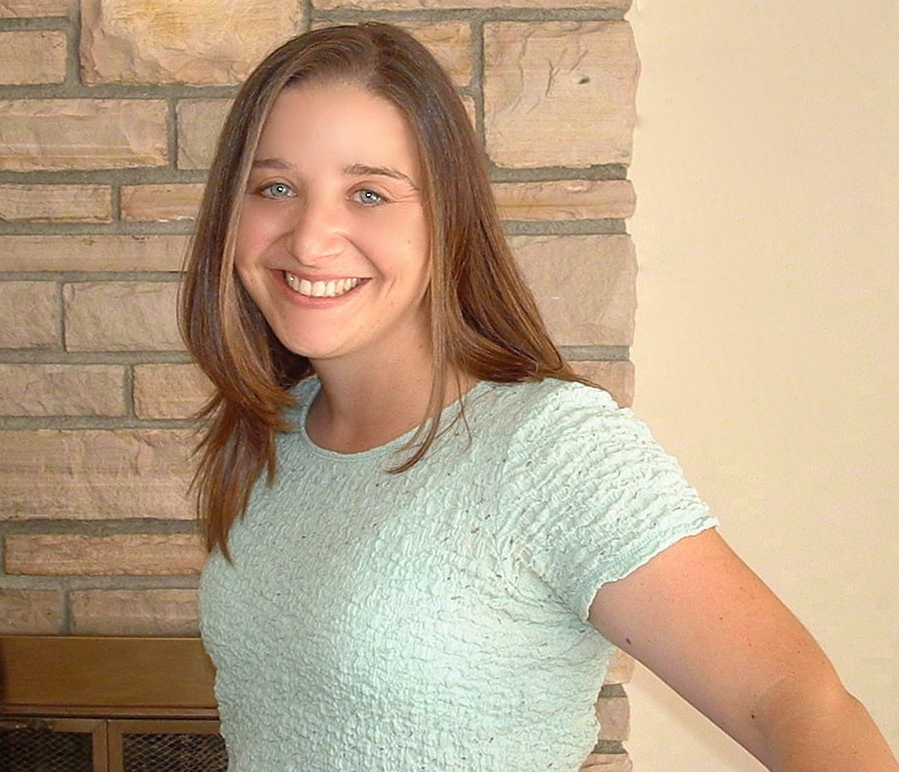
<p>Being a tutor is more than knowing the subject matter well. Understanding it myself is one thing; being able to help someone else get it,.</p>

<p>I just recently worked full-time in a private ESL language academy in Seoul, Korea, teaching English to students aged 4-13. We were required to develop.</p>

<p>I have one year of experience teaching English to ESL students ages 3-12 in South Korea. I resided in Bundang, a province close to Seoul.</p>

<p>I would be a good tutor for Grade Potential because I am an extremely reliable person in regards that I put my work commitments above.</p>

<p>I understand that people learn in different ways, and that it is important to find that before launching into the learning. I have experience communicating.</p>

<p>I think that I would be a good tutor for your company because I have a real passion for working with children and helping them.</p>

<p>I would be a great tutor for Grade Potential because I am a really patient and understanding person. Working four years with underprivileged students has.</p>
<p>One of the reasons I felt confident about tutoring in high school was that I was regularly asked for help by the other students in.</p>

<p>I am a Cal Poly SLO sophomore biochemistry major, with a passion for learning and expertise in biology, chemistry, and math through the level of.</p>
<p>First and foremost I really do enjoy tutoring, it’s a very uniquely rewarding experience to have a significant and positive impact on someone who’s struggling.</p>
<p>Through my own education I have continuously helped my peers through subject matter as well as formally tutored younger students in their course work. With.</p>
<p>I know how to interact with younger students. I have not only tutored younger students before, but I have also coached them while participating in.</p>

<p>I am a wildlife biologist that specializes in tropical bird ecology. After graduating from Humboldt State University I have been extremely fortunate in being able.</p>

<p>I am authentically passionate about languages and education and have devoted over a decade to a specialized linguistic education. Teaching always gives me a feeling.</p>

<p>As the son of two committed public school teachers, education has always played a vital role of my life. I believe that true mastery of.</p>

<p>My focus is to make learning as fluid and fun as possible. I will always take student’s specific needs and learning style into consideration. My.</p>

<p>I am a caring and passionate teacher who has been committed to helping students succeed in an academic environment. I have excellent communication skills that.</p>
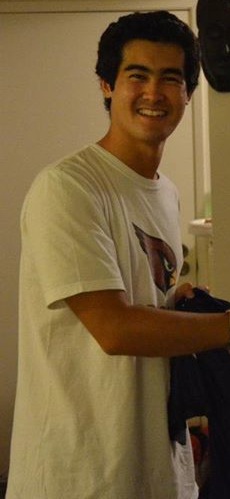
<p>I have an opinion of what makes a good tutor. It’s not just showing somebody how to do something, and it isn’t just ‘making sense’.</p>

<p>I have a lot of experience teaching different grade levels. I have many techniques I use to help students learn and retain the information. I.</p>
<p>I’ve basically taken calculus and physics twice, once in the high school AP level and once in college, scoring an A in both the second.</p>

<p>I think that my college experience not only assures that I am fluent in the sciences up to a college level, but also that I.</p>

<p>I am a very experienced tutor, and have taught individuals as well as groups of 2-6 students hundreds of times in each of the subjects.</p>
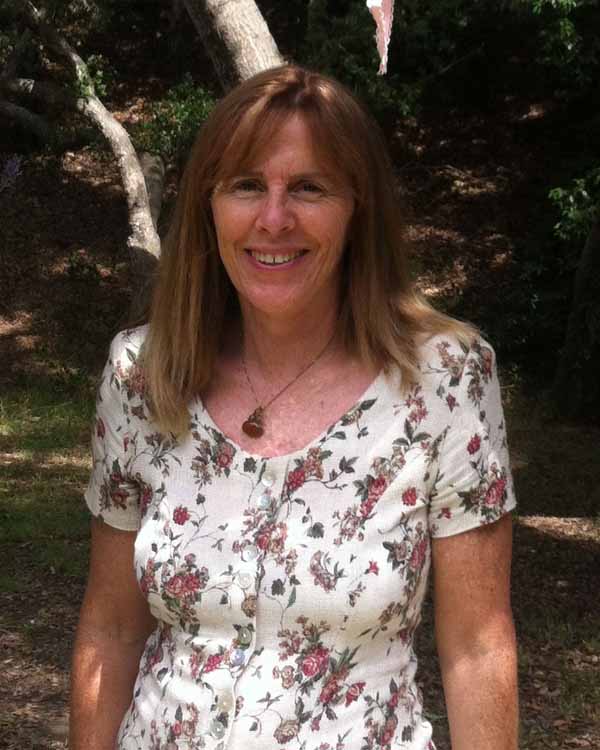
<p>Since 1990 I have been teaching a class at the University of California at Santa Barbara. I find it inspiring to interact with students and.</p>

<p>From my past experiences I have shown that I am hard working and give my fullest effort into all of my pursuits. I hope to.</p>

<p>I believe I would be a great tutor because I have the desire to be a hard-working, passionate, and considerate tutor, as well as the.</p>

<p>I have been a student from most of my life. At a very young age, I knew the value of education and have often referred.</p>
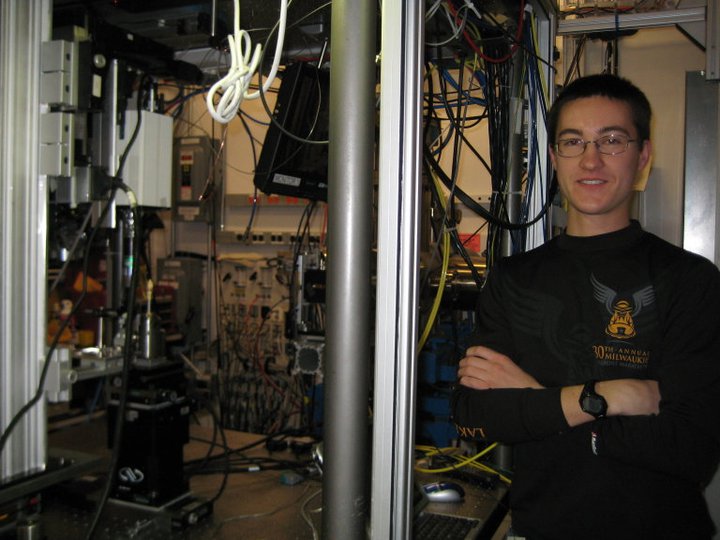
<p>I would be a good tutor because I am enthusiastic and truly care about my students’ success! I am easygoing, approachable, and fresh out of.</p>

<p>I found that the small group and one-on-one sessions that occur during tutoring are so valuable in rapidly advancing the learning of my students. I.</p>

<p>I think my history with children and teenagers has given me the opportunity to experience how they learn and what tactics to use with kids.</p>
<p>I love working with youth. I enjoy tutoring various subjects. I am extremely confident in my ability to efficiently teach each of the subjects I.</p>
<p>I am an architecture student at Cal Poly. I have taken and passed math classes up to Calc. II. and am currently taking structural engineering.</p>
<p>My work has emphasized getting the students to respond and provide the answers.It was not a matter of just doling out information, but teaching them.</p>

<p>I have always had a passion for teaching. As I have always struggled in all levels of math, I have known the necessity of a.</p>

<p>I would be a good tutor because I am willing and able to address each student individually and approach the material from an angle they.</p>
<p>Teaching requires three skills, 1) knowledge of subject, 2) ability to organize and present in a coherent manner and 3) ability to hold the attention.</p>

<p>As a tutor, I am personally invested in the success of my students. I understand the various learning styles and do my best to fit.</p>

<p>Teaching is my passion. I am currently working towards getting my multiple subject credential and I’m also looking to add and Individual Subject Matter Authorization.</p>

<p>I am very knowledgable in English and Literature, as I have received a top quality education from three institutions. I regularly practice reading and writing,.</p>

<p>I would be a great fit to tutor for Grade Potential because I like enjoy with kids and helping people to understand things for themselves.</p>
<p>I feel that I would make an excellent tutor for Grade Potential. Not only do I have a strong education, but I have a genuine.</p>

<p>I have mentored youth ever since freshman year of high school as a 4-H State Ambassador putting on various purposed conferences and workshops. I love.</p>

<p>I’m excited to work for Grade Potential because I want to help students feel better about themselves. With the emphasis placed on achieving high grades,.</p>

<p>I’m a very professional and responsible person. I tend to pick up on academics very quickly and I’ve capitalized on this ability by graduating with.</p>
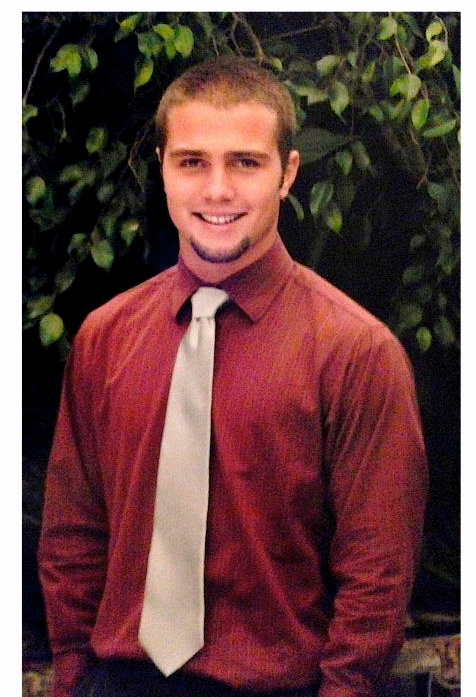
<p>I believe I would make an excellent addition to the Grade Potential tutoring service because of my extensive and detailed knowledge of subject matter, my.</p>

<p>I would be a good tutor for Grade Potential because I have experience both tutoring and teaching. By combining the skills I have developed from.</p>

<p>During my college career, I have earned excellent grades in a variety of classes, and I understand that personal achievement of excellent grades is only.</p>

<p>Through my personal and professional experiences, I know I would be a highly-qualified tutor for Grade Potential. I am extremely confident in my teaching pedagogy.</p>

<p>I believe I would be a good candidate for this program because I have a wide variety of life experiences to draw from – and.</p>
<p>I believe I would be a great tutor with Grade Potential because I love working with students. As a high school senior working with my.</p>

<p>I would be a good tutor because I have a lot of experience in working with children, especially in a small group or one-on-on setting.</p>

<p>I have a natural love and passion for helping others and I knew this passion would ultimately be my life. What I love most about.</p>

<p>Working abroad in Spain and Thailand as an English teacher gave me a massive amount of experience teaching students while having to be innovative and.</p>
<p>I have twenty years of experience as an educator. Fifteen of those years were in the Templeton Unified School District at the elementary, junior high.</p>
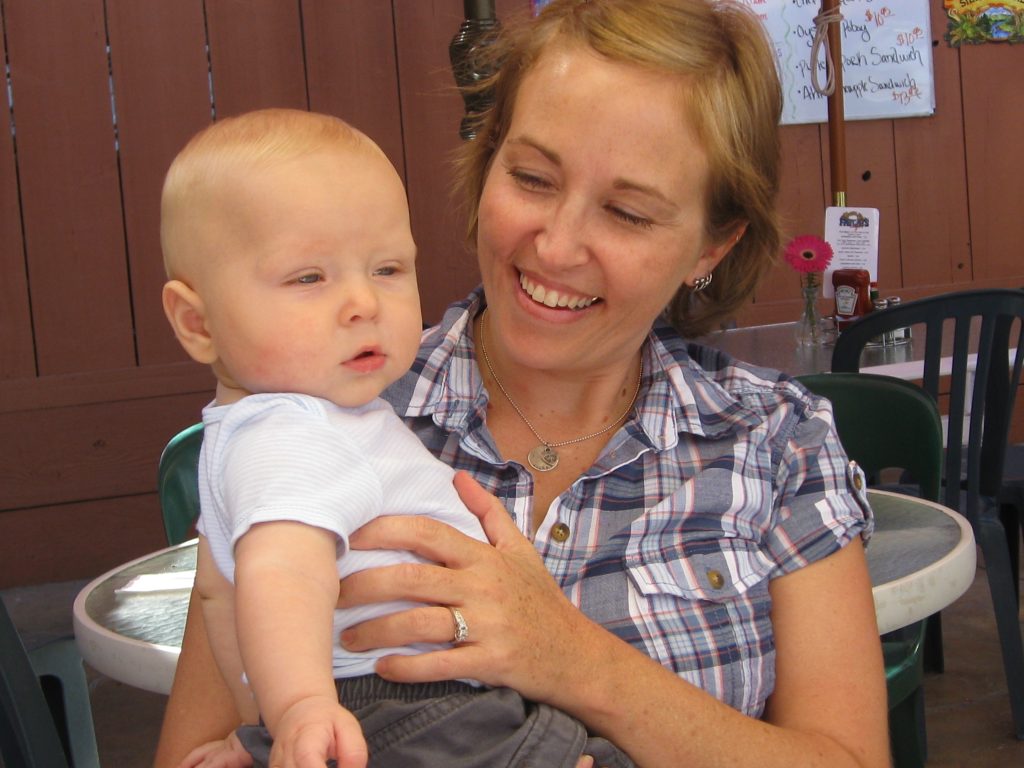
<p>I think I would be a great tutor because I love teaching children. I have enjoyed tutoring and teaching in the past and miss working.</p>

<p>I would be a good fit for Grade Potential because I have a pretty open schedule to work with. I also am really dedicated to.</p>

<p>As a future teacher, I look for any opportunities that will allow me to work with students. I am very passionate about helping others and.</p>
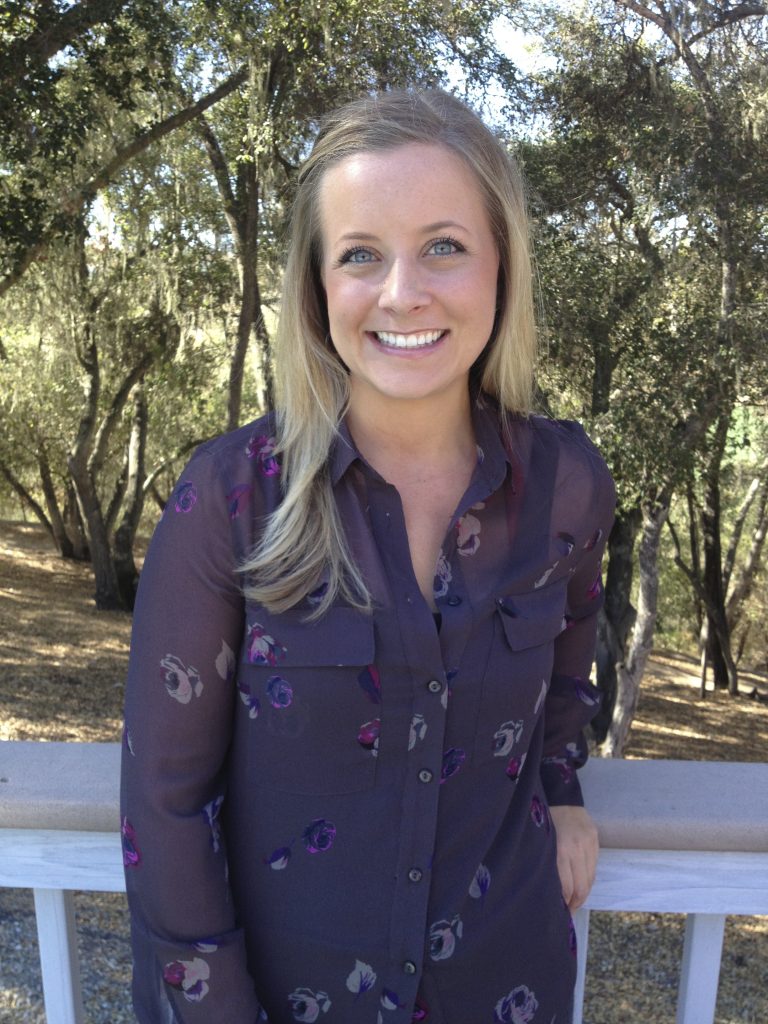
<p>I will be a good addition to the Grade Potential tutor team because I strive for student success. I understand that not all students learn.</p>

<p>As a former part-time Associate Trainer for Panera Bread, I understand the importance of arriving to work on time and having to be ready to.</p>

<p>I would be a good tutor for Grade Potential because I have excelled in all of the classes that I would be tutoring for. I.</p>

<p>I would make an excellent tutor for Grade Potential for several reasons. While most people are able to relate to the frustrations that come with.</p>

<p>I believe I would be an asset because I’m kind, understanding, patient and understand how frustrating the process can be if a student doesn’t understand.</p>

<p>As an undergraduate, I volunteered at numerous middle schools and elementary schools in the Santa Barbara area. I was able to help students in math.</p>

<p>I am very interested in improving people’s writing, and I know a lot of simple techniques for improving rhetorical writing or argumentative essays, based on.</p>

<p>I love relating ideas to students. I have been told since childhood that I have a gift in explaining things clearly in an exciting way.</p>
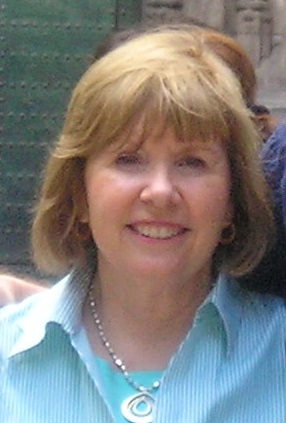
<p>In a sense, I have been tutoring students throughout my career, since teaching English often requires individual work with students to help explain concepts and.</p>
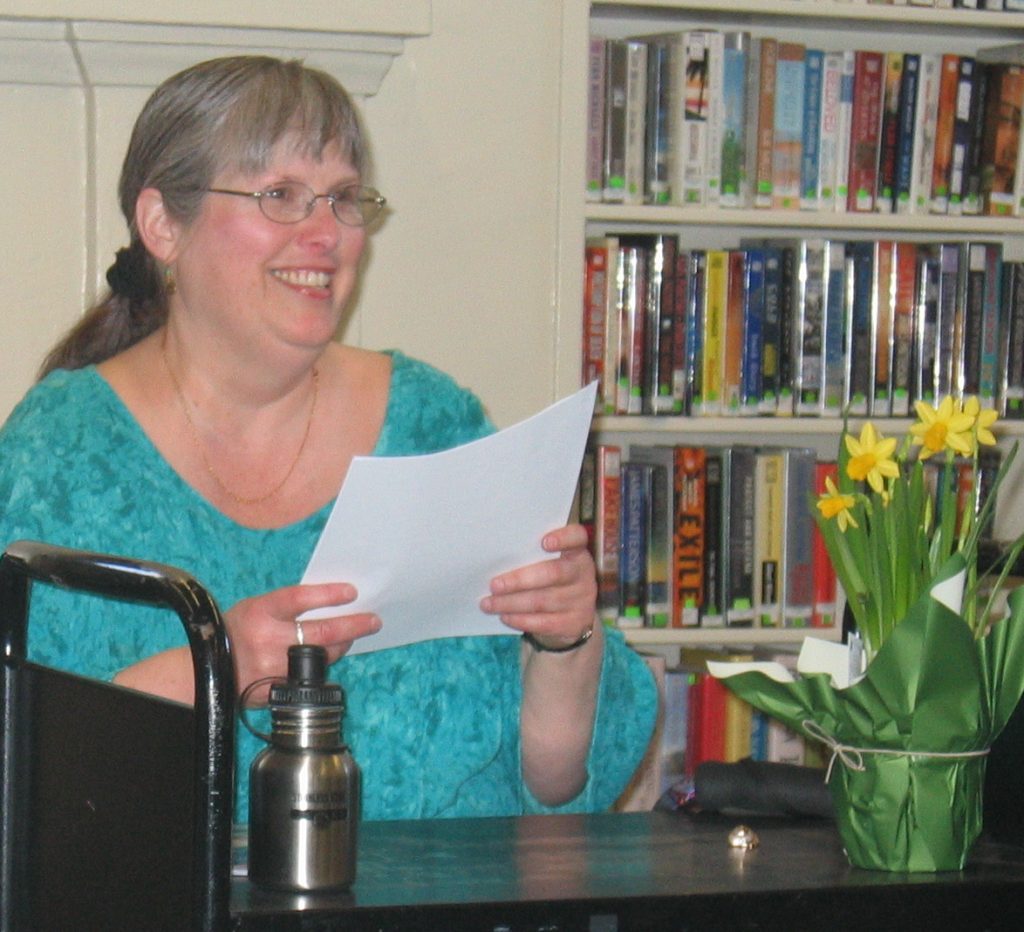
<p>My passion in life is to mentor and be a cheerleader for the success of others. I get really excited about seeing people accomplish their.</p>

<p>I make the learning process a fun and enjoyable experience while getting the materials absorbed. I work as a professional musician, and all that relates,.</p>

<p>I am a retired credentialed teacher. I am CLAD certified and have experience working with diverse students. I enjoy helping students succeed in all subjects.</p>

<p>I love to teach. I have the aptitude, the passion and I love people contact. Plus I am a good teacher and communicator and communicate.</p>

<p>I am greatly flexible as a tutor, able and willing to work with any kind of client, whether the client is a graduate student or.</p>

<p>I would be an excellent tutor for Grade Potential because I am passionate about teaching. I am a patient, energetic and creative person who will.</p>

<p>I AM RELIABLE, CAPABLE, PERSONABLE AND ENTHUSIASTIC. ONE YEAR IN HAWAII: TAUGHT WHOLE CLASS AND WORKED INDIVIDUALLY WITH STUDENTS TUTORING THEM IN MATH, ENGLISH, AND.</p>

<p>I would be an excellent tutor because I have current experience working with other students on composition, grammatical rules and critical thinking. I am also.</p>
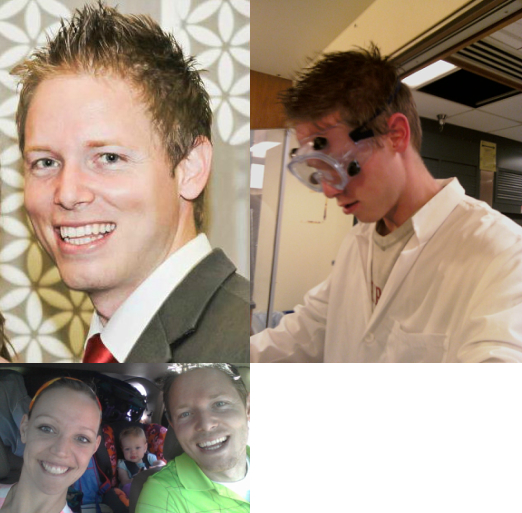
<p>I feel that a good tutor requirefollowing: • A love for learning and helping others learn • A knowledge of the topic area covered •.</p>
<p>I really enjoy helping other kids realize they can “get” the “hard subjects” – be it math, science, or english. I have a strong visual.</p>
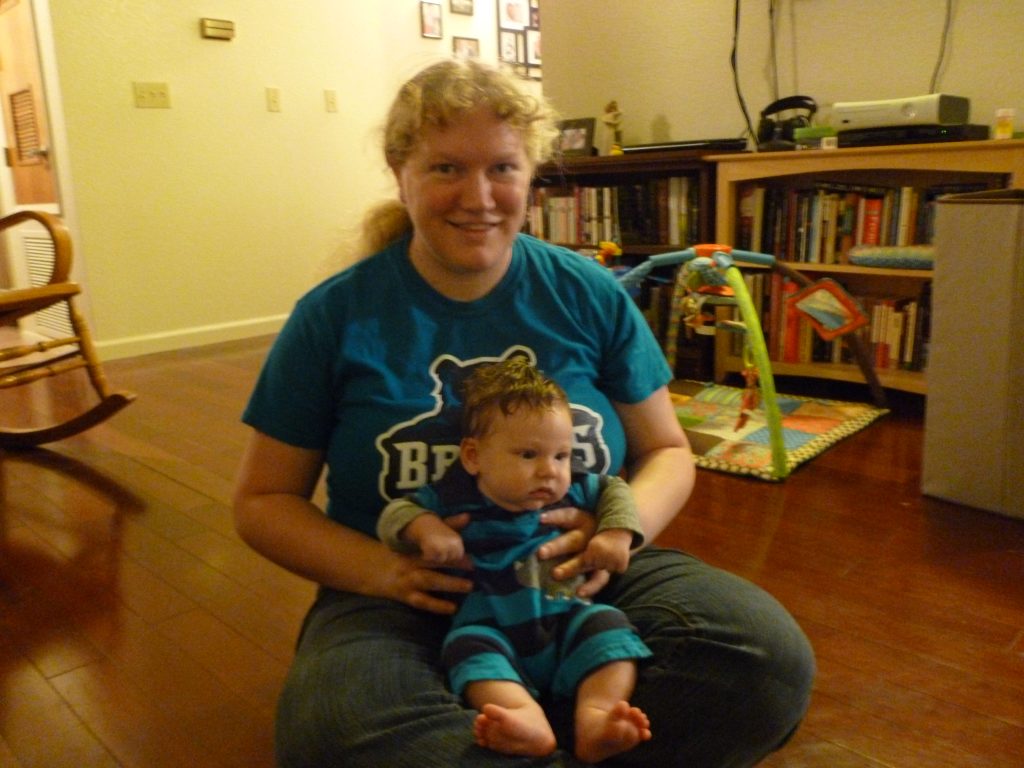
<p>I love teaching. I love finding creative ways to present information until I see my student’s face light up with understanding. I have taught piano.</p>

<p>I was a tutor and mentor for a program at UCLA for the Early Academic Outreach Program. This consisted of mostly tutoring in math during.</p>

<p>I would be an asset to your company because I am good with all people. I have the educational background to influence and help others.</p>

<p>I would be an asset to Grade Potential because of my recent years of experience in tutoring, my academic success in writing, history, and literary.</p>

<p>Aside from content knowledge, I think I would make a good tutor for the following reasons. I am a responsible young adult, I communicate my.</p>
<p>I think I would be a great tutor because I love to build people up and really emphasize their progress and improvements. I have been.</p>
<p>I would be a good tutor for Grade Potential because I have the patience necessary to allow students find out how they can progress on.</p>
<p>I believe that I am an excellent candidate for your tutoring program. I have varied experience as an elementary teaching, having taught kindergarten, second, fifth,.</p>

<p>I would be an excellent tutor for your company. Not only am I passionate about teaching the subject, but helping a student learn it in.</p>

<p>I believe I would be a good tutor because I enjoy working with students of any ages. I really like children, but as I gained.</p>
<p>I would be a good tutor for Grade Potential for the reason that I have the ability to remember information off hand and convey it.</p>

<p>I believe I would make a wonderful tutor because it is what I ultimately want to do with my life. I am gearing up to.</p>
<p>Well first off, I love tutoring people. I love seeing kids get that spark in their eyes when the lightbulb goes off in their heads.</p>
<p>I would make a good tutor for Grade Potential because I am organized, dependable, and enthusiastic. I won’t take on more students than I have.</p>

<p>I absolutely love tutoring. I not only have a good grasp on the subjects I tutor, but a sincere passion for them. I can help.</p>

<p>I believe I am a very good teacher. I have had a lot of experience tutoring; I have helped students understand concepts and taught basic.</p>

<p>I would be a good tutor for Grade Potential because I enjoy working with students and am also very patient. Working at Math Enrichment, it.</p>

<p>I would be a good tutor for Grad Potential because I have a lot of experience in math classes. Math makes sense to me and.</p>
<p>I am an enthusiastic person who loves to share knowledge with others. I know chemistry is not a popular subject but I have the patience.</p>

<p>I am extremely kind and have been told that I am great at explaining things and a great teacher. Patience is one of my strong.</p>
<p>I believe that I will be a good tutor because I have experience in tutoring little kids. I have also been a teacher assistant in.</p>
<p>I have a few basic qualities that make me a prime candidate for being a tutor: I am only part-time employed and have time to.</p>

<p>I think that I would be a good tutor for Grade Potential because I really enjoy helping people. I have been involved in many community.</p>
<p>Academic excellence is very important to me. I was in the top 5% of my high school graduating class, and am currently on the Dean’s.</p>

<p>I would be a good tutor because I have a passion for education. I plan to become a teacher after graduating college and understand the.</p>

<p>I would be a great tutor because, in my experience, I have found a innate ability and knack for understanding and relating to the unique.</p>

<p>I’ve started 7 companies. These companies have employed hundreds of employees. My greatest accomplishments have involved tutoring and mentoring the individuals I’ve been bless to.</p>

<p>I am very enthusiastic about both learning and teaching. I get a lot of joy from seeing a student succeed. I love to see the.</p>

<p>I am a very reliable person. I have an excellent memory and have always excelled in school. I am extremely good at explaining things to.</p>

<p>I believe I make a great tutor because I am patient, able to explain information in multiple ways, and am motivated to help people succeed.</p>

<p>As a human services professional who has been working in the field for 8+ years, I possess a high level of professional rapport, maturity, and.</p>

<p>Having just finished my undergraduate degree in psychology at UCSB, I know that I have the skills to tailor and relay knowledge efficiently to prospective.</p>

<p>I believe I would make an excellent tutor for Grade Potential because I have years of tutoring experience, a Master’s degree in Reading Education, and.</p>
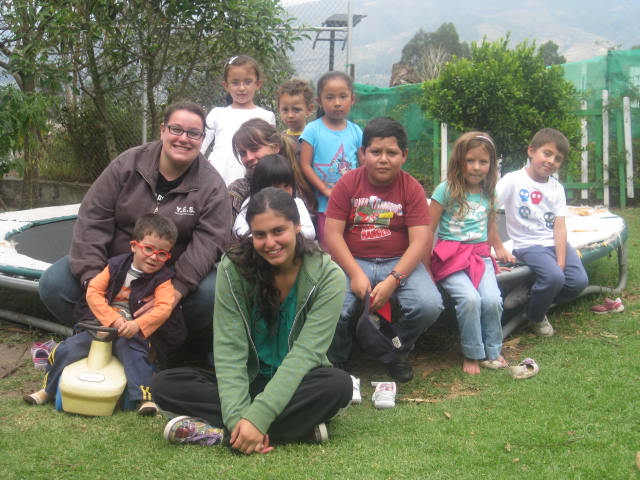
<p>As a committed individual to my future and the present moment, I assure that all who are involved with Grade Potential, both fellow colleagues and.</p>

<p>I excelled academically, but I suspect that this alone would not qualify me or anyone else to be a tutor. The characteristics I would value.</p>
<p>If I’ve ever had anything that I’ve been good at, it’s writing an essay. I’ve always just had a natural talent for letting words flow.</p>

<p>I have a genuine desire to help students achieve their goals. For example, when I tutored in high school, I found it extremely exciting when.</p>
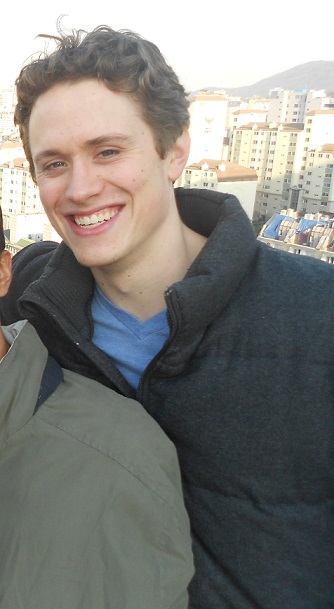
<p>I have always performed well as a student, achieving a 4.2 GPA at Villanova Preparatory High School and a 3.25 GPA at UCLA. At Villanova,.</p>

<p>I get really excited about teaching – something that I have wanted to do in a more organized or professional way since grade school. My.</p>

<p>I am a California credentialed teacher in all sciences with more than seven years teaching experience. I also have experience in tutoring at the elementary,.</p>

<p>I feel that the most important job of any tutor goes beyond simply regurgitating classroom material. An effective tutor helps his student(s) achieve their personal.</p>

<p>Throughout my life I have had to be reliable about time management. Being a student-athlete at a high level has developed me to be accountable.</p>

<p>I am a very helpful, patient person. I am a Mechanical Engineering major in my junior year at Cal Poly. I’m a whiz with math.</p>

<p>I am reliable, dependable and I love working with students. Whether whole class, small group, or one-on-one, I greatly enjoy being a part of the.</p>

<p>I feel that I have had the opportunity to receive a great education both as a minor, as well as at UCSB and various community.</p>

<p>I would be a great tutor for Grade Potential because I am someone who understands the value of putting in hard work in order to.</p>
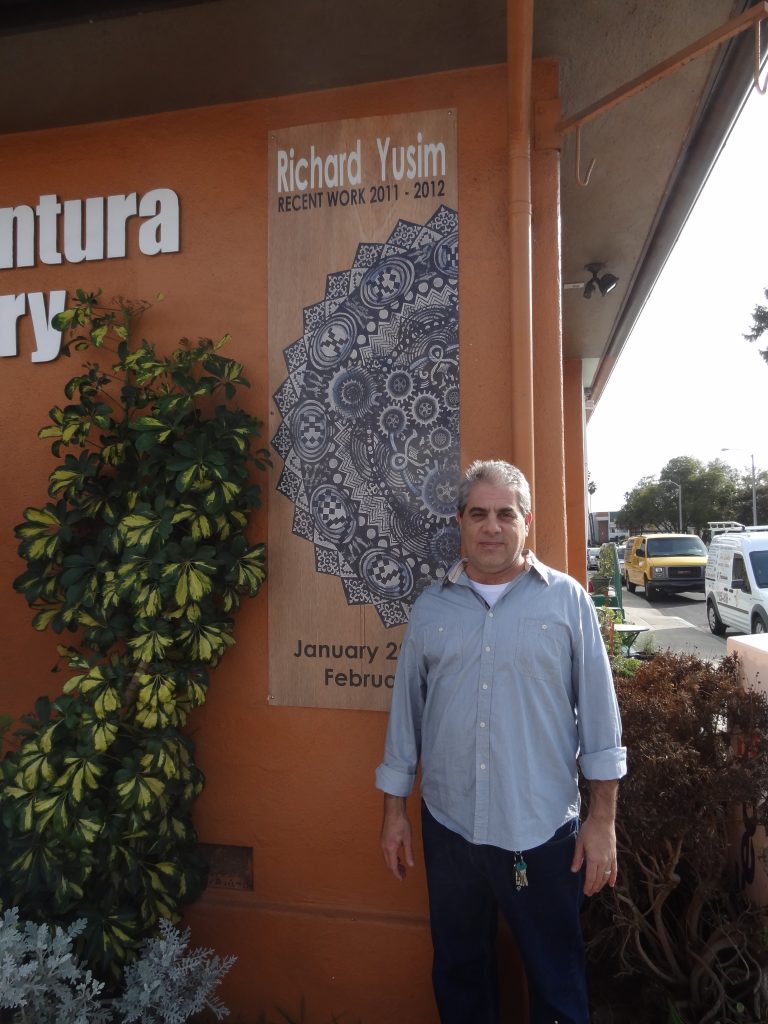
<p>I have several years experience working with disabled individuals, therefore, I am very patient and creative with teaching. I am always punctual and thorough with.</p>

<p>As a physics major, we’re taught to approach material from a deeply analytical perspective; in essence, we are taught to pursue a deep understanding of.</p>

<p>I have been helping students with learning disabilities for the last three years. I taught English/ELD/ESL/Language Arts off and on for ten years. I have.</p>
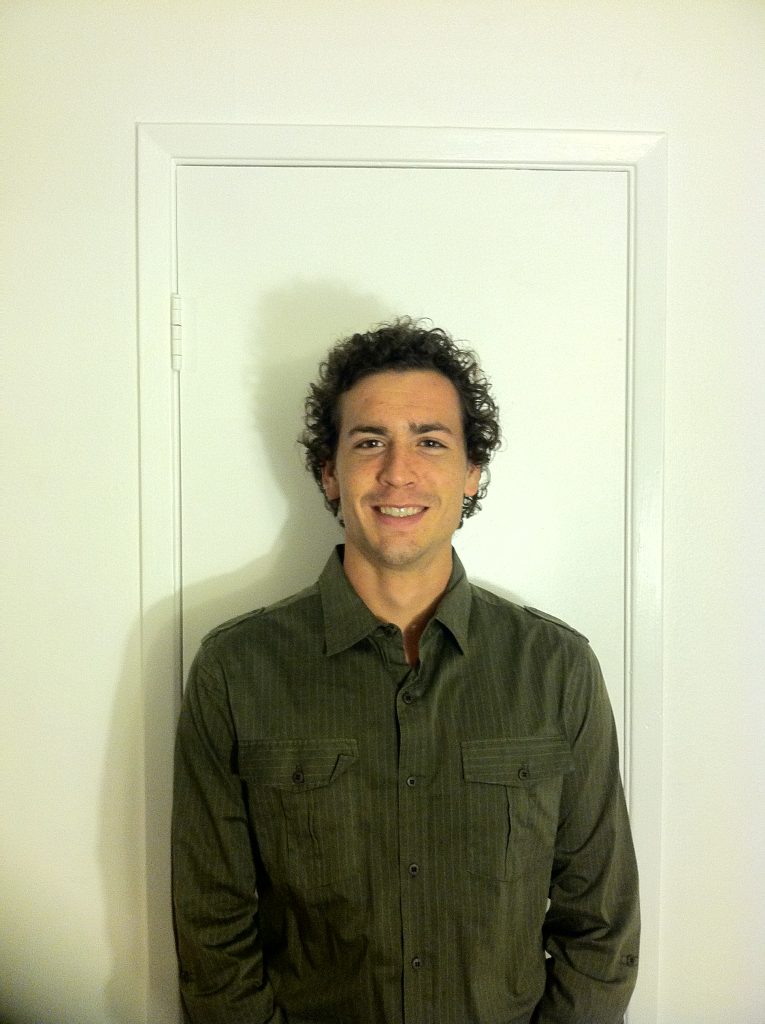
<p>I lived in the South of France from 2004-2008, my High School years, and am fluent in French. I am a native English speaker with.</p>

<p>I believe that I would be an excellent tutor for Grade Potential because I have the experience, qualifications, and passion for teaching at the high.</p>
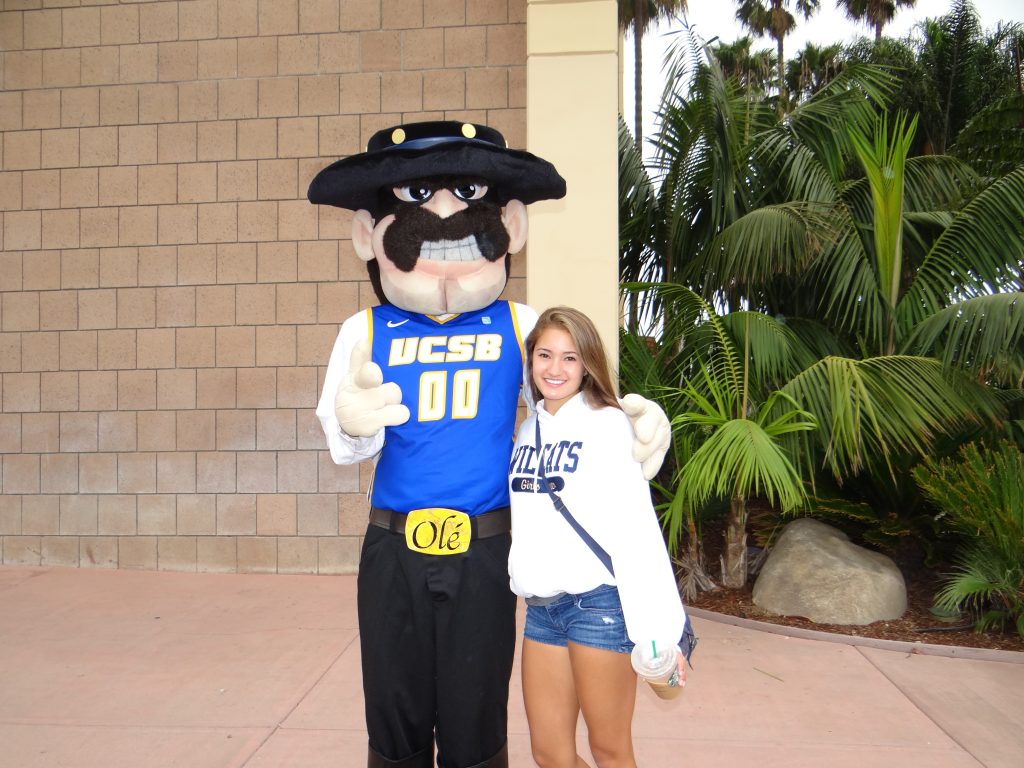
<p>I am always punctual and prepared. I am on my college’s Executive Board for Hall Council and I also had a job at a retail.</p>

<p>I believe I would be a great tutor for Grade Potential because I am extremely responsible and organized so I would never miss an appointment.</p>

<p>I work really well with people of all ages- My favorite people to work with are children because they are eager and ready to learn.</p>

<p>My experience with tutoring really began in college. Everyone at Princeton is required to take at least one philosophy class; many students found their first.</p>
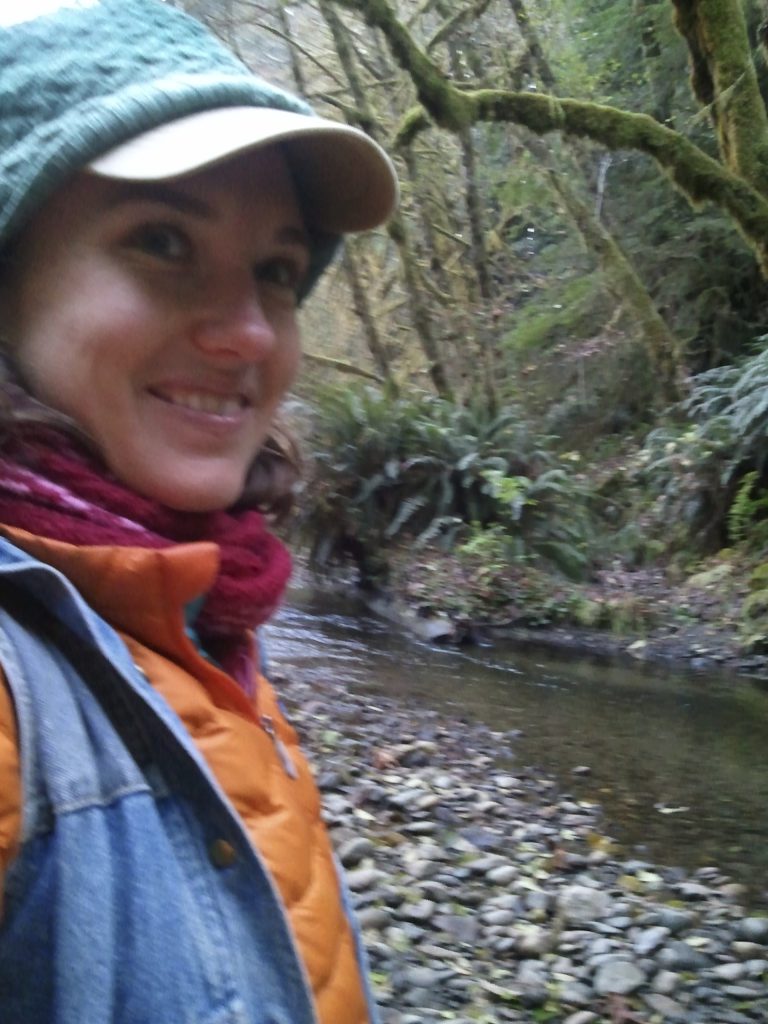
<p>I love working with people, especially in learning environments. I am passionate about learning, and therefore enjoy teaching! Although most of my education experience as.</p>

<p>I would definitely be a good fit for Grade Potential, I have experience tutoring kids and they seem to like me and my methods -.</p>

<p>I have worked in and around groups of children ranging from first grade to seniors in High School at the various Outdoor Education Camps I.</p>

<p>I am a dedicated, motivated and organized student. I receive good grades and have received excellent grades on standardized test all throughout high school. I.</p>

<p>I think I would be a good tutor for Grade Potential because I truly understand the importance of education, and in addressing a variety of.</p>

<p>I have learned that teaching requires more than simply presenting the material to someone. It requires having a conversation, asking good questions, and really getting.</p>

<p>I really enjoy helping others succeed. I have always strived in study group situations helping my fellow classmates, and also if a friend is struggling.</p>

<p>I have a quiet demeanor and listen well. I am able to establish a positive rapport with students and families in a timely manner. I.</p>

<p>I first discovered my interest in teaching when I was an adolescent as an intermediate gymnastics coach. From there, my passion was further ignited when.</p>

<p>I believe that I would be a great member of the team because I absolutely love and enjoy helping others learn. I believe that learning.</p>

<p>It is my goal to become a college professor and I feel like I need to start somewhere. It’s not enough to just know literature.</p>

<p>I have always loved math and numbers and have received outstanding grades in those classes. I took a college course titled “Math for Elementary School.</p>

<p>I am very confident in my content knowledge, especially on grammar and writing, but I’m also a compassionate and patient person. One of my favorite.</p>

<p>I am a reliable tutor because I take education and commitments very seriously, so when I say I will be somewhere at a certain time,.</p>

<p>During my final two semesters at Sonoma State, I had the tremendous opportunity to work as a paid tutor at the University’s Writing Center. Here,.</p>
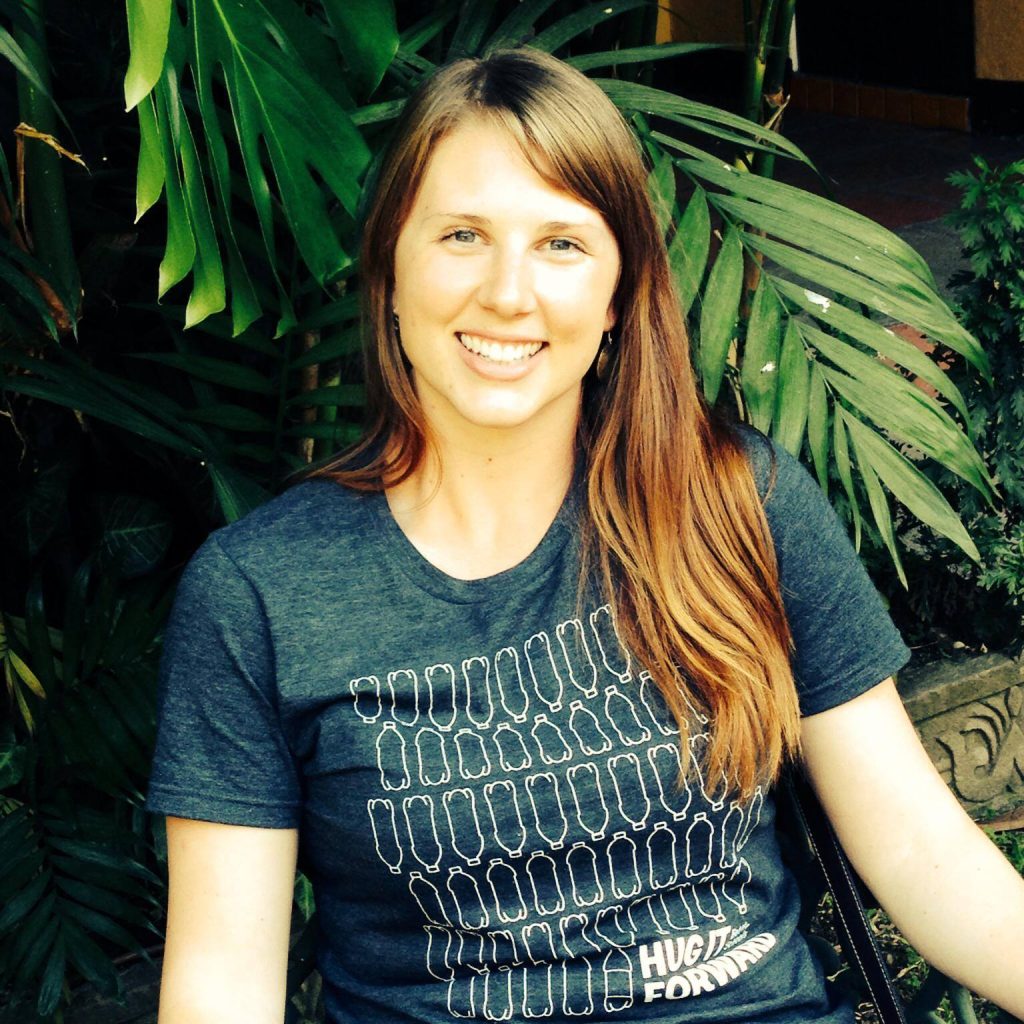
<p>I am passionate about writing and received several writing and essay scholarship at my junior college before I transferred to Cal Poly in 2006. I.</p>

<p>I believe that I would be a good tutor for Grade Potential because I am a sociable person in a 1-on-1 environment. I am friendly.</p>

<p>My skills have been developed simply by working hard. While I am naturally smart I had some classes, “kick my butt,” and I know what.</p>

<p>I have experience working with youth from first through twelfth grade in the classroom and in a summer camp setting. I feel confident working with.</p>
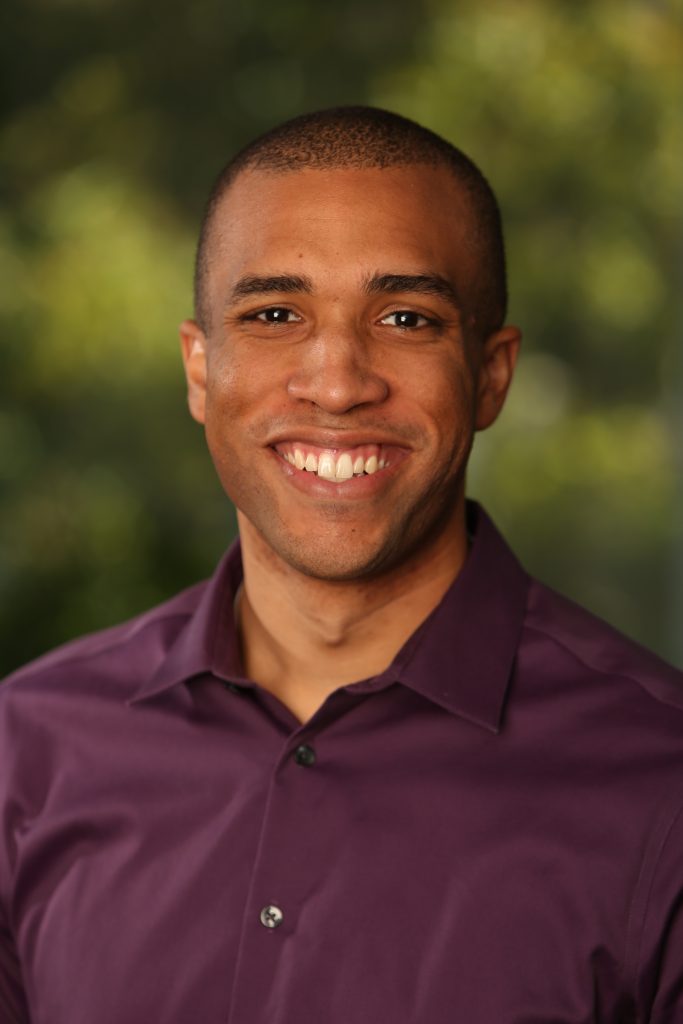
<p>I love teaching, but I love people more. I believe I would be a good tutor because I care for those I am tutoring. I.</p>

<p>I am excellent with other people, and am very cheerful and patient. I am very approachable, and people find it easy to ask me questions.</p>

<p>Prior to becoming a tutor at SBCC I took a course on teaching using the Socratic Method. As a tutor I found that by asking.</p>

<p>I am very eager to help students grow and reach their fullest potential! I am energetic, organized, responsible and very comfortable aiding students in becoming.</p>

<p>I’ve spent my life devoted to my schoolwork, not just because I was told to but because I am dedicated to learning new things and.</p>

<p>I think I would be a great tutor for Grade Potential because I’m able to form a comfortable relationship between myself and the other individual.</p>

<p>I believe I will be an asset because I have proven to be responsible in my past job and academics. I feel that any past.</p>

<p>I know the importance of education, and am very passionate in helping other students understand a subject they need extra help with. I think it.</p>

<p>I am passionate about teaching and helping children succeed. I possess much patience and the ability to explain things in different ways to meet the.</p>

<p>I was fortunate enough to be born with talent and immense creativity. I am conscientious of my students and sensitive to their needs with attention.</p>

<p>I think I have a unique mindset and experience that qualifies me to be a tutor. As a college student at a large university, I.</p>

<p>I believe I would be a good tutor with your company for a few different reasons. Firstly, I have a thorough knowledge of the subjects.</p>

<p>I have a passion for history and literature and believe I can both transfer this passion to students and help them better understand material they.</p>

<p>As I stated above, my meticulous tutoring process is very slow and methodical, and it involves asking the student lots of questions about the issues/flaws.</p>

<p>The very basic requirements of being a tutor is to have knowledge of the subject. However it takes so much more to truly help the.</p>

<p>I believe I would make a great tutor because I firmly believe in education. I was helped by many people to be where I am.</p>

<p>I am very friendly, and people find me down-to-earth, and approachable. I also make good use of the student’s time by focusing on difficult conceptual.</p>

<p>I would be a good tutor for Grade Potential because I am a friendly, understanding, and patient person. I feel those are qualities that are.</p>

<p>I have worked as a Teacher’s Assistant throughout high school and college. My first experiences were working with K-3 grade students in a Spanish-immersion school.</p>

<p>I believe I would make a great tutor because I communicate things to people well. I have no problem explaining ideas and concepts. I know.</p>

<p>I am particularly good at explaining complex problems in a simple way and grasping what a student is struggling with in order to quickly lead.</p>

<p>I think I would be a good tutor for Grade Potential because I really enjoy teaching others and have been doing so for a long.</p>
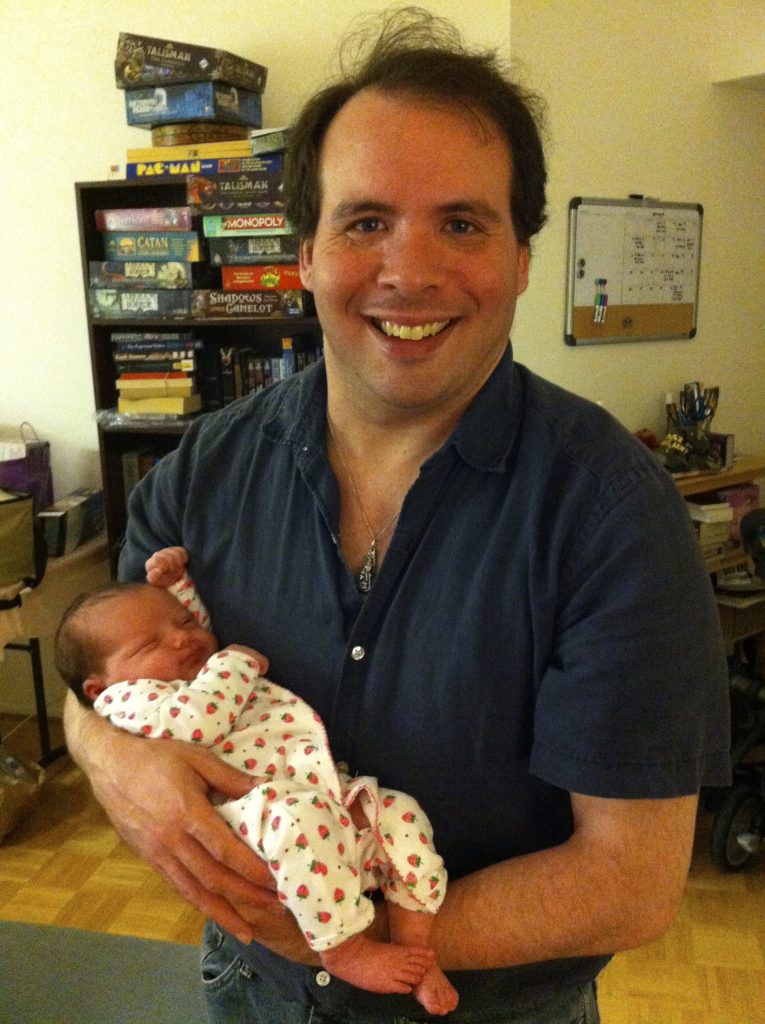
<p>I am fully reliable, and take any commitment I make very seriously. I am also very good with breaking down information into its base forms,.</p>

<p>My many years experience teaching Pre Algebra and Algebra with schools in the Los Angeles Unified School District. My knowledge of different styles of instruction.</p>

<p>I think I would be a good tutor because I enjoy teaching people. I am able to communicate my knowledge effectively and I am patient.</p>
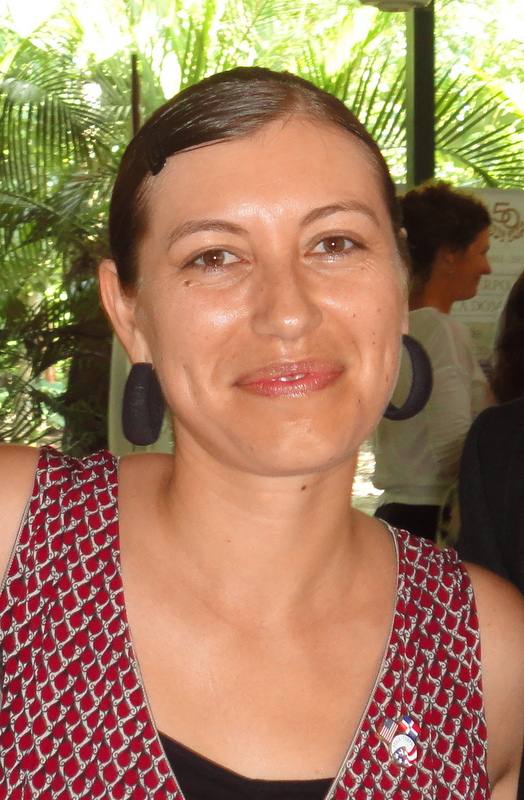
<p>I have 3 years of formal teaching experience in San Francisco public schools. I am experienced in working with a diverse group of students and.</p>

<p>I have a great deal of training and experience in teaching through earning my credential, student teaching, and serving as a long term substitute. I.</p>

<p>As far as the material goes, I have always been a student who has been on top of her game. I strive to do my.</p>

<p>I believe I would be a good tutor for Grade Potential because in my five years of college courses, I have been taught various techniques.</p>

<p>I think I would be a good tutor for Grade Potential because working with students and children is my passion; teaching is my dream and.</p>

<p>I feel that I am a well-rounded individual and have a lot to offer, in terms of my knowledge and experiences. I have the ability.</p>

<p>I am an energetic and enthusiastic person with a great ability to make material fun for people I work with. I am very knowledgeable when.</p>

<p>I am very creative and love tying lessons in to everyday scenarios. I like to teach lessons with several techniques in order to click with.</p>

<p>I’m really friendly and personable, and I have tons of experience tutoring and working with my peers. Two of my main principles of learning are.</p>
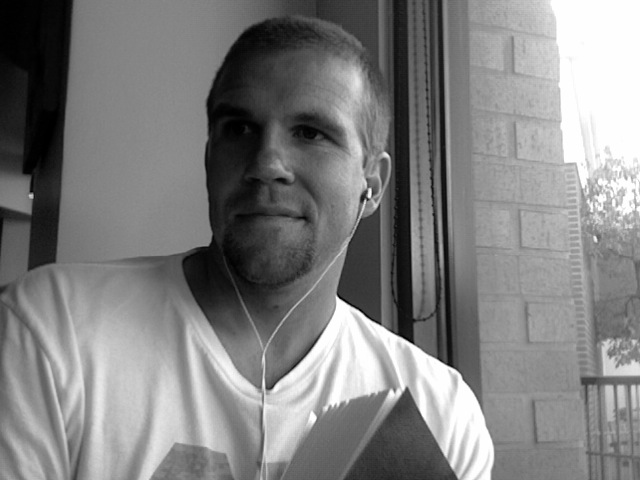
<p>Having achieved many goals in my career in business development, I am interested in expanding my professional horizons by seeking new challenges within the educational.</p>
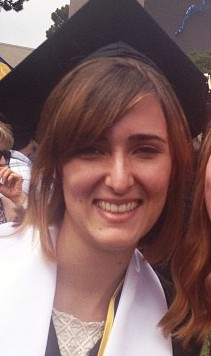
<p>I am perceptive, expressive and a quick thinker. In my academic career, I have always gravitated towards helping my classmates understand the material better. During.</p>
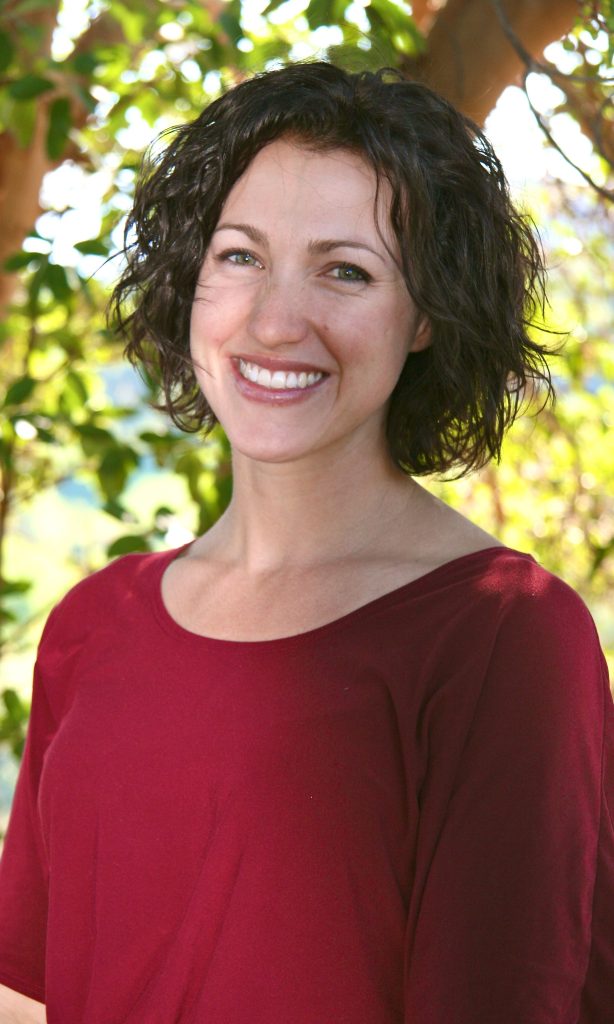
<p>I am a teacher at heart. My strategies and techniques evolve around the student as the center and guide of my instuction. I have a.</p>

<p>I love working with kids and have a passion for learning. I am very experienced with teaching others new things and know how to explain.</p>

<p>I acknowledge the rewarding aspect that assisting and witnessing in the learning process of a student offers. I enjoyed it throughout high school which is.</p>

<p>I love learning, and I have incredibly high standards for myself when it comes to school. I also love people; I’m naturally very friendly and.</p>

<p>I have served as a Teaching Assistant for three quarters at UCSB. Each quarter, this involved managing four classes of around fifteen student each. As.</p>
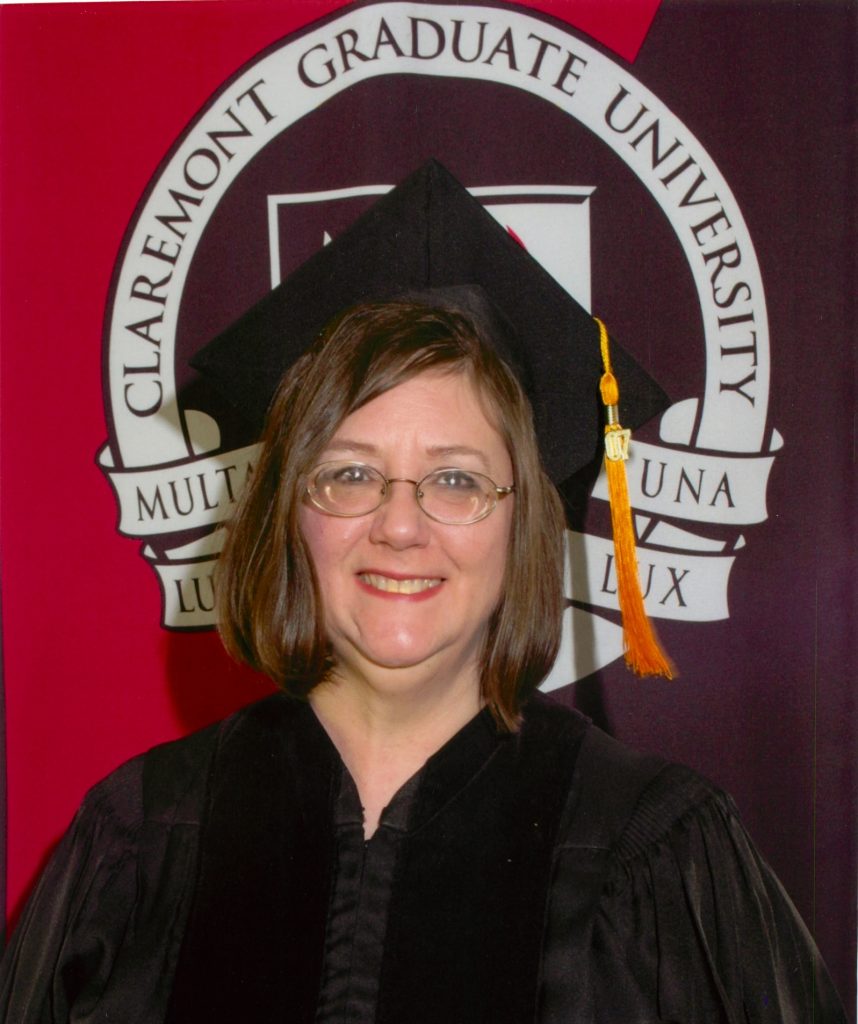
<p>I am an experienced and enthusiastic tutor who loves to help kids learn. I have tutored high school students, helping them prepare for the verbal.</p>

<p>With 7 years of full time teaching experience and 3 years as the Site Testing coordinator for K-12; I feel that I am a knowledgeable.</p>
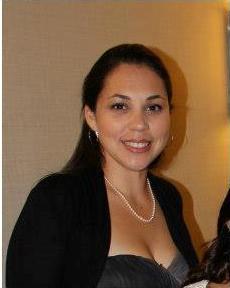
<p>A good tutor is a person who can get to know a child as well as gain there trust quickly. Can be able to adjust.</p>

<p>I believe I would be a very good tutor because I relate well with students and use my past experiences and knowledge to keep them.</p>

<p>I have an honest, patient and professional approach in dealing with students. I am a good listener and I have always given priority to all.</p>

<p>I legally enjoy tutoring and making a differnce in the lives I tutor. Not only am I subject matter experience and knowledge but I know.</p>

<p>I would be a good tutor for Grade Potential because I am an educator. I love the growth that can be seen when students get.</p>

<p>I am very reliable and always have been. I take my word very seriously. If I say I will do something, I fully intend to.</p>

<p>I am one of those people that you can count on. If I say I can do something I will. I will not only get.</p>

<p>In my teaching and tutoring experiences I feel my greatest strength has been cultivating relationships with students that lower their affective filter and allow them.</p>

<p>June 2, 2014 To Whom It May Concern: It would be an honor for me to work and contribute to an organization that provides such.</p>

<p>Growing up, I was told by my parents, teachers, and family friends that becoming a teacher would be a suitable occupation for me. They believed.</p>
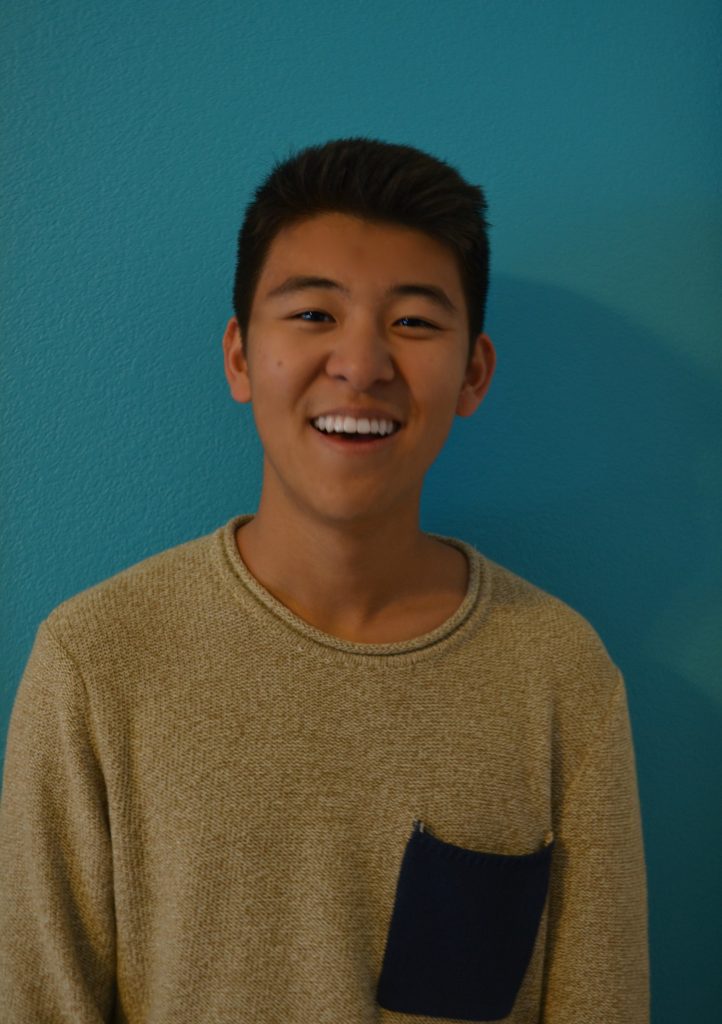
<p>I volunteered for an after-school tutoring program for a local middle school. I tutored the kids in 6th-8th grade math, English, history, and science. I.</p>

<p>My university accomplishments and impressive GPA are a testament to my knowledge of material and commitment to success (and thus, my reliability in terms of.</p>

<p>I think I would be a great tutor as Ian currently training to be a full time elementary teacher, I love working with people and.</p>

<p>As an elementary school teacher, I love working with students and helping them learn. I am very personable and my students have told me that.</p>

<p>I am mature, friendly (I have a great report with most of my students), responsible, reliable, and genuinely care about helping students to learn. I.</p>

<p>I worked for six years as a teaching assistant for my local temple’s Sunday school. I have what it takes to make sure that students.</p>

<p>This past year, I have really developed a passion for teaching kids through my volunteer work tutoring. I believe that I am patient, clear, and.</p>

<p>I think i would be a great tutor because of my passion for learning and especially for the subjects I listed above. Furthermore, I would.</p>

<p>I love working with children and find working with children very rewarding. Nothing is more exciting then watching a child finally understand something that they.</p>

<p>I was a substitute teacher in Honolulu, Hawaii with Kelly Educational Services. I tutored students grades K-12 in Science, Entry-level Mathematics to Algebra 1, and.</p>

<p>My current career goal is to teach and I have thoroughly enjoyed each of my opportunities thus far to do so. I have been successful.</p>

<p>I have always enjoyed teaching others , whether it is coaching students the fundamentals of basketball or teaching them to tackle difficult Biology problems. I.</p>

<p>I have always been a very patient and positive person. I feel that patience is critical for successful tutoring. Additionally, I have over 150+ hours.</p>

<p>I have exemplary subject matter knowledge in many areas of both social studies and English. I also really enjoy my subjects and enjoy teaching. Tutoring.</p>

<p>I have 12 years of military experience attaining the rank of Sergeant. I’m good in taking direction and in giving direction. I’m very attuned to.</p>

<p>I currently work for Santa Maria Joint Union High School District as a Home and Hospital Teacher. In this position, I am pretty much fulfilling.</p>

<p>Yes I used to do private tutoring for Calculus classes as well as tutoring for MATLAB I can communicate myself very effectively and and knowledgeable.</p>
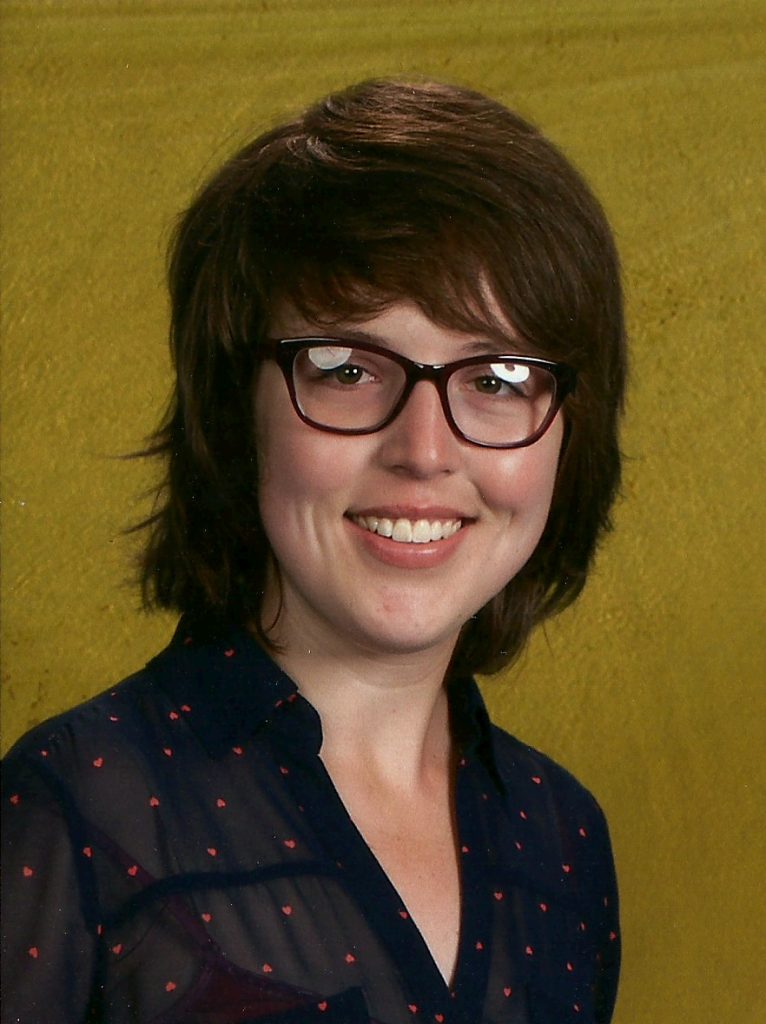
<p>I would be a good tutor for Grade Potential because of my experience working with children and passion for education. For the past year and.</p>

<p>I see all too frequently in the students I tutor a disbelief in their own ability to comprehend a topic because they think they’re not.</p>

<p>I have worked as a tutor for over five years, and in that time I have worked with a remarkably diverse set of students. High.</p>

<p>I have a very firm outlook on education and believe that all students should have an equal opportunity to receive the help that they need.</p>

<p>I’m very reliable and punctual, and have a fundamental understanding of high school and college level mathematics. However, the primary reason why I’d be a.</p>

<p>I have filled leadership roles since I graduated high school in 2003. I maintain a strict code of honor and understand how important it is.</p>

<p>I have a very hands on way of teaching myself and others that involves making large study aids that help to visualize concepts. I enjoy.</p>

<p>I think I would be a great tutor because I can be counted on to live up to your expectations and standards. I love teaching.</p>

<p>I have always had a passion for teaching. I am a happy personable person, who truly cares about my students and want to do everything.</p>

<p>When it comes to teaching, I believe that my exceptional ability to explain complex concepts in simple, easy to understand terms allows me to help.</p>

<p>At Cal Poly, I’ve tutored through the TeAMS program, which placed me at Templeton High School’s math intervention room to work with the students struggling.</p>

<p>I have extremely strong personal and organizational skills. – Worked as an RA for 2 years in university (both as first-year, and upper-class). In this.</p>

<p>I have a dynamic range of experience in teaching environments and various school systems. I am also very well educated and have a 4.0 GPA.</p>
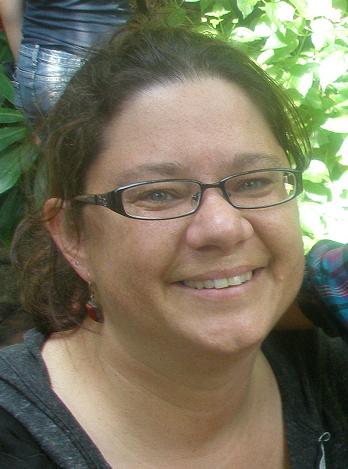
<p>I am a good candidate for your tutoring program because I like the learning process. I have experience with both K-8 and adult learners. I.</p>

<p>I have always enjoyed working with students, whether or not they were my age. Throughout both high school and middle school, I always helped my.</p>

<p>As a Biochemistry major, I am very familiar with subjects such as math, physics, chemistry, and biology. I took not only AP Chemistry and AP.</p>

<p>I feel that I would be a good tutor for Grade Potential because I have seen past pupils make noticeable progress after our sessions. My.</p>

<p>Growing up I was never the kind of student who just “got” things. From elementary school all the way up to college I had to.</p>

<p>My name is Mai. I am 23 years old, and I have just graduated from UCSB with a bachelors degree in English. I work very.</p>

<p>One of my current vocational goals is to work with students between 6-9 grade who are “at-risk” youth. This would be supplemented by Theater exercises.</p>

<p>I’m patient and I relate problems to the real world and I’m reliable. I volunteer tutored Math, Physics, and Electrical engineering at Pima Community College.</p>

<p>I understand that students learn material in different ways. Some need a “hands on” approach, others like visual, some like the written word and others.</p>

<p>I am reliable, I love to help others succeed, I learn from my mistakes, and I am ambitious in my pursuits. In the pursuit of.</p>

<p>I believe that the real key to tutor someone is to be able to teach many different methods to a student. This methods are either.</p>
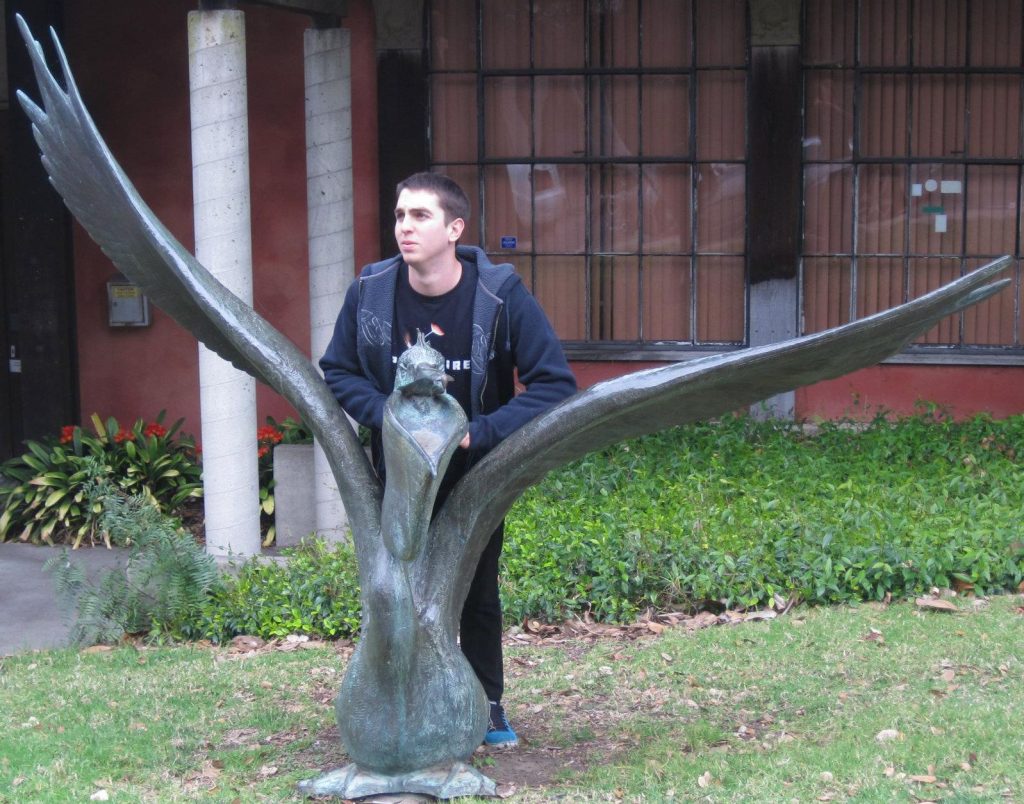
<p>First and foremost, I have experience in the education sector. This is limited professionally to preschool but I have spent plenty of time around educators.</p>

<p>My educational background would enable me to have comfortable, active conversations with students regarding the subject material. As a trained counselor I have worked with.</p>

<p>I believe that I would be a good tutor for Grade Potential because I love working with and motivating people. I have experience in leadership.</p>

<p>I spent two weeks in South Carolina with a program that partnered with Save the Children. While there I volunteered at an elementary school and.</p>

<p>I would be a great tutor because I thoroughly enjoy working with youth of all ages and I think that this is necessary for being.</p>

<p>My best teachers have had one thing in common: they love their subject. As a recent graduate from one of the top colleges in the.</p>

<p>I am considerably patient and understand the different learning processes and preferences that different students have. I know that there is no “proven” method or.</p>

<p>Subject Competence I am 1 year into a PhD program in Linguistics, with experience teaching undergraduates. My research in Linguistics has demonstrated my composition skills.</p>

<p>I have had an unusual career trajectory. Studying acting led to a career in stage management. The skills I fostered in stage management proved invaluable.</p>

<p>My goal is for students to learn as much as possible. In order for this to occur students need to feel supported and confident. I.</p>

<p>I am very patient, organized, well mannered, and even tempered. Both of my previous jobs involved working with youth. My past summer job was a.</p>

<p>As a teacher with over a dozen years of experience, I have a proven record of being reliable, responsible, presentable and engaging. As a mother,.</p>
<p>Aside from my professional experiences, I believe I’d be an excellent fit for Grade Potential for my enthusiasm and attitude. I’m upbeat, positive and I.</p>

<p>My goal is to become a bilingual teacher for primary school, I believe that exposing myself to different situations and experiences will allow me to.</p>

<p>Being a professional in whatever field I pursue is something I pride myself on. Anything less than that and I am betraying myself, not the.</p>
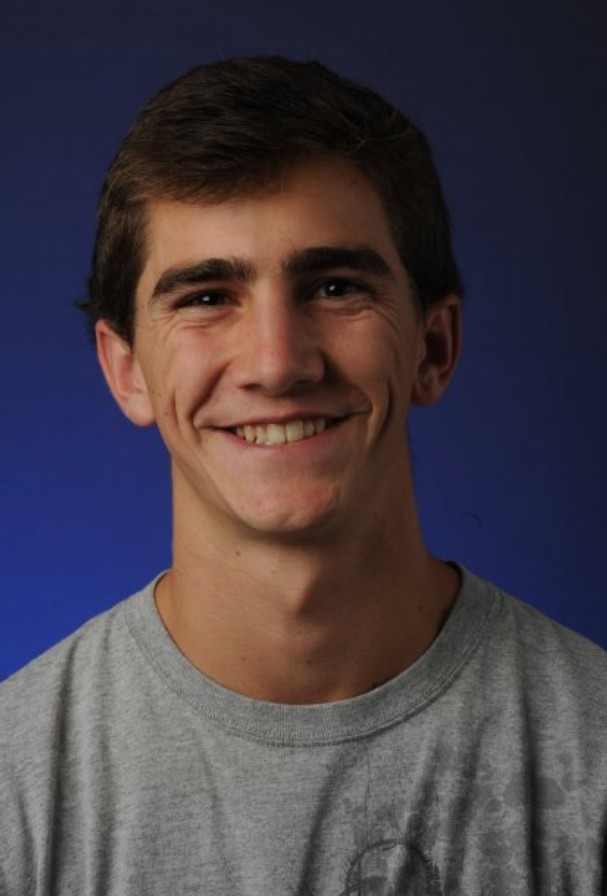
<p>I have held jobs that have given me experience teaching a wide spectrum of ages and personalities. At some point I have worked with kids.</p>

<p>I believe I will be a wonderful contribution to the Grade Potential mission for the following reasons. I truly enjoy helping and teaching students to.</p>

<p>As an individual who’ll admit to loving school, I enjoy knowing I’m helping others understand material they may struggle with. I’ve worked as a tutor.</p>
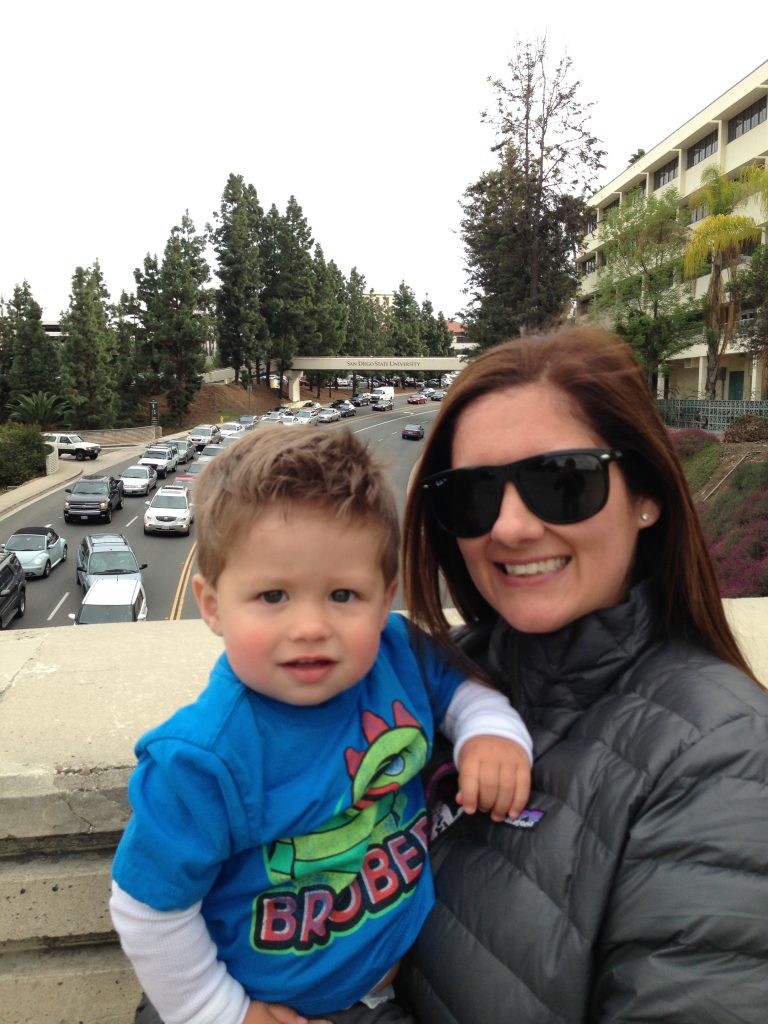
<p>I have experience in teaching grades k-6. I’ve been a substitute teacher, a preschool teacher, I’ve taught 1st grade for 2 years, I was an.</p>

<p>My tutoring experience ranges from pre-K to high school and I have approximately 400+ logged hours through various California tutoring agencies including private tutoring while.</p>

<p>I’m very confident in both my language skills as well as a university student. I love working with young people who need help with material.</p>

<p>I am very skilled at conducting lesson plans and keeping students engaged. My experience in many different education positions has shaped me into an enthusiastic,.</p>

<p>I would be a great tutor because I have a passion for aiding people in gaining confidence and a better sense of self through knowledge.</p>

<p>I relate well to students, I am competent in my field, and I enjoy helping others learn. You could go back to my tutoring client.</p>

<p>I connect with the people I work for and then I adapt what I need to do to help them. Sometimes it’s through games or.</p>

<p>My experiences in the field of education over the past eighteen years have afforded me the opportunity to interact with students, teachers, and parents in.</p>

<p>I have tutored both with tutoring companies and independently. I tutored for Atelier Tutoring in Los Angeles for three years, and am still tutoring one.</p>

<p>First, I would be a successful tutor with Grade Potential because I am very passionate about sharing my love of learning. French has been a.</p>

<p>I believe I am an ideal candidate for Grade Potential. In my five years of teaching experience, I have lead innovative and engaging classes and.</p>

<p>Ever since I started high school, I have had a passion for tutoring and helping people learn. I myself love math and statistics, and nothing.</p>

<p>From years of tutoring, I have been able to utilize patience and understanding. I understand what it’s like not understanding material right away and from.</p>

<p>Working kids inspires me greatly: it makes me want to return that inspiration. They require patience and motivation to work with and teach, somehow i.</p>

<p>I believe I would be a good candidate for this position for a couple of reasons. Not only do I excel at all levels of.</p>

<p>I am a huge fan of one on one style teaching. I have an instinct for finding alternative approaches to teaching that will best benefit.</p>

<p>I have 35 years classroom teaching experience. I love children and relate easily to them. I have the ability to put children at ease which.</p>

<p>Teaching is a good way to know what I have already known better. Additionally, I can feel a very strong sense of achievement when I.</p>
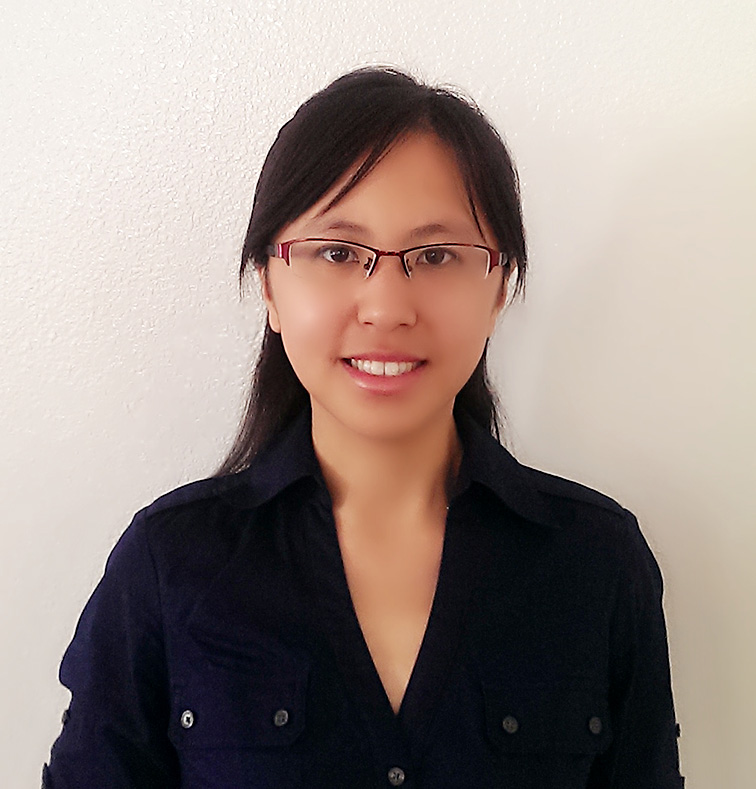
<p>I am very patient and very easy to talk to. Students are never afraid of asking me questions. I often take time to figure out.</p>

<p>I think I would be a good tutor at Grade Potential because of my experience, drive, reliability and communication. I have experience working with students.</p>

<p>I love encouraging women to enter the sciences! I think women are underrepresented in the science and providing confidence in their courses is a really.</p>

<p>Although it’s been some time since I graduated from college, I know biology really well! I’ve taught in this area and I’ve worked as a.</p>

<p>First off, I think I would be a good tutor for Grade Potential because I believe I have the necessary experience required. Also, during my.</p>

<p>I think that I would be a great tutor because I enjoy helping others by explaining tasks with patience and clarity. As a result of.</p>

<p>I have worked in the Education field for fourteen years. My experience consists of being a Tutor, Paraprofessional, Teacher, Behavioral Therapist, Autism Consultant and Program.</p>

<p>I have many years of experience teaching a variety of subjects, am reliable, dedicated, cheerful, and friendly. I genuinely look forward to time spent with.</p>
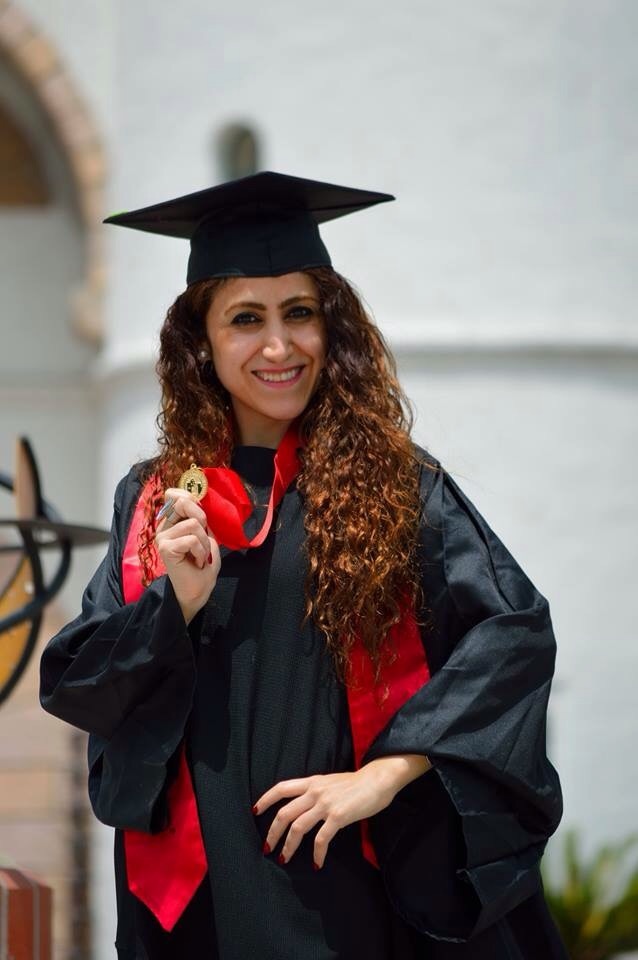
<p>I have plenty experience in this filed since I was Teacher assistance for math and dynamic at san diego state university and I have many.</p>

<p>I am looking to tutor students in need of extra help or looking to jump ahead to the next years curriculum. Working with students in.</p>

<p>Having volunteered around the community at my college, I have had the opportunity to work with children on numerous occasions and have gained the experience.</p>
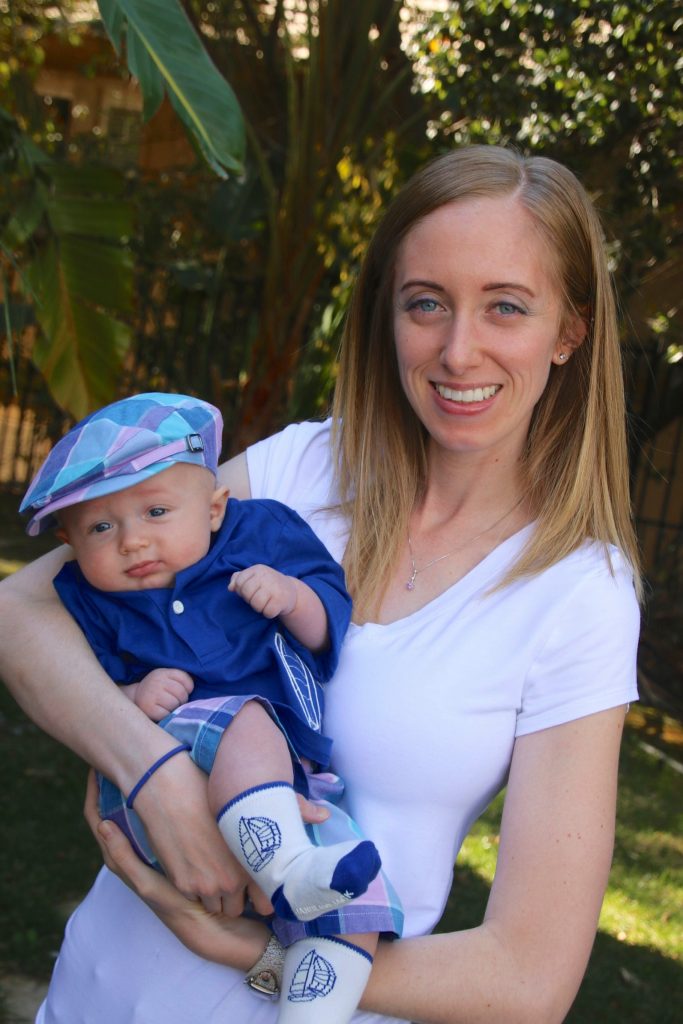
<p>Writing has always been a passion of mine, and any opportunity to help others gain a new appreciation for something I truly love is very.</p>

<p>I currently tutor privately in both music performance and English. I also have extensive experience working with students of all ages in the school environment.</p>
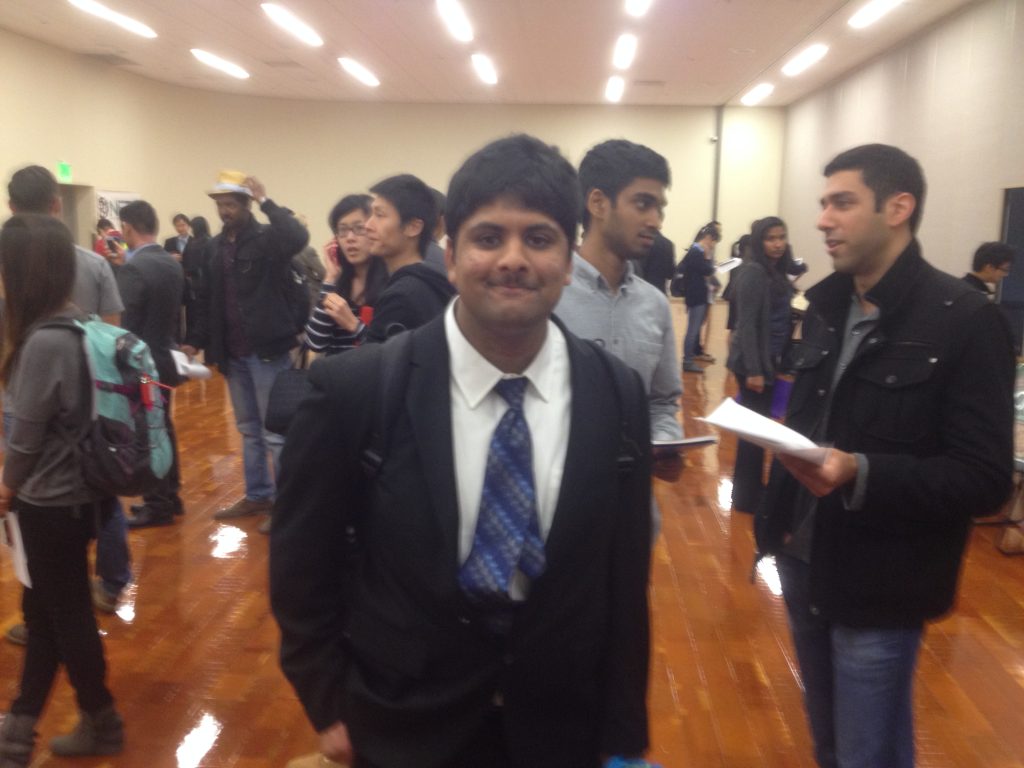
<p>My teaching method is simple for making people understand STEM subjects: teach the underlying concept and then show that everything extends from the concept as.</p>

<p>I’ve tutored calculus in the past to an adult in a continuing education class. I’ve also worked with grade-school students, including a 6th grader who.</p>

<p>I’m very patient with kids and have experience working with high school students due to my current job working as a Recreation Leader. Though I’m.</p>

<p>I have always enjoyed teaching and learning. One of the most rewarding aspects of my Master’s program was the opportunity to instruct multiple freshman chemistry.</p>

<p>I am an excellent tutor due to that I believe that knowledge is the key, and as long as we have knowledge we are able.</p>

<p>I would be a good tutor, not just because I am knowledgeable, but also because I am studying to become a teacher. This opportunity would.</p>

<p>I am an educated professional with experience in relationship building and customer-centric roles including: child care services, recruiting and hospitality. I possess excellent interpersonal skills.</p>

<p>As a student myself I know whats it’s like to learn new material and how sometimes it can be a struggle to grasp a concept.</p>
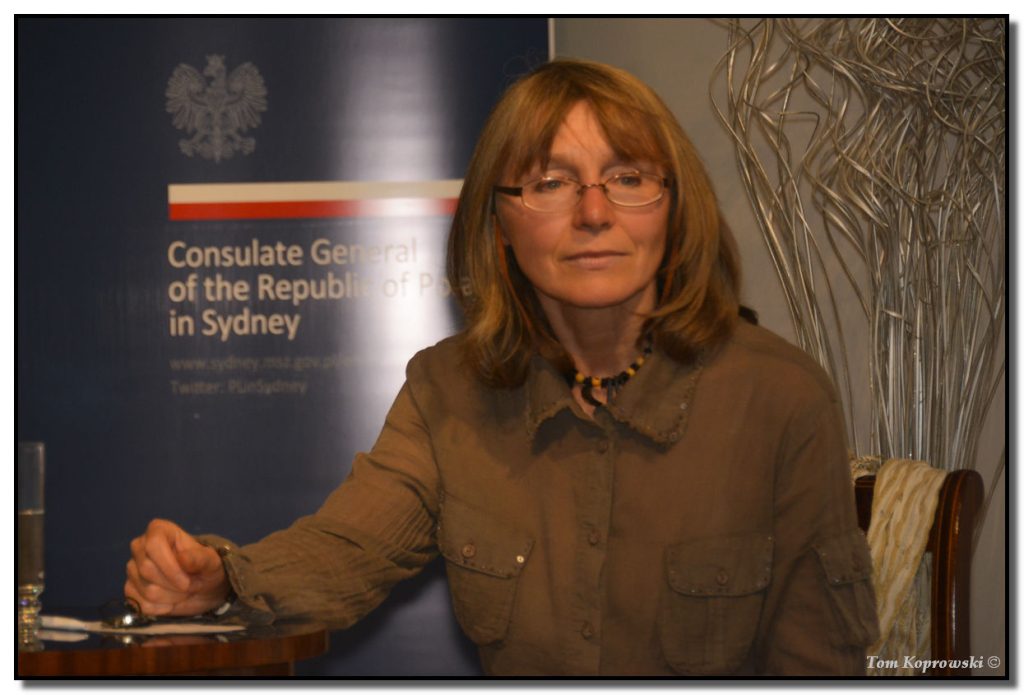
<p>I could be an asset to your Team because: Students: I enjoy and find very rewarding working with young learners, helping them succeed and do.</p>

<p>I love to teach and I am very patient. I have trained a lot of colleagues in over 15years as a banker. I have a.</p>
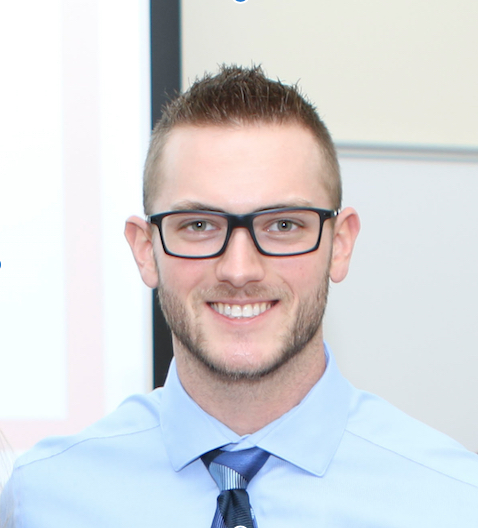
<p>My former Organic Chemistry II professor at Valencia College in Lake Nona, Florida recommended management to hire me for the Supplemental Learning Leader position in.</p>

<p>I have had over ten years of tutoring experience. My ability to explain an answer in multiple ways while encouraging independent work, and keeping a.</p>

<p>My experience as a tutor started in high school, at an institution called Youth Radio, where I worked as a radio broadcasting peer teacher, and.</p>

<p>There are many reasons why I am a good tutor, but first and foremost, my ability to personally connect with students allows me to fully.</p>

<p>I would be a good tutor because of many reasons. My first reason would be the passion I have for helping and teaching people. I.</p>
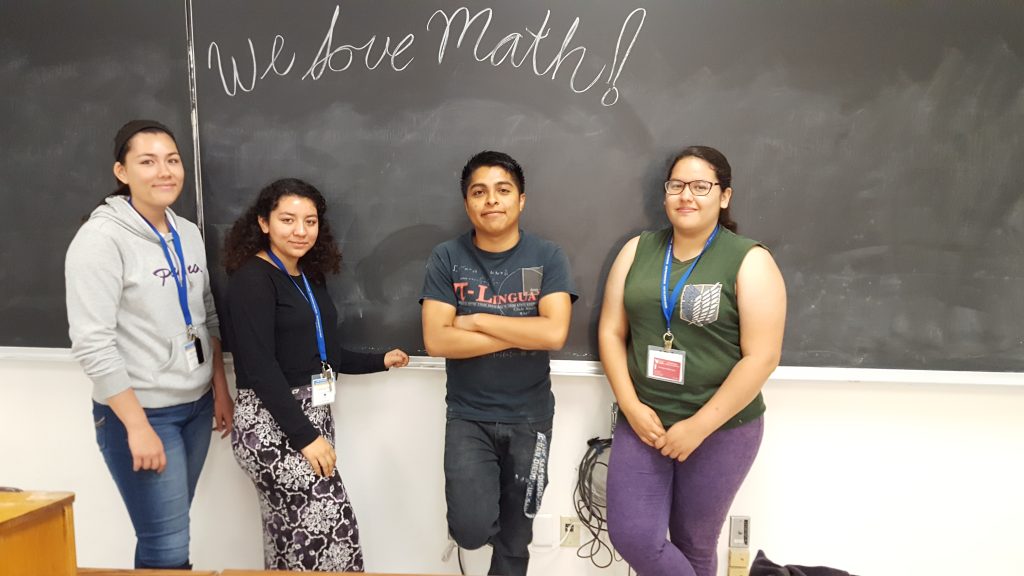
<p>During my undergraduate years at the University of California San Diego, I was privilege to be able to teach, tutor, and conducted Action research on.</p>

<p>I believe that I have been a great mentor/tutor/teacher on many levels throughout life as I enjoy sharing knowledge and communicating with others. My experience.</p>
<p>I live by the quote “Seek to understand, before you are understood”. Basically i believe the learning process is an engaging situation between two people.</p>

<p>I consider that each student is different and unique in its own way. To find a fun and dinamic way of teaching for my students.</p>

<p>I take pride in my work with students and find value in serving as a facilitator of their learning. The ultimate goal is for students.</p>

<p>While earning a B.A. Psychology/Education at Bucknell University in Lewisburg, Pennsylvania, I completed a Teachers Aide Internship on the Navajo Indian School Reservation in Tuba.</p>

<p>I have tutored off and on since high school, when I tutored a second and fifth grader. Since then, I have offered my services at.</p>
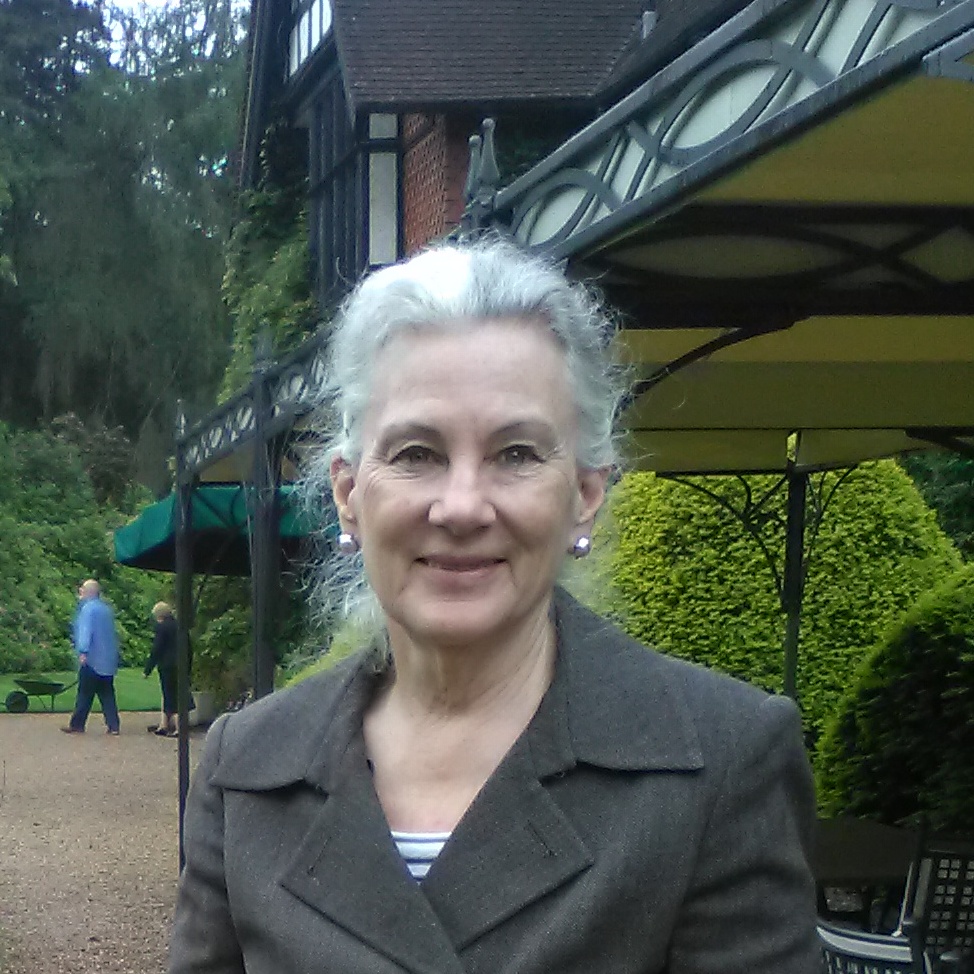
<p>I have aptitude to teaching with the focus of helping the individual to succeed. I have experienced that with just some applied focus on the.</p>

<p>I work as a Social Education Instructional Aide fir the Poway Unified School District. I have 6 years experience working with Children from k -.</p>

<p>I have more than 2+ experience in teaching and helping kids in things such as their homework, projects, writing, reading and speeches. I love kids.</p>

<p>When students struggle with certain subject material or certain situations, they tend to lose confidence and it begins to effect other aspects in their lives.</p>

<p>In order to be a good tutor, there are some important qualities that should be possessed. Those qualities are honesty, patience, creativity, adaptability, and humanitarianism,.</p>

<p>I have experience volunteering as an English tutor for Thai students and native Spanish speakers. I am a kind and patient person who believes that.</p>
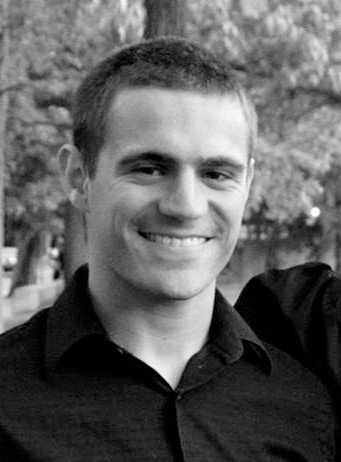
<p>I’ve been a tutor in both an informal and an official capacity since I started high school. As a strong academic student, I often found.</p>

<p>I would be a great tutor because not only am I great with kids but I also am able to expand their knowledge in a.</p>

<p>I am an experienced tutor and I am available during the times/days needed. I live close to downtown. I am experienced working with 2nd grade.</p>

<p>I never give up on a student. Period. If one method of instruction does not have the desired effect, I differentiate, by taking into consideration.</p>

<p>I am skilled at listening and deducing where students are struggling, and reworking the problem to help them understand. I know that when they make.</p>

<p>I was an abused student in school and I am come to teaching to give students like myself a second chance, building their confidence and.</p>

<p>I have a lot of experience with children. I have worked in childcare, tutoring and coaching. I feel that my passion for education and my.</p>

<p>As a credentialed Education Specialist, I excel at supporting students who are struggling or having difficulty in most academic subjects. I am trained to use.</p>

<p>I am an excellent tutor because I have relevant and ongoing experience(4+ years) as a professional tutor with students at the college level, as well.</p>

<p>I was a Classroom Activities Specialist for Hemet Unified School District for 3 1/2 years. The position required staff to help tutor students during homework.</p>
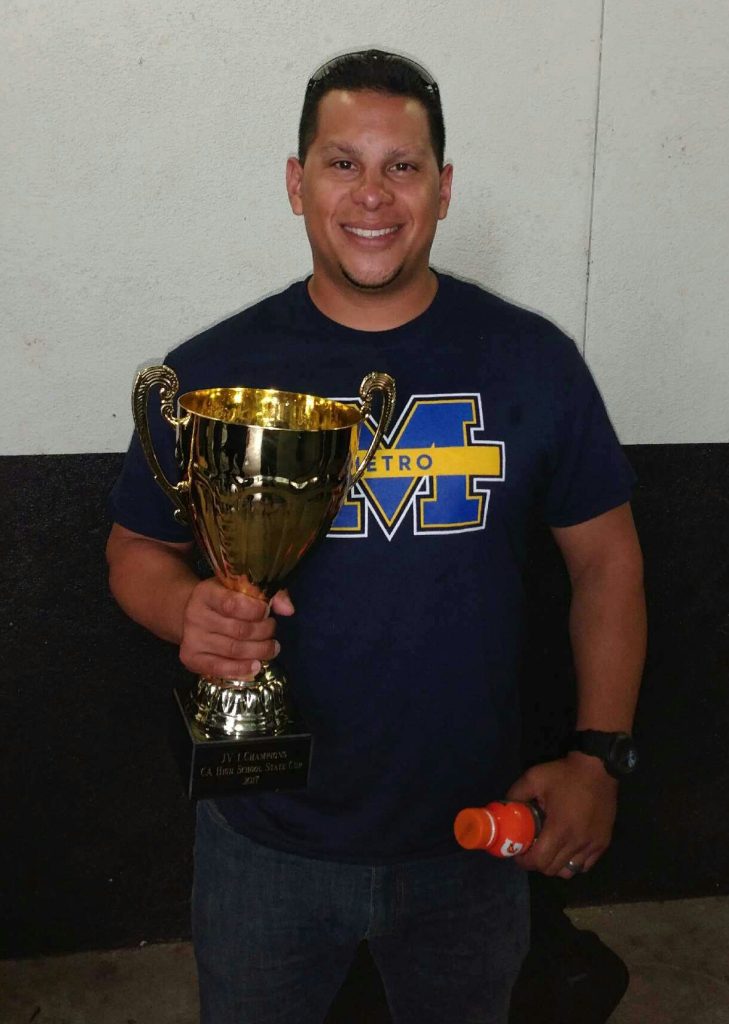
<p>For the past seven years that I have worked for the district as a Instructional Assistant, teaching has become a passion of mine. I am.</p>
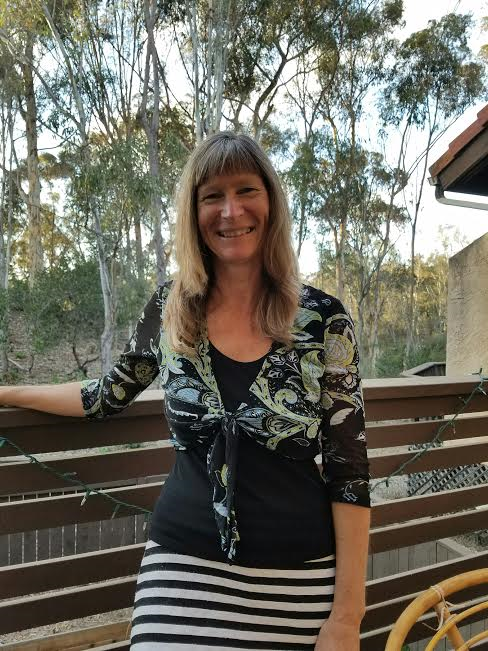
<p>I homeschooled my daughter. she is now in a private College. I am patient, kind yet firm and flexible. I am focused and can keep.</p>

<p>I believe I would be a great tutor because I am patient and I love to learn. When you have a passion for learning, it’s.</p>

<p>I worked for many years as an Applied Behavior Analysis therapist working one-on-one with children with Autism Spectrum Disorders. While I love teaching in the.</p>

<p>I would be a great tutor because I have a passion for education as a certified teacher. I love seeing those “light bulb” moments! I.</p>

<p>Tutoring is a natural fit for me. I have a great balance of technical/mathematical education as well as a professional attitude and communication skills that.</p>

<p>I believe that it is my responsibility and ultimate goal to help students and motivate them in becoming independent learners. To do so, establishing rapport.</p>

<p>My current position as an Academic Coach has given me the opportunity to work with student who have IEP’s. For the most part, the students.</p>

<p>I spent seven years as a high school teacher, and one as a junior high school teacher. I have experience in working with various types.</p>

<p>Whenever I learn something new I break down the material like I’m trying to explain it to someone else. This works well for me, especially.</p>

<p>I’ve been a gymnastics coach for 18 years; in that span, I’ve learned that I am patient. I have a knack for relating difficult information.</p>

<p>I have over 5 years of experience tutoring everything from middle school subjects to the LSAT. I have experience working with students with ADD, and.</p>

<p>I have 5 years of high school English classroom teaching experience, and I understand the complex needs of students who have different learning styles, personal.</p>

<p>Hello, my name is Alex, I am 24 years old and I attend Southwestern College. I am a Construction Engineering major and Mathematics minor. I.</p>

<p>I am a good student who has experience in education and working with children. I have worked as a Para Educator for two summers in.</p>

<p>I am a good listener, as well as a good coach. I pick up on strengths of people, and am able to encourage students to.</p>

<p>I have a great rapport with my students because I believe in student-centered learning. Any subject can be presented in a novel and creative way.</p>

<p>I have been a classroom aide for middle school students and am currently subbing as an Instructional aide. I have completed many Science courses, which.</p>

<p>I use to tutor peers in high school to pass English classes, English exams, an de the spanish AP test. I’m a native spanish speaker.</p>
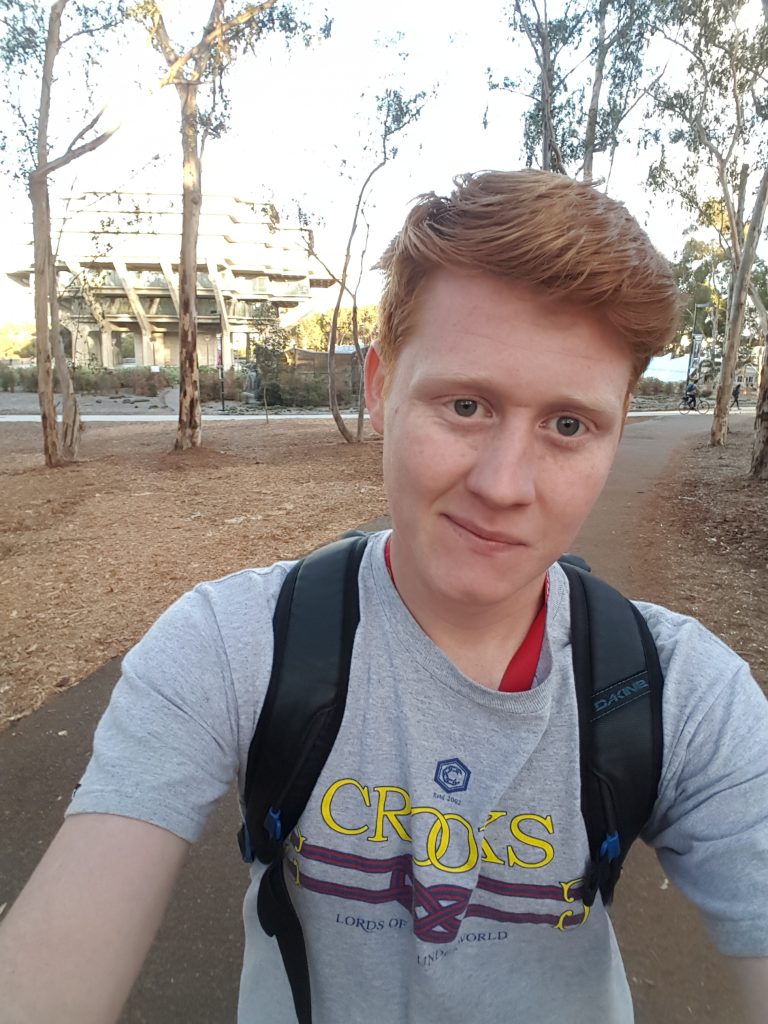
<p>I would be a good tutor because my goal right now in my life is to be both a scholar and a citizen. Helping students.</p>

<p>I have been tutoring adults and children in all aspects of the English language, i.e., ESL learners, Grammar, Usage, Idioms, Reading Comprehension, Writing, etc. I.</p>

<p>I am a good tutor because I have patience with my students. I understand how difficult it can be when you don’t understand a subject.</p>

<p>I would make a good tutor because of my calm and patient demeanor. I believe the ability to be patient and encouraging is key when.</p>

<p>I would make a phenomenal tutor. I find great joy in helping others understand concepts and excel in school. I am very patient and am.</p>

<p>Over the past three years, I have taught nearly 20 classes at multiple community colleges. During this time, I’ve continued to work at Grossmont College’s.</p>

<p>As a graduate student, it is important for me to be employed in high qualified positions that not only provide a financial support but also.</p>

<p>In college, I worked with Southeast San Diego Tutors to tutor elementary school students and Varsity Tutors for ACT/ SAT prep. I received my multiple.</p>

<p>I am a good tutor because inspire confidence in my students while enforcing positive energy while they learn new and difficult topics. I worked as.</p>

<p>I have taught English as a Second Language for more than 20 years in college and in some other institutions as well. I have taught.</p>

<p>I love to help people move toward reaching their full potential! It’s amazing to see the “Aha!” moments light up eyes of any age. My.</p>

<p>I am an outstanding tutor because I love to help others learn and genuinely care for providing methods for students to learn the new or.</p>

<p>I’m patient as I group up with 2 siblings, so I’ve tutored them. I’ve tutored family friends’ children as well as family members in college,.</p>

<p>As someone who has babysat for many years, I have already had experience tutoring kids. I think there’s an Einstein quote about how if you.</p>

<p>I am the oldest child of five, with parents who were never really in the picture- especially if it involved school. I therefore had to.</p>

<p>I am very good with explaining why something is the way it is. I am also very passionate about education and will put in the.</p>

<p>As an Education Specialist, the students I have worked with over the years have made significant progress with the following programs, with two of my.</p>

<p>Ever since I started elementary school, I found joy in helping others academically. It was a pleasure to work with someone willing to put forth.</p>

<p>I believe I am a good tutor because part of being a good tutor is accepting that not all student learn the same way, or.</p>

<p>I have experience teaching a wide range of grades and subjects. I began teaching as an undergrad through the peer writing mentor program where I.</p>
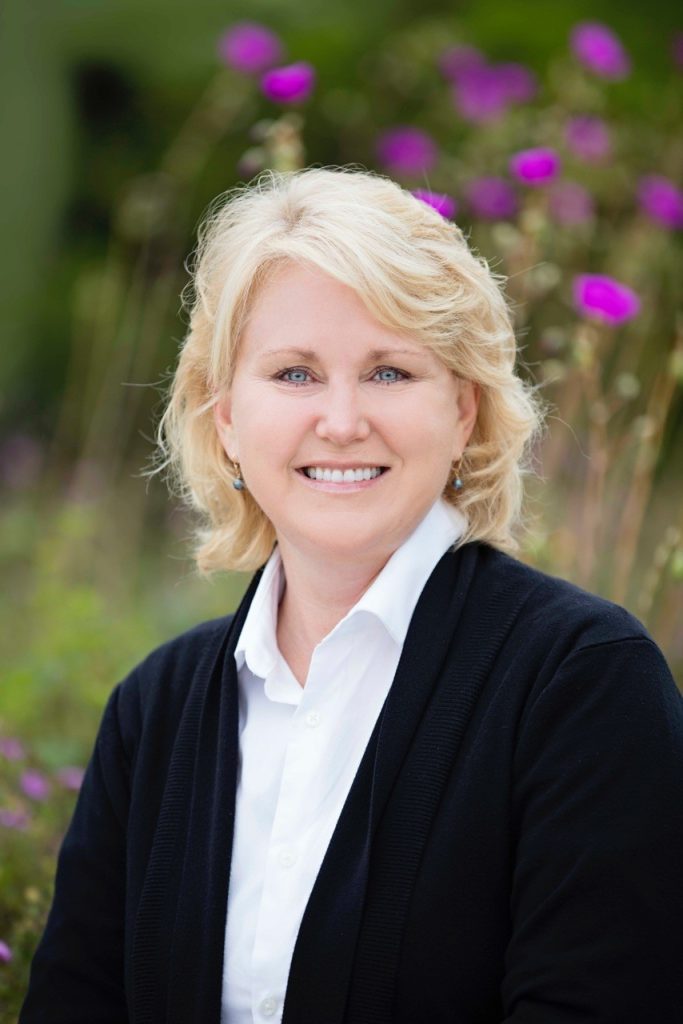
<p>I am a professional educational interpreter with 25 years’ experience in K-12 classrooms. I have worked hand in hand with teachers 6.5 hours per day,.</p>

<p>I am a good tutor; I have the passion to teach and the patience to teach explain the materials to students. I experienced tutoring in.</p>

<p>I could motivate the students using different types of mnemonic devices and increasing their awareness by doing a problem derivation like deriving formula on your.</p>

<p>I have a passion for helping people and I love children. I have tutored for the SAT in the past and spent last semester as.</p>

<p>Because I already have plenty of experience as a teacher and I know that I have the patience and commitment required to be a good.</p>
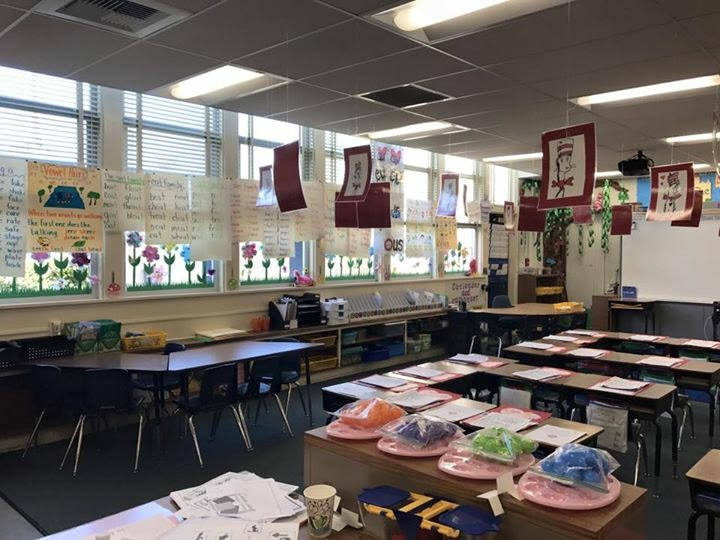
<p>I have tutored three people for the RICA because they had taken it and failed. After their study sessions with me they were all able.</p>
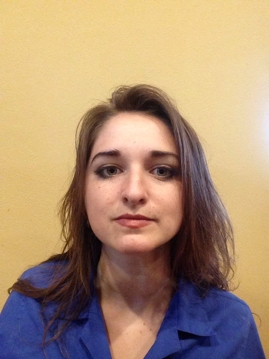
<p>I have been a private tutor for about 3 and a half years, and it is by far my favorite way to engage with younger.</p>

<p>I will be a great tutor because I have experience working with a diverse group of student’s who are from a variety of backgrounds, grade.</p>

<p>Throughout high school and college I’ve always enjoyed helping my classmates with the material they weren’t comfortable with yet. At an early age I found.</p>

<p>I work extremely well with children of all ages and have an excellent background in academics. I also play a sports at a collegiate level.</p>

<p>Spanish is my primary language. I was born and raised in Mexico. I also have been a Spanish and English teacher for 21 years. I.</p>

<p>I’ve worked as a tutor while I was in college. Now, I have teenagers and their younger cousins that I tutor in various subjects, mostly.</p>

<p>I worked as a guitar teacher for over 2 years. I am experience teaching and dealing with children in a one on one and group.</p>

<p>I have taught collegiate level science at CSUSM since 2014. I have a passion for teaching science and being that I am relatively younger, I.</p>

<p>I have been an English tutor for the last six years; in fact, I tutored a majority of my AP Language and AP Literature peers.</p>

<p>I would be a good fit as a tutor because I can find new ways to explain things to students when they don’t understand the.</p>

<p>I currently have 1 year of experience as a tutor at the M.E.S.A center at southwestern community college. Having completed courses at the college on.</p>

<p>I think I would be a great tutor due to my patience and love of learning. I am able to help people through difficult moments.</p>

<p>In my tutoring experience I’ve learned that every student has their own pace and a preferred way of being taught. While working in the tutoring.</p>

<p>I would be a great tutor because I am passionate about learning and teaching. Additionally, integrity, attention to detail, flexibility and thorough communication are among.</p>

<p>I have prior tutoring experience with a first grader and a third grader in City Heights. I help them with math homework, reading, spelling, and.</p>

<p>As far as tutoring goes, my strongest quality is patience; I’m willing to explain a topic in a hundred different ways until the student has.</p>

<p>I have been volunteering with Kindergarteners for the past 3 years. Individually helping to recognize letters, sounds and reading and one to one coordination. I.</p>

<p>I would be a good tutor with Grade Potential, because I am passionate about working with children and teenagers and helping others. I value hard.</p>

<p>I have tutored students in high school prior to beginning university. I am patient and appreciate an interactive and comprehensive method to learning, where the.</p>

<p>I would make a great tutor because I have a very strong connection to children. I enjoy working with them and find it fun. It.</p>

<p>I have over 10 years of experience as a classroom teacher, and have also worked as a private tutor in the past. I currently teach.</p>

<p>Hi there, I’m TJ…I’ve been in the software industry for 14 years now. I was a programmer for 11 years and I moved up to.</p>

<p>I believe I would be a good tutor for your company because I really invest myself in the student and what they want. I take.</p>

<p>I am passionate about the applications of mathematics, which is why I am majoring in engineering. Mathematics is a subject that some students will disregard.</p>

<p>I believe I am a good tutor because apart from having the qualifications of a teaching degree and having extensive experience in teaching itself, I.</p>

<p>I am a good tutor because I thoroughly understand the subjects that I can tutor in and I have a passion for education. I believe.</p>

<p>Currently I work as a creative writing teacher with the Creative Arts Consortium, a non-profit organization that holds classes in different day treatment programs for.</p>

<p>I have been tutoring in san diego on one to one for three years and I like it very much. I have been teaching math.</p>

<p>I would be a good tutor because I have extensive experience working with young students in a variety of settings, many of which are educational.</p>

<p>My experience with tutoring, directly, has come from my time tutoring at San Diego Mesa College in the Star/TRiO program and with MT2C (Tutoring Program.</p>

<p>I have a Bachelor’s Degree in Social Science with an emphasis in teaching. This makes me an ideal candidate to work with older students in.</p>
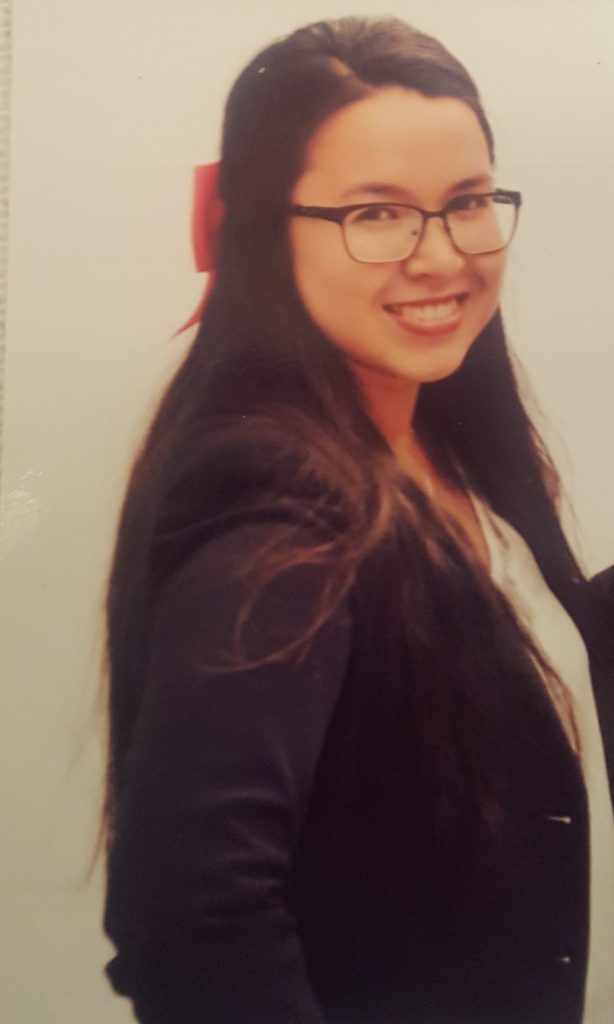
<p>I’m patient and understanding when it comes to teaching a student a subject that is difficult for them to grasp. I have been tutoring my.</p>

<p>I believe I would be a good tutor because I take into consideration how I would feel being introduced to a new subject and how.</p>

<p>I can adjust my tutoring to all 3 major learning types: visual, auditory, and kinesthetic. I have always admired my teachers for passing on their.</p>

<p>My education was based in Ireland as I have only recently moved to San Diego in California. However despite the distance from here to there,.</p>

<p>There are several reasons why I would be a great tutor for your company. First as a college student I’ve volunteered various times reading to.</p>

<p>I would be a good tutor because I am very patient, me being an Egyptian American meaning I was born in Egypt and raised here.</p>

<p>I am an experienced full time teacher who has taught multiple grade levels and learning levels. I am a punctual and prepared teacher who is.</p>

<p>I am willing to work with those who are really eager to learn. I know I have the necessary qualification and experience to help adults.</p>
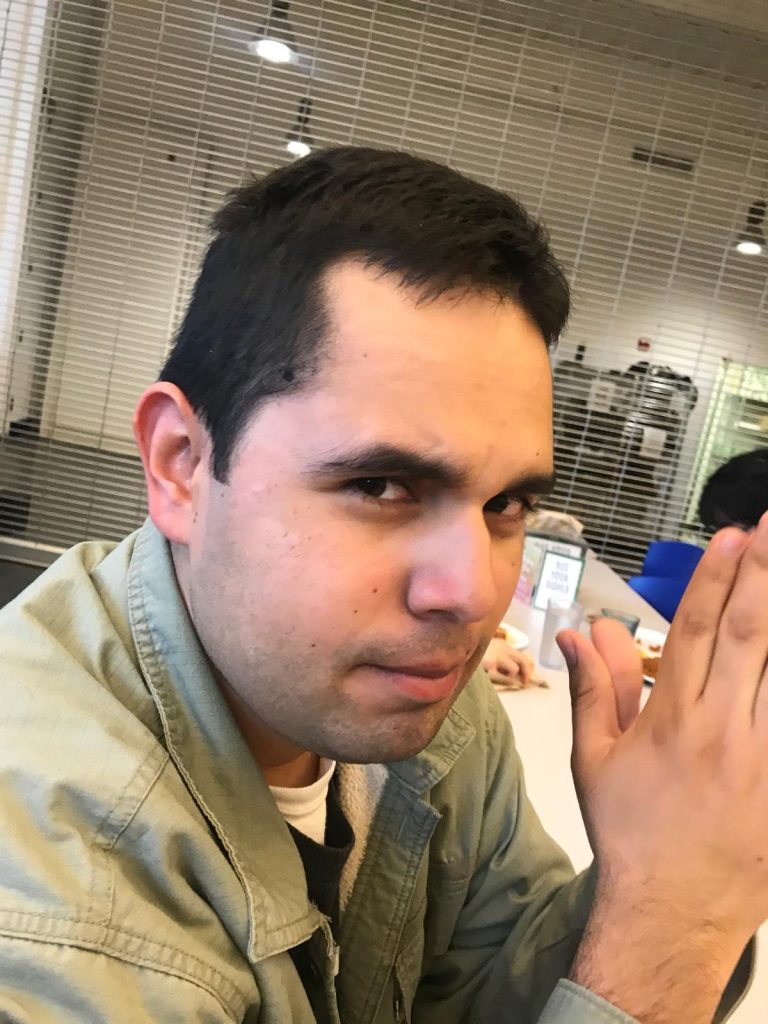
<p>I have a strong desire to help young people succeed on their educational careers. As a recent university graduate, I have the knowledge of what.</p>

<p>For years, I’ve personally went out of my way to teach people, whether it be my friends or my acquaintances. I have sat in the.</p>

<p>As a current graduate student, my goal is to work as an educational professional. I believe that it is important for all students to receive.</p>

<p>I am patient and I can easily come up with different ways to teach something. I am an empathetic person who can understand the student’s.</p>

<p>I have always had a passion for teaching other people subjects I understand. I’ve always debated between Higher Education and Computer Science for my career.</p>

<p>I understand that every individual has an optimal way of learning. When it comes to one-on-one tutoring with students, the approach to tutoring is what.</p>

<p>Ever since I was an elementary student, I was actively involved in humanitarian work with my missionary parents. I was born in Brazil and lived.</p>

<p>During the course of my academic career (San Diego State University, 3.7 GPA, B.A. in English Honors), I worked for three years with Poetic youth,.</p>

<p>Being a student myself and walking the stage this year at UCSDs commencement, this is finally the time for me to hone in on what.</p>

<p>I am very energetic and I have a passion for helping others. I do not have any tutoring experience but I am currently taking classes.</p>

<p>I worked at a summer school for two summers and am very comfortable working with kids and giving instructions. I love to teach and and.</p>

<p>With my 2+ years of tutoring experience, starting from high school, I’ve worked with students from a variety of different ages and on several different.</p>

<p>I absolutely have enjoyed my experience back in college as a single mother of two and a straight-A student, the whole experience has been incredibly.</p>

<p>I have previous experience tutoring my fellow peers during in high school. As a senior in high school, I worked with students of all grades.</p>

<p>I have ben a 1st, 2nd, 4th, and 5th grade teacher over the last seven years. I am comfortable working with any child, teenager or.</p>

<p>I love working with kids and also watching them learn. I’m very patient which is something I believe is very important when it comes to.</p>

<p>I would be a good tutor for your company because knowledge of linguistics is applicable to a wide variety of subjects. I feel that my.</p>
<p>I am a great tutor because I am patient and am always looking to see how the individual learns best. My background in education has.</p>

<p>I received my bachelor’s degree in history in the Spring of 2016 and I am currently beginning a program at Biola University to earn a.</p>

<p>I am an experienced teacher. I have been tutoring Japanese language to people in the US almost 20 years. I have created many effective lesson.</p>

<p>I believe that people can learn much more than they expect if they can only find the right way to approach the material and I.</p>

<p>I taught Community College English, literature, grammar, composition for over 20 years. I began tutoring at College of Marin, Language Lab when I was a.</p>

<p>I would be a good tutor because I have learned how to be patient with my students and ask them questions to get their brain.</p>

<p>I have over 14 years of teaching experience from substitute teaching, tutoring, creating curriculum, teaching Junior High and Upper Grades classes in Montessori, Waldorf, and.</p>

<p>I have been working with students for about 5 years, 4 of which were volunteering with students with special needs, underserved populations and general population.</p>

<p>I’m a very patients person, who understands learning takes time. I’m passionate about the subjects I would be teaching to kids and want to come.</p>

<p>I would be a good tutor, because I love helping people. I enjoy watching people grow and inspiring improvement in their lives. It gives me.</p>

<p>I know that I would be an excellent tutor and a great employee for your company because I love the job that I do when.</p>

<p>I am a 24 year old girl in community college. I am a student myself and I know the challenges and struggles a student may.</p>

<p>I have more than 4 years of tutoring experience. I thoroughly enjoy working with our younger generations and helping them achieve their academic goals. I.</p>

<p>I have taken a very wide array of classes simply because I love learning and exercising my mind. As a result, I am able to.</p>

<p>Education is my passion and I strive to provide the best experience for students. have several years of experience tutoring all ages in various levels.</p>

<p>From a young age, I have been inspired by education and fascinated with subjects of all kinds. I’ve always made an effort to take classes.</p>

<p>I would be a good tutor because I love working and helping people. I have always loved and exceled in math. So combining the two.</p>
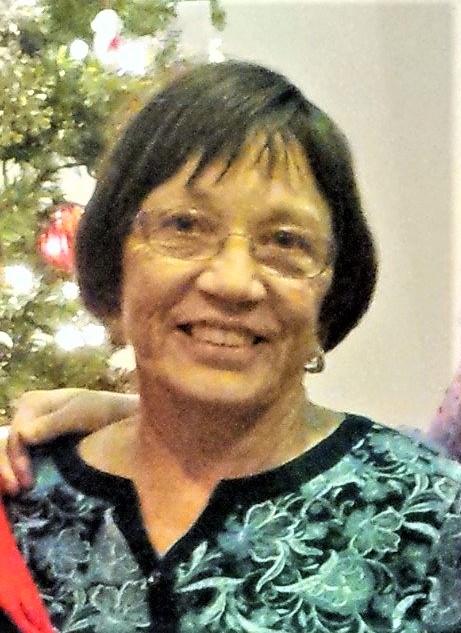
<p>I give individual concerned attention to each student, endeavoring to use creative ways to teach academics. I use methods that will reach auditory, visual, and.</p>

<p>I tend to love helping people out when it comes to education I believe it is truly important to have. Therefore, I tutor people for.</p>
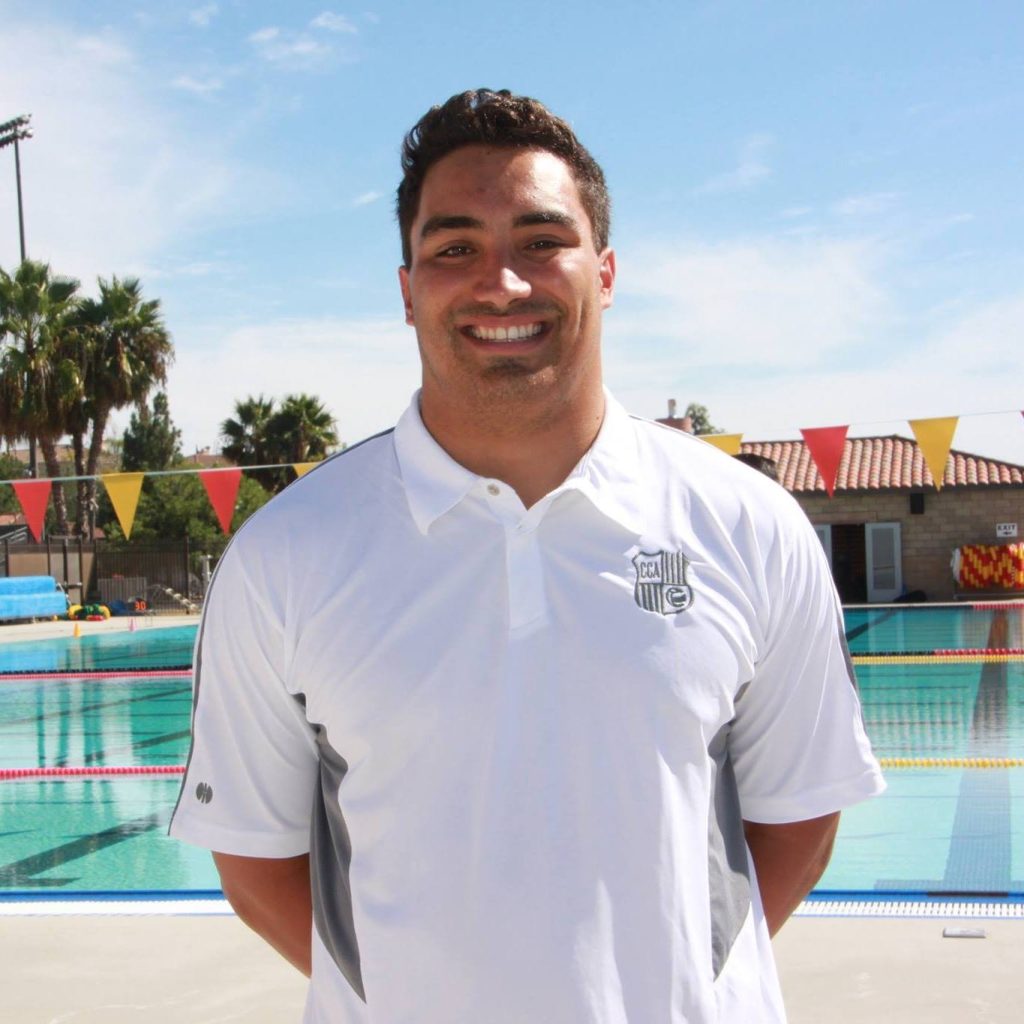
<p>I think I would be a good tutor because I have worked as a tutor and a coach throughout my time at UCSD. At UCSD.</p>

<p>Although I am currently serving as a Case Manager and currently taking graduate courses, I am thoroughly excited to be a tutor. I have tutored.</p>

<p>I am a good tutor for two reasons. First and foremost, I am passionate about education, learning and teaching. To that end I have been.</p>

<p>I am a good tutor because I became a teacher for the students. Helping students really grasp their subjects is what gets me excited for.</p>

<p>I would make a great tutor because when I teach, I always try and see the material from the student’s perspective, and to word it.</p>

<p>I think I would be a good tutor because I am currently a dedication teacher who loves working with students. I spend my work days.</p>

<p>I believe I would be a good tutor because I have done after school tutoring before when I was doing my community service. I also.</p>

<p>I have tutored middle school and high school students in English (particularly, literature comprehension and essay writing) since 2013. I also am an honors student.</p>

<p>I’ve been teaching/mentoring in some capacity for the majority of my life. I find nothing more fulfilling than teaching/mentoring. One of my greatest qualities is.</p>

<p>I believe I would be an excellent tutor with Grade Potential because of my experience tutoring children and because both my mother and grandmother are.</p>

<p>Since I was in high school, I always tutored children in English and Elementary Mathematics. I also volunteered at NGO’s to teach underprivileged children and.</p>

<p>I have been an instructor of martial arts for many years as well as a practitioner and perfor ER for piano for many years. The.</p>

<p>I have ample experience tutoring students of all ages. I’ve been an athletic coach for students ranging in age from 5-65 and have learned how.</p>

<p>To begin with I love to see a person succeed and achieve their goals which is why I have always found myself either working in.</p>
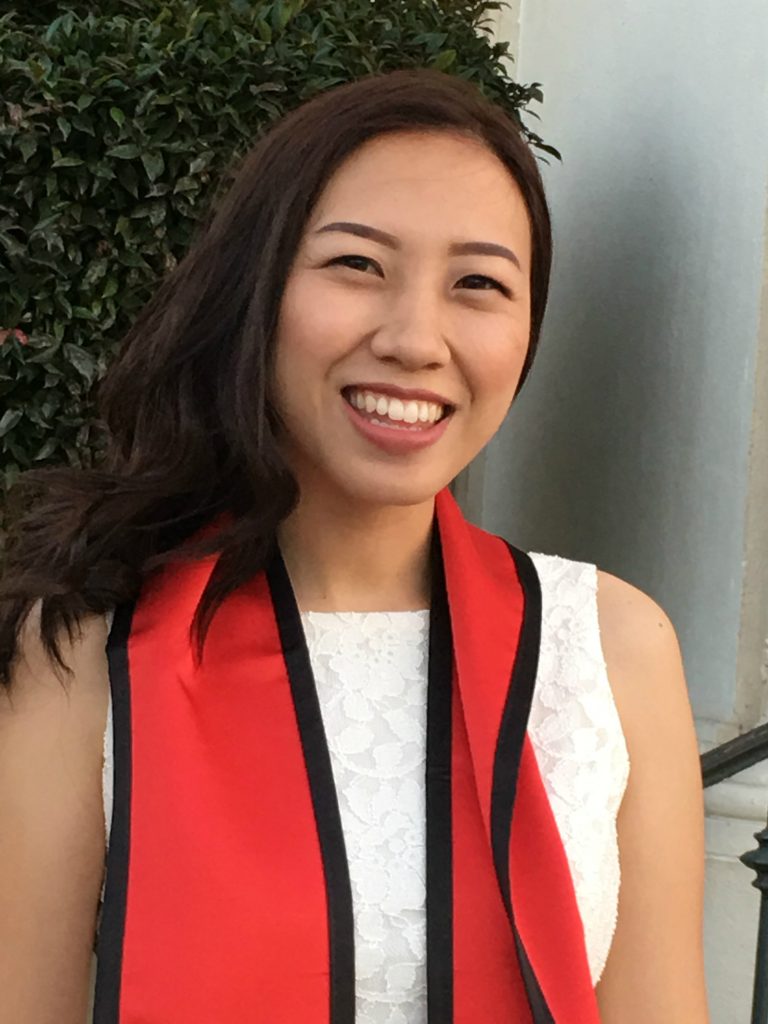
<p>I believe I qualify for the job because I am passionate about teaching. As a Liberal Studies major, I have a lot of experience working.</p>

<p>I would be a good tutor because I am very open minded. I am willing to go about teaching a different way to adapt to.</p>

<p>I enjoy the process of researching and sharing the knowledge I have gained with others. I take time out of my own schedule as a.</p>

<p>In addition to having tutoring experience, I am currently studying to become TEFL certified. This is giving me a deeper understanding of the mechanics of.</p>

<p>I would be a good tutor because I have experience and because I care about people. I consider myself a people person because I’m intersted.</p>

<p>I would be a good tutor because I know for a fact that teaching is not only mastering and showing a subject, but raising students.</p>

<p>I Started working as a tutor when I was in High School. After that I worked with several tutoring companies funded through the “No Child.</p>

<p>I love people that are learning, I get super excited and inspired to see where it will take them. I love learning myself, always reading,.</p>

<p>I was a coach and judge for high school speech and debate during college, and I worked with students of all skill levels improve their.</p>

<p>I have a genuine interest in guiding students through struggle, toward achievement, and possess the patience and communication skills needed to be a successful educator.</p>

<p>I was an Independent Contractor as an Applied Mathematics Tutor. I tutored students, K-12, in all levels of mathematics, including SAT and ACT prep. Also,.</p>

<p>I enjoy working with others to see them succeed. I have learned over the years that not everyone learns the same. It might take changing.</p>

<p>I am a good tutor because I have many years of experience working one on one with children. I also received my degree in psychology.</p>

<p>I have previous teaching and tutoring experience. I love working with kids; I am very patient, and I find the work to be fulfilling and.</p>

<p>Throughout college, I have always found myself in positions acting as a peer mentor. From being a big brother in my fraternity to being an.</p>
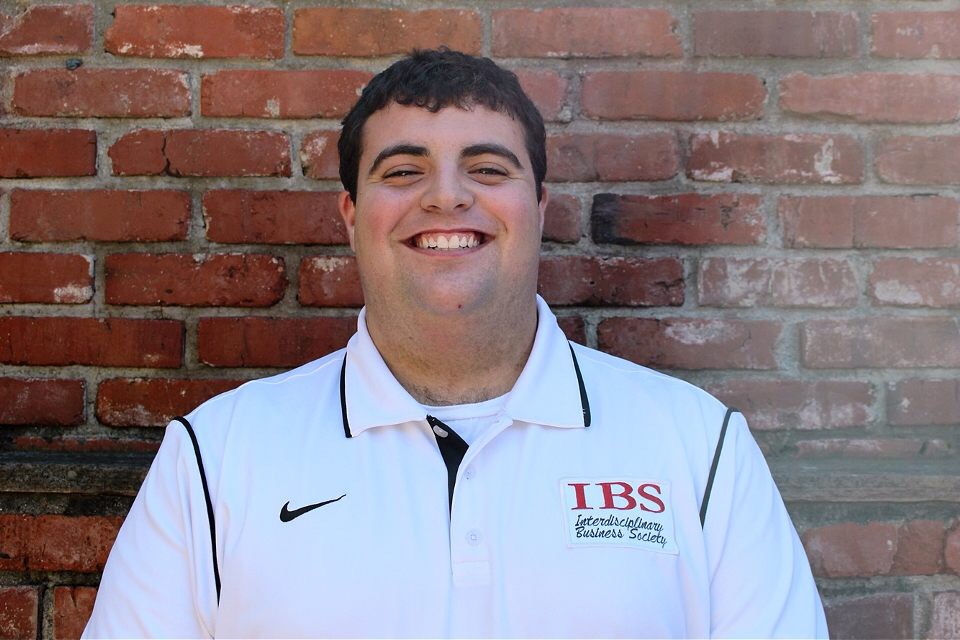
<p>I am a good tutor because I have a lot of patience. I grew up tutoring a younger brother that has a learning disability and.</p>

<p>I believe that I would be a good tutor for a multitude of reasons. Firstly, I am extremely passionate about education and learning and the.</p>

<p>I have tutored Deaf children for over 10 years, worked on the job training Deaf adults. In addition, I have mentored my accounting staff for.</p>
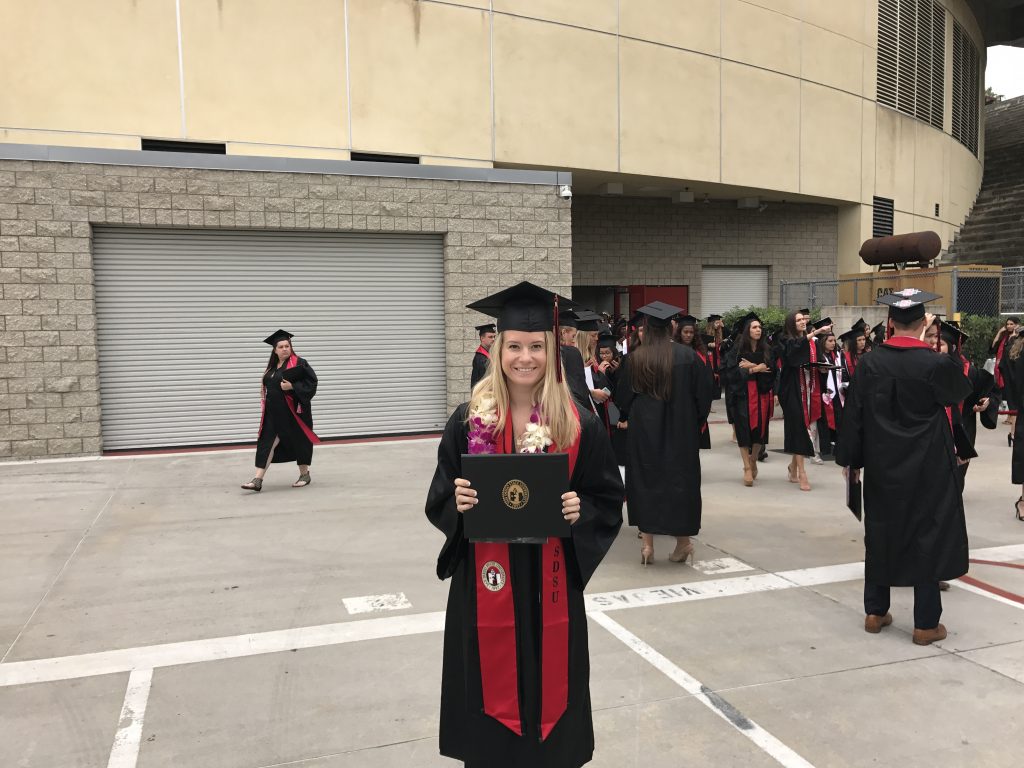
<p>Throughout my college experience I had a lot of experience working with students as a tutor and teaching assistant. My sophomore year I tutored refugees.</p>

<p>I am a tutor because I am used to teaching people new things and help them find a way to better understand. I am a.</p>

<p>I am a hard-working and reliable professional with unmatched organization and communication skills. I am also friendly, patient and positive. In my current role as.</p>

<p>As a college graduate, I know the importance of working hard for your education. I can provide motivation and understanding to students who are struggling.</p>

<p>I am a life student and have a passion for education and intellectual growth. School has always come very easy to me and has always.</p>

<p>I genuinely enjoy tutoring students and helping them to overcome their reading and writing issues and experience more success in their classes. In addition, my.</p>

<p>Tutoring takes patience out of some one and I have that. I also have great communications skills and has a flare for languages. I have.</p>

<p>My experience working with children has developed a passion and personal commitment to three things: fostering a positive learning environment for students with various backgrounds,.</p>

<p>I’m passionate about helping students succeed and I love working with kids. While I don’t have any formal tutoring experience, I taught fourth graders engineering.</p>

<p>I have patience and a passion for teaching. I am currently working as an AVID tutor for all subjects this will be my 3rd year.</p>

<p>I am a great tutor because I am able to connect with people automatically and understand where they are struggling with Chemistry. I was a.</p>
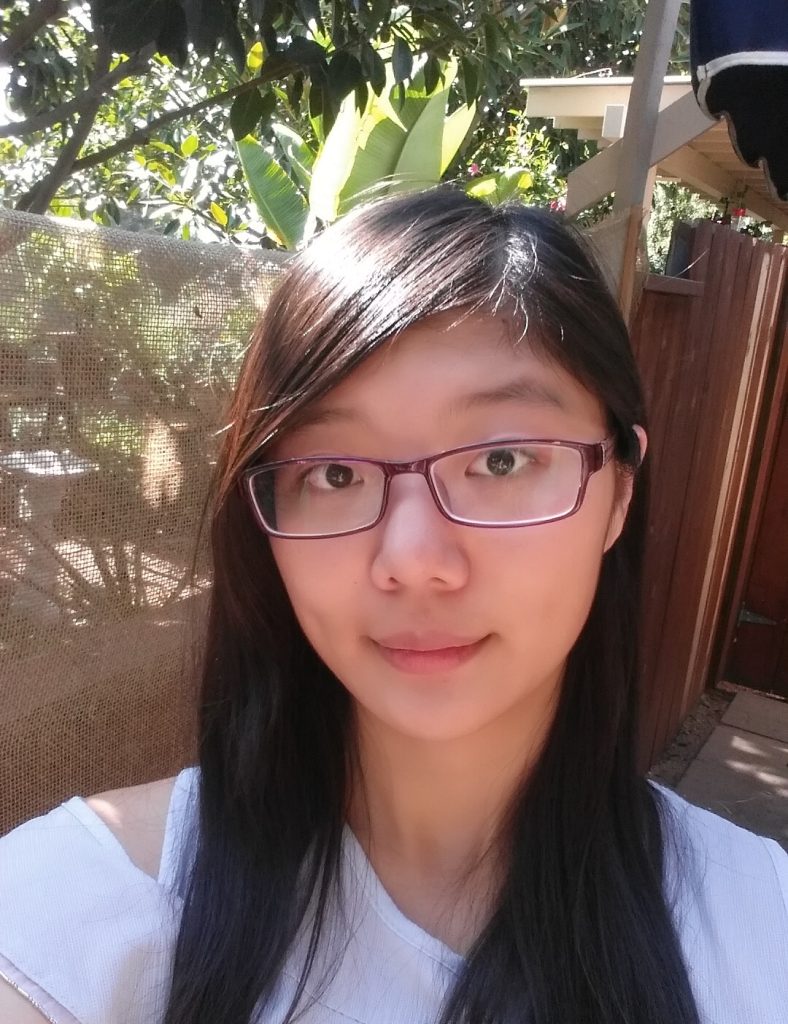
<p>I am positive, hardworking, and friendly, also have a sense of humor. I like communicate with people, and I can alway build a good relationship.</p>

<p>I have extensive experience teaching in my subject matter speciality in private and public schools both domestically here in the United States as well as.</p>
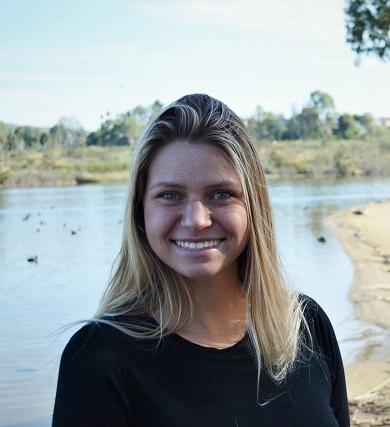
<p>I am a good tutor because I am passionate about learning and can translate that passion into helping people with their studies. My teaching experience.</p>

<p>I love to see my students have that “ah-ha! I understand!” moment. It is the best feeling in the world. I also love to see.</p>

<p>I love children and being able to help them has always been one of my stronger points. I am very patient with children and understand.</p>

<p>I am an educator by design. I am a scholar practitioner, and all my schooling has led me to improving the lives of students all.</p>
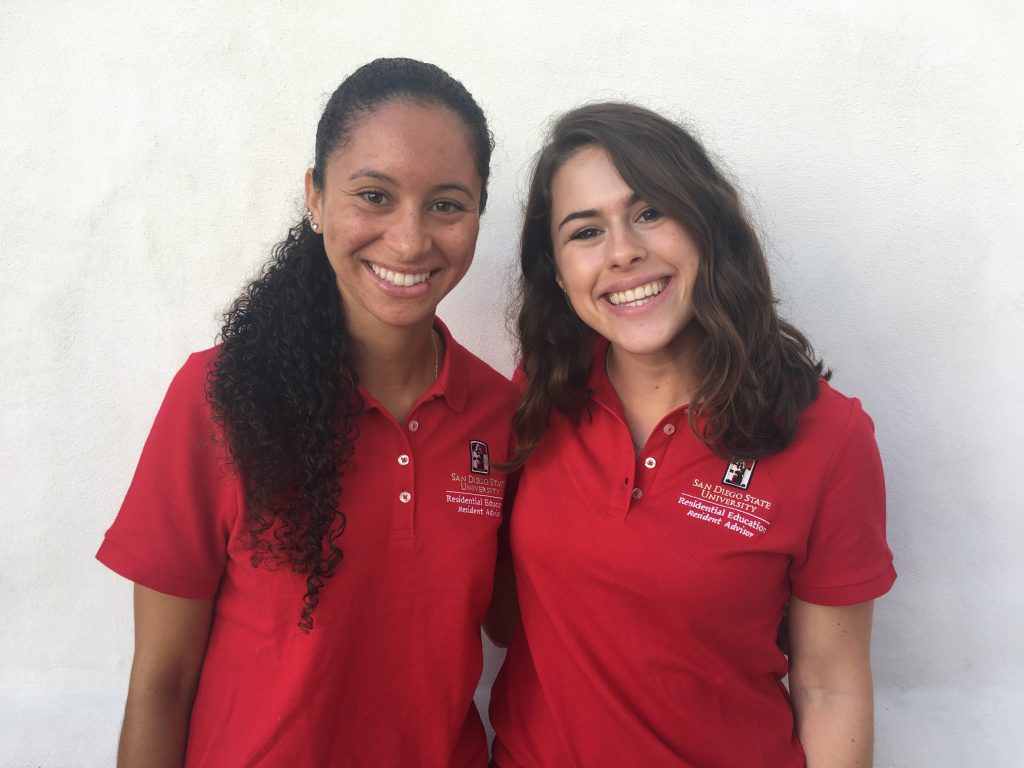
<p>I would be a fantastic tutor for your company because of my own academic abilities and my experience as a tutor in high school and.</p>

<p>I am truly dedicated to helping students improve; my goal from any tutoring session is not just to teach the student something, but to ensure.</p>

<p>I have extensive tutoring experience in a variety of fields. I have tutored in Math . I have helped students learn to analyze problems, solve,.</p>

<p>One of the main reasons, as to why I think I would be a good tutor, is because I genuinely care about the role that.</p>

<p>I have been teaching and tutoring all levels of mathematics and physics for more than 20 years. In my teaching career, my niche was teaching.</p>
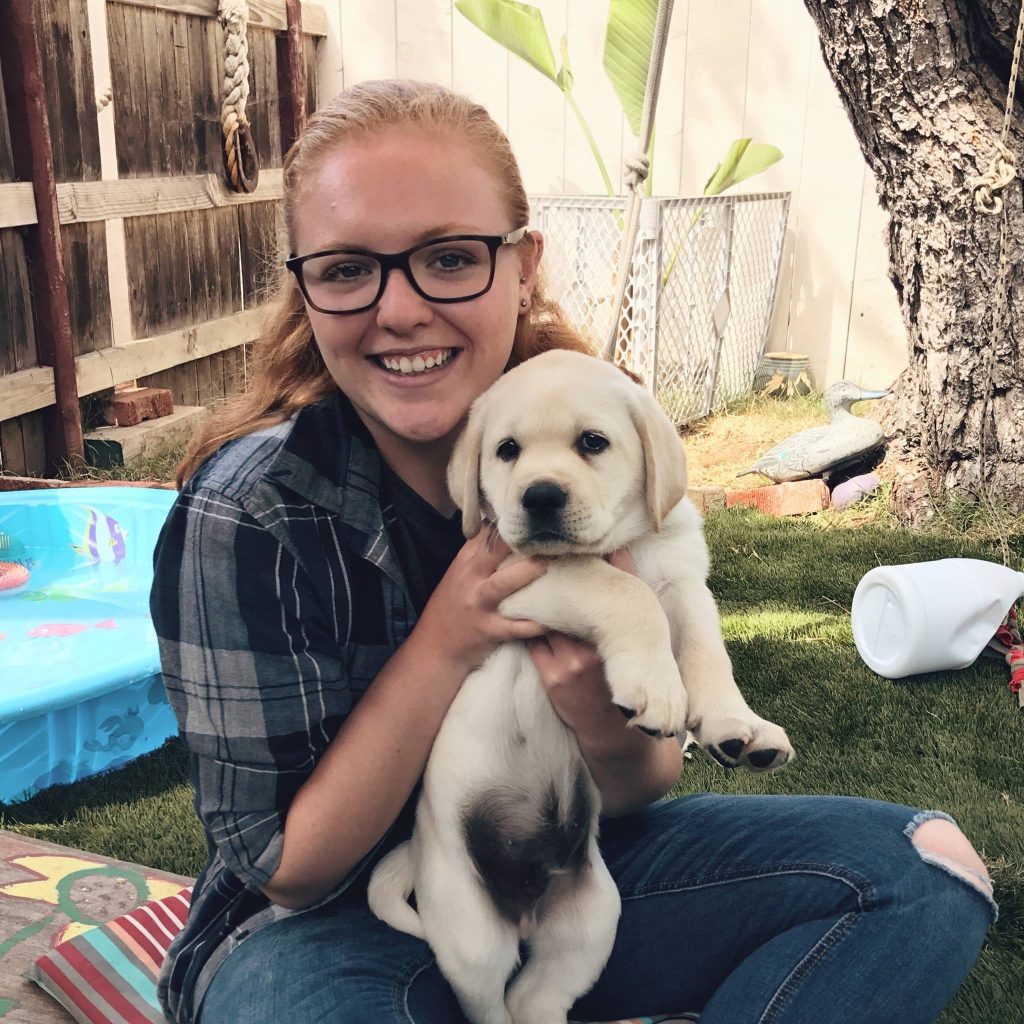
<p>I love working with kids–especially middle schoolers. I am also very experienced in working with kids who have developmental disabilities and learning disabilities. For example,.</p>

<p>For the past three years, I’ve been working with a large population of students on reading fluency, reading comprehension, elementary school math, and writing. I’ve.</p>

<p>I possess years of experience as a fine teacher, in both classroom and one-on-one settings. I am adept at tailoring my teaching style depending on.</p>

<p>I am a good tutor because I develop an innate understanding of students’ learning style based upon our initial interactions. With this understanding, I am.</p>

<p>I enjoy it most importantly, which means i am patient and thorough when explains a specific concept. I have had experience teaching students of all.</p>

<p>I am patient and understand that different students learn different ways. I have on the job experience teaching interns in a science environment. I also.</p>

<p>I have always been the type to help and teach. I think all kids have a chance at a promising future, and with education there.</p>

<p>Being able to help someone learn something or become more knowledgeable has always something I leaned more towards just because I’ve always had someone around.</p>
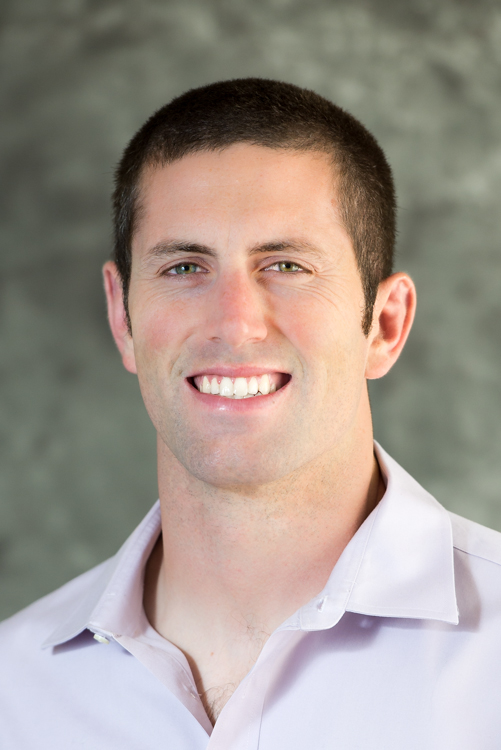
<p>I started tutoring at the Math Learning Center at Mira Costa College during the academic year of 2014-15 while I was taking my lower-division courses.</p>

<p>I am an experienced educator who has taught a wide range of academic learners within varying demographics. As a patient and creative teacher, I seek.</p>

<p>I believe that I would be a great tutor for your organization because I am very hard-working and understanding. I have tutored at my previous.</p>

<p>I have tutored two students in math, one during my time as a T.A. in my senior year of high school (2009-2010) and the other.</p>

<p>I would be an excellent tutor for several reasons. Firstly, I love school, and I have always maintained a top level of academic achievement, gaining.</p>

<p>I believe I am a great tutor because I am very patient and an attentive learner. I haven’t been an employed tutor but along with.</p>

<p>I have tutored for many years, starting in high school where I helped tutored peers in and out of the classroom; mainly in subjects related.</p>

<p>I tutored a young boy of about 12 years of age when I was in high school for algebra and we made a lot of.</p>

<p>I am passionate about reading, writing, and proper use of the English language. I also enjoy helping people. Tutoring combines both of those passions by.</p>

<p>I am an extremely dedicated teacher and I strive to see the best in all of my students. I want each student I work with.</p>

<p>I believe I make a great tutor due to the fact that I have lots of experience working and teaching children at the church that.</p>

<p>I am intimately knowledgeable in the core concepts behind every subject for which I am applying. In addition, I have experience tutoring in both a.</p>

<p>I have an extensive history working with and teaching children. Although I’ve never specifically done tutoring work, I enjoy helping friends and classmates study by.</p>

<p>Ever since I started attending San Diego Mesa College, I have been the go-to of my friends when it came to math. I have been.</p>

<p>I have four years of experience instructing General Chemistry laboratory classes, which consisted of 24 students in each class. I have been instructing these general.</p>

<p>While I am deeply knowledgeable of the subjects listed below, my true strength is my passion for teaching and a conviction that History isn’t just.</p>

<p>I have worked with students from pre-school to college in a variety of subjects, including English, Math, and (Art) History. From tutoring young children to.</p>

<p>A good tutor should be patient and understand how the student learns best, and I believe possess these skills. I currently tutor 6th grade math/pre-alegebra.</p>

<p>As a Special Education Instructional Aide for the parts of the last 10 years, I have the experience in various different environments and with a.</p>

<p>I believe that I will be a good tutor because I have experience teaching a wide range of elementary students. Also, I currently work part-time.</p>

<p>I have experience tutoring through other programs in the past from 2010-2017, I have tutored subjects from Mathematics to Phonics to Reading Comprehension to Vocabulary,.</p>

<p>I have successfully tutored English, writing, reading comprehension, study skills and test preparation for high school and college level courses as well as SAT prep.</p>

<p>I am a good tutor mainly because I have a lot of experience working with children of various ages in the past. Through this I.</p>
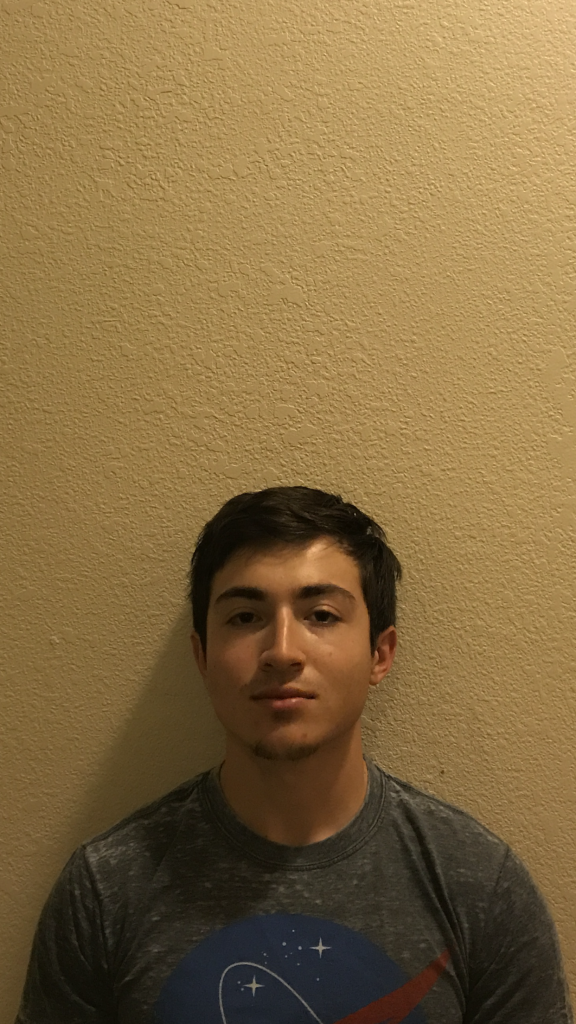
<p>Working with kids has always been a strength of mine. Anytime there is someone I know that has a child in need of tutoring (especially.</p>

<p>My motto is that knowledge should be shared, and spread. I strongly believe that the best way to determine if a student has mastered a.</p>

<p>I would make an excellent tutor due to my teaching background. I taught support classes for 7th and 8th grade students that were struggling with.</p>

<p>As someone with an extensive academic background, I know what it’s like to grapple with material that seems irrelevant or uninteresting. As a tutor, I.</p>

<p>The past decade of my career has been defined by tutoring. I am currently a technical trainer at an aerospace company training employees on operating.</p>

<p>I have experience tutoring throughout college. I volunteered with Elementary students with the “A Way with Words and Numbers” program through the University. It is.</p>

<p>I have always been the organizer for activities with people. I have managed holiday events, been an event planner, and have given lots of speeches.</p>
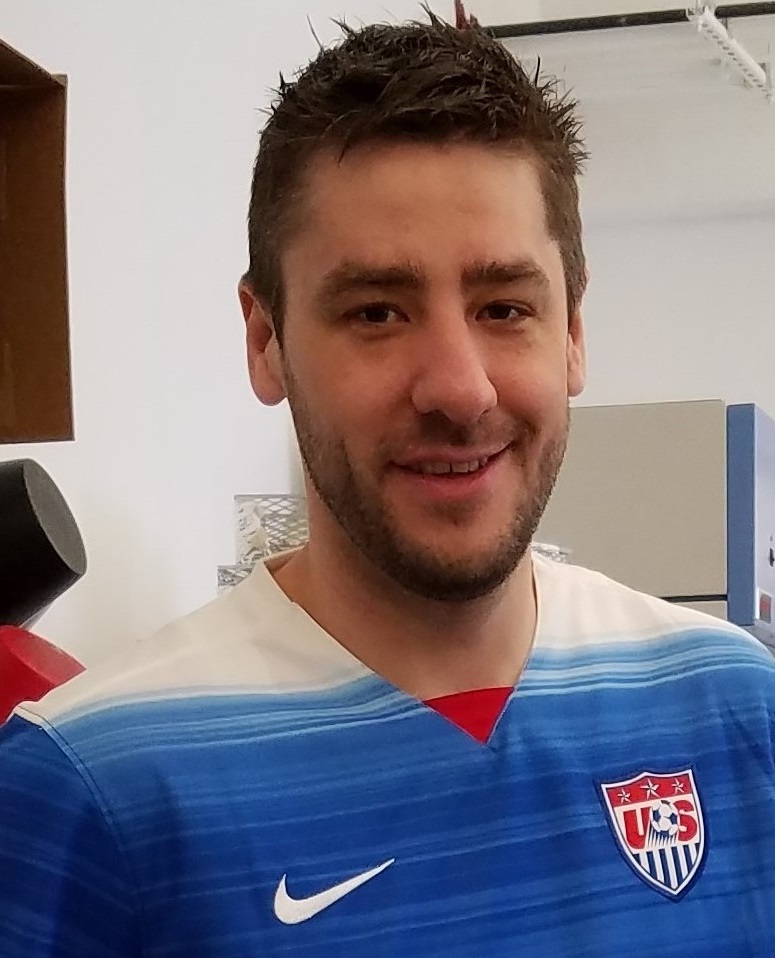
<p>I am an excellent tutor due to my command of the material and my ability to communicate effectively with people. I have years of experience,.</p>

<p>I would be a good tutor, because teaching is my passion, and I absolutely love what I do. I have more than 10 years of.</p>
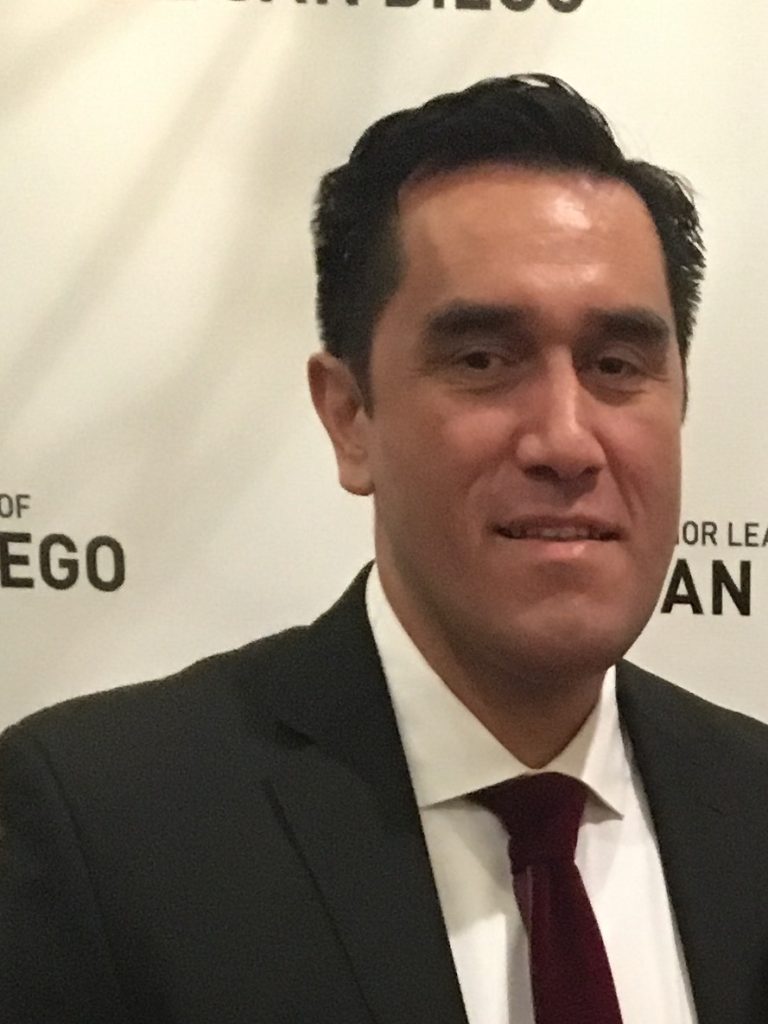
<p>I have experience working with students who need learning modifications and have different learning styles. This includes working with students with deficits in reading comprehension.</p>

<p>I was an undergraduate teaching assistant for a biology lab for 2 years during college. I also taught English to high school spanish students while.</p>
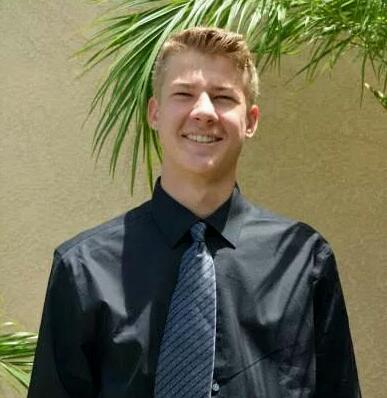
<p>I feel that I would make a good tutor because I’ve put in many, many hours in my classes in order to give me a.</p>

<p>I care about my students success, and I understand that it requires consistent, timely feedback that is scaffolded depending on the child’s age. I build.</p>
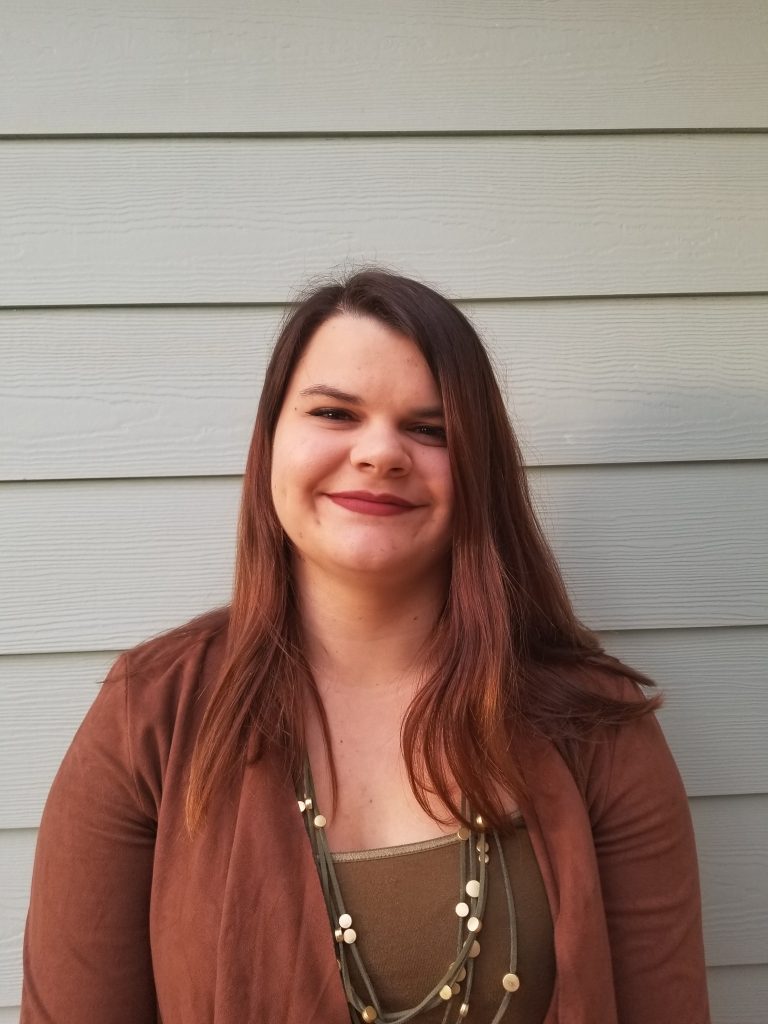
<p>I would be a good candidate for a tutor based on my experience and accomplishment. I am a high school graduate with a 3.98 GPA,.</p>

<p>I feel I would be a great tutor because I am a very patient, understanding person who genuinely enjoys working with students and seeing them.</p>

<p>I would be a good tutor with your company because I currently work in the school district system and am comfortable with the Common Core.</p>

<p>Spanish, as my native language, has always been a passion for me. Hispanic literature has been always around me, I’ve been devouring books since I.</p>

<p>I have 5 plus years experience working with children ages 2-18. I also have some direct tutor experience(helping with homework) as a child care worker.</p>

<p>I am a good tutor because I listen. I approach my students positively, and I work well with them to find an appropriate platform for.</p>
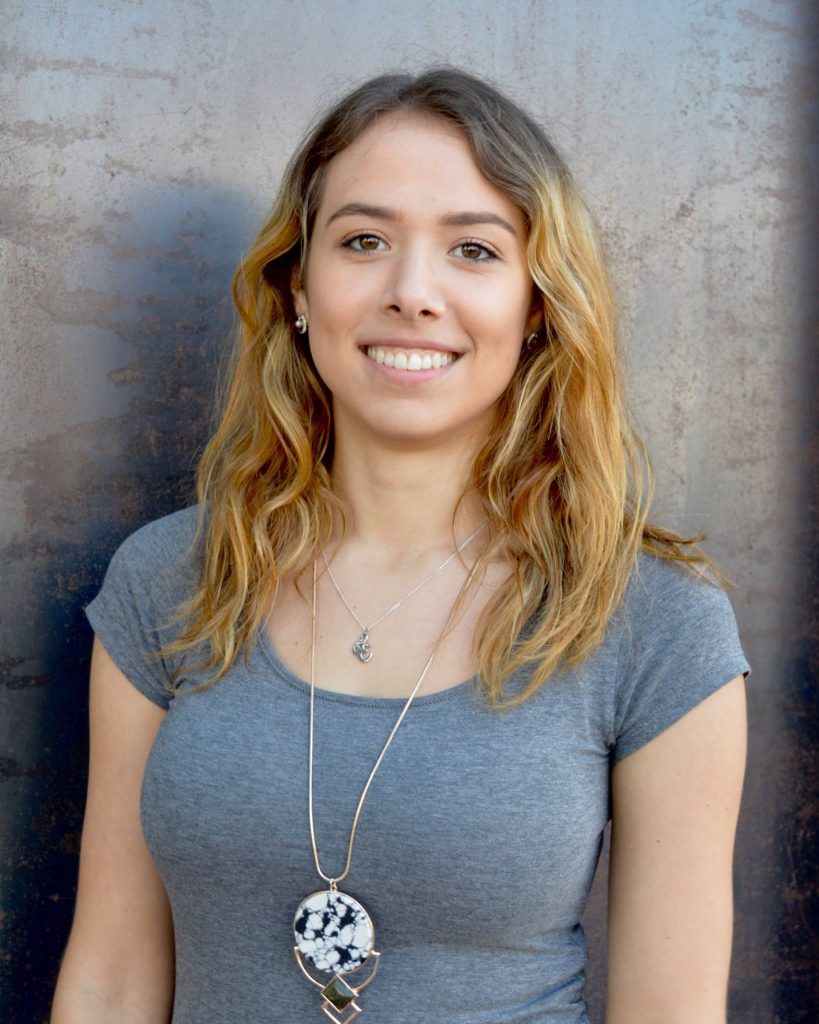
<p>Growing up I always felt like I learned more from one on one tutoring than being in a classroom setting. I realized that I was.</p>

<p>I am a very reliable and helpful employee. Other than being an employee, I would make the students feel comfortable with me; knowing that I.</p>

<p>Extensive experience tutoring students one on one and in groups, Excellent student parent relationship skills, San Diego Native familiar with different parts of San Diego.</p>

<p>I am a good tutor because I have like and get along well with kids. I was the primary caregiver ( A Mr. Mom ).</p>

<p>Being an engineer I have a strong background in mathematics and natural sciences. In addition, I completed a minor in Political Science and I always.</p>

<p>I know I would be a good tutor based off the personal experience working in the United States Marine Corps in many different leadership roles.</p>

<p>I am confident I would be a great tutor who students would love to work with! For the last 2 and a half years, I.</p>

<p>I have been a professional teacher for my entire adult life. I taught piano for 20 years and now am a K-8 substitute school teacher.</p>

<p>I believe I am a good tutor because I love the subjects that I want to tutor. I also understand how hard some of these.</p>

<p>I love working with students and am very passionate about the work that I do. I have a large variety of experience from kindergarten through.</p>
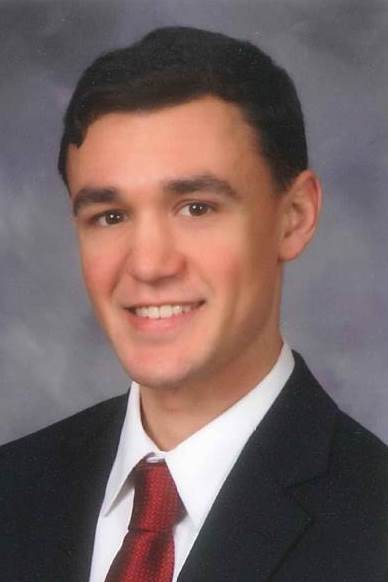
<p>As an undergraduate at Stanford I served as a Resident Assistant (RA), allowing me to engage with the undergraduate community. This experience allowed me to.</p>

<p>As a student I know its difficult understanding some school subjects and have come through trial and error to know what works when it comes.</p>

<p>I would be a good tutor because I have excellent ability to put in simple words what I know. A lot of times, I have.</p>

<p>After the mastery of a subject I am the type of classmate to voluntarily help my peers. Through this I am able to do two.</p>

<p>I am currently working as an AVID tutor for the Sweetwater District. AVID is a program that focuses on college preparedness and we focus on.</p>

<p>I’m an excellent tutor because I’m extremely patient, diligent, and dedicated to working in english support and writing. I’m adept at promoting independent learning and.</p>

<p>I would be a good tutor because I have worked with students for the past 8 years in the classroom and I have a lot.</p>

<p>I would be a good tutor because I have patience and a passion for teaching. I have worked worked with children my whole life through.</p>
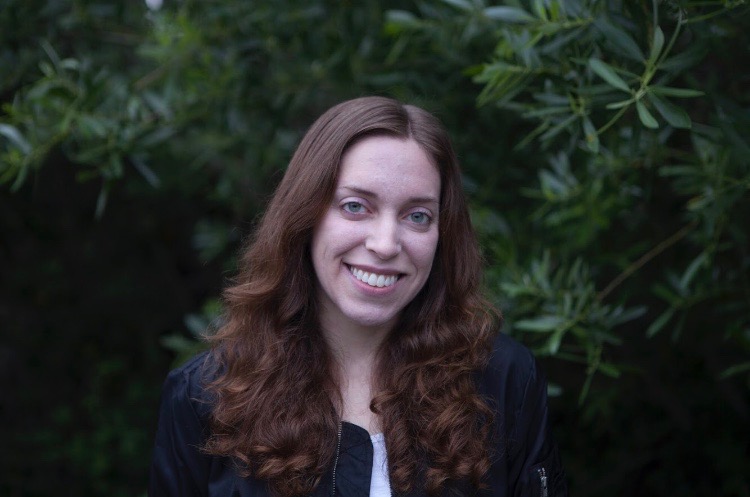
<p>I have experience as a special needs teacher for a junior high classroom (grades 6-8). I taught math, history, science, and english. Additionally, I was.</p>

<p>I would be an excellent tutor in the fields of writing/literature/spelling/English/ESL/history. I have: *worked as a journalist and writer at both CNN and Bloomberg *am.</p>

<p>I have been tutoring for 10 plus years (since mid high school.) Early on I found an ease in explaining complex concepts in a way.</p>

<p>I would make a good tutor because I have 8 years of classroom teaching experience and have already been tutoring a few students independently since.</p>

<p>Tutoring others in mathematics is a passion of mine given that I myself was not always adept or particularly skilled in mathematics. It was through.</p>

<p>I have tutored since graduating in 1982. The students indicate i have a way for them to get the math. They wish I would even.</p>

<p>Tutor lived in Argentina for 4 years so has a good grasp of the Spanish Language. Dance and Dance Therapy Instructor -Worldwide ESL Tutor -Worldwide.</p>
Our tutoring sessions are designed to meet the individual needs of each student. Sessions can be held online or in-person, depending on availability and preference. During the sessions, tutors assess the student’s strengths and areas for improvement, focusing on personalized strategies to help them excel. Materials and lesson plans are tailored to align with their school curriculum and learning style.
Our tutoring sessions are designed to meet the individual needs of each student. Sessions can be held online or in-person, depending on availability and preference. During the sessions, tutors assess the student’s strengths and areas for improvement, focusing on personalized strategies to help them excel. Materials and lesson plans are tailored to align with their school curriculum and learning style.
Our tutoring sessions are designed to meet the individual needs of each student. Sessions can be held online or in-person, depending on availability and preference. During the sessions, tutors assess the student’s strengths and areas for improvement, focusing on personalized strategies to help them excel. Materials and lesson plans are tailored to align with their school curriculum and learning style.
Our tutoring sessions are designed to meet the individual needs of each student. Sessions can be held online or in-person, depending on availability and preference. During the sessions, tutors assess the student’s strengths and areas for improvement, focusing on personalized strategies to help them excel. Materials and lesson plans are tailored to align with their school curriculum and learning style.
Our tutoring sessions are designed to meet the individual needs of each student. Sessions can be held online or in-person, depending on availability and preference. During the sessions, tutors assess the student’s strengths and areas for improvement, focusing on personalized strategies to help them excel. Materials and lesson plans are tailored to align with their school curriculum and learning style.
Families share goals and scheduling preferences through a short intake. That information becomes a learner profile. Grade Potential then introduces your profile to a professional independent tutor whose background aligns. Once the tutor accepts, you’re introduced directly and sessions can begin.
Our packages are highly customizable based on your budget, preferred session cadence, time frame, location, and a few other factors. You’ll be presented with clear pricing before you begin. We support families in choosing the session length and cadence that works best for their individual situation; no hard sales tactics and no obligation to purchase a long-term package.
Typically within 2-3 business days, depending on subject, location, and schedule availability. Urgent timelines are noted in your profile so introductions prioritize your timing.
In-person at home or another convenient, quiet, safe location (like the local library). When families need flexibility, online sessions are also available.
Experienced, professional independent tutors with strong subject knowledge and a track record of working one-on-one with students. Many hold degrees in their fields; some are certified teachers or graduate students with specialized expertise.
Yes—safety is our top priority. Tutors complete screening through Simpliverified background checks, consistent with local requirements and platform standards.
Just let Grade Potential know. Your profile can be introduced to a different tutor at no cost to you, and once accepted, you’ll be re-introduced so sessions continue without losing momentum.
Support spans elementary through college across all core subjects (math, reading, writing, science, languages) plus test prep (e.g., SAT/ACT, AP, GRE) and many electives. If it’s taught in school, there’s likely a tutor with relevant experience. Adult learners can also benefit from tutoring services in a wide variety of subjects.
Most families choose 60-90 minute sessions 1-2 times per week. Cadence and length are set directly with the tutor to fit the student’s goals, pace, and schedule.
Often, yes! Especially when goals and levels are similar. There’s no additional cost for siblings to share sessions, so feel free share details in your intake so we can advise on the right tutoring package for you.
Yes! When families request it, tutors can review teacher notes, school portals, and accommodation plans to keep sessions aligned with classroom expectations.
⚠️ Whithout data.
⚠️ Whithout data.
